Rule Against Bias
The rule against bias is a core principle of natural justice, ensuring that any decision-making authority is made up of impartial individuals who act fairly and without prejudice. Bias refers to any preconceived opinion or tendency that might influence a person’s judgment regarding a party or an issue. It includes anything that could lead someone to decide based on factors other than the evidence presented.
The purpose of the rule against bias is to prevent any improper influences on a judge’s decision in a specific case. It is based on the idea that people naturally avoid deciding against their own interests. The main goal of this rule is to build public confidence in the fairness of administrative decisions. As stated by Lord Hewart CJ in R v. Sussex, justice must not only be done but also be seen to be done without any doubt. A decision influenced by bias is invalid, making the trial "Coram non judice" (before a judge without proper authority).
What is the Rule Against Bias?
The Rule Against Bias means that decision-makers and judges should not have any personal, financial, or preconceived feelings or opinions that could affect their judgment in a case. They should be impartial and treat everyone fairly to ensure a just outcome.
This rule is a key part of natural justice and fair administrative proceedings. The principle "Nemo in propria causa judex" highlights that no one should act as a judge in their own case, commonly known as the rule against bias.
Types of Bias under the Rule Against Bias
The rule against bias can be broken down into several types:
- Personal Bias: This occurs when there is a personal relationship between the decision-maker and one of the parties involved in the case.
- Pecuniary Bias: This type of bias arises when the decision-maker stands to gain financially from the outcome of the case, regardless of how small the benefit may be.
- Subject Matter Bias: This happens when the decision-maker has a direct or indirect interest in the subject matter of the case.
- Policy Notion Bias: This bias occurs when the decision-maker is influenced by preconceived notions or policy decisions.
- Preconceived Notion Bias: This type of bias arises when the decision-maker has pre-existing opinions or ideas about the case.
- Bias on Account of Obstinacy: This occurs when a decision-maker stubbornly upholds their own decision despite valid reasons for reconsideration.
The rule against bias is a crucial safeguard to ensure justice and fairness in any judicial or administrative process. It ensures that decisions are made objectively, without undue influence or favouritism. If this rule is violated, it can render the decision invalid or the entire process unfair and unlawful.
Personal Bias
Personal bias occurs when there is a relationship between the decision-maker and one of the parties involved, leading to an unfair judgment in favor of the person they are connected to. This bias can stem from various personal and professional relationships.
Examples:
- Ramanand Prasad Singh vs. UOI: The Supreme Court ruled that if a selection committee member is related to a candidate, the process isn't invalidated automatically. Instead, the biased member should recuse themselves to ensure fairness.
- Mineral Development Corporation Ltd. v. State of Bihar: The Supreme Court invalidated a government order due to personal bias. Evidence showed the minister had a personal conflict with the owner of the Mineral Development Corporation, including past election opposition, a defamation suit, and political rivalry.
- G.N. Nayak v. Goa University: The promotion of an Associate Professor was challenged due to personal bias. The Head of the Department, who had praised the Associate Professor's work and was part of the promotion committee, was found not to have acted unreasonably or out of self-interest. The court held that a decision can only be challenged if there is a real likelihood or reasonable suspicion of bias.
Pecuniary Bias
Pecuniary bias occurs when a decision-maker has a financial interest in the outcome of a case, which can lead to biased decisions.
Example:
In the case of J. Mohapatra & Co. v. State of Orissa (AIR 1984 SC 1572), the Supreme Court nullified the decision of a Textbook selection committee because some members were also authors of the books under consideration. The Court ruled that simply stepping aside when their own books were discussed wasn't enough to remove the potential for biased decisions, as they could still influence other committee members.
Subject Matter Bias
Subject matter bias occurs when the decision-maker is directly or indirectly involved in the issue being decided.
Examples:
- Muralidhar vs. Kadam Singh: The court declined to overturn the Election Tribunal's decision, even though the chairman’s wife was a member of the Congress party, which the petitioner had defeated. The court did not find enough evidence to prove subject matter bias.
- Gullapalli Nageswara Rao v. A.P.S.R.T.C (AIR 1959 SC 308): The Supreme Court struck down the Andhra Pradesh Government's decision to nationalize road transport. The decision was invalidated because the Secretary of APSRTC, who conducted the hearing, had an interest in the subject matter, leading to subject matter bias.
Departmental Bias
Departmental bias occurs when there is a conflict of interest within an administrative process, compromising the fairness of decisions. This type of bias can erode public trust in the system if not regularly addressed.
Example:
In Krishna Bus Service Pvt Ltd. v. State of Haryana (AIR 1985 SC 1651), private bus operators raised concerns that the General Manager of Haryana Roadways, who was also involved in a competing business within the state, might not perform his duties impartially. They argued that he could be lenient in inspecting vehicles from his own department. The Supreme Court invalidated the notification in question, recognizing that this conflict of interest undermined public confidence in the fairness of the administrative process.
Policy Notion Bias
In T. Govindaraja Mudaliar v. State of T.N. (AIR 1973 SC 974), the Tamil Nadu government decided to nationalize road transport and formed a committee to develop the scheme. The Home Secretary was part of this committee, which later finalized the nationalization plan. After the scheme was published, the Home Secretary was also responsible for hearing objections.
The petitioner argued that the Home Secretary was biased because he had already supported the idea of nationalization while on the committee. However, the Supreme Court dismissed this argument. The Court stated that the Home Secretary's role on the committee was to help develop the policy, not to make final decisions that would bias his judgment. The Court found no evidence of bias in how the objections were handled.
Pre-Conceived Notion Bias
Pre-conceived notion bias occurs when a judge or decision-maker has an existing opinion about a case before hearing it, which might influence their judgment. This is a tricky issue in administrative law, as judges are not expected to be completely neutral without any prior thoughts, but their preconceptions shouldn't affect the fairness of a trial.
Example:
In the case of Kondala Rao v. APSRTC (AIR 1961 SC 82), the Supreme Court reviewed a situation where a Minister heard objections from private operators against the nationalization of road transport. It was argued that the Minister might be biased because he had previously chaired a meeting that supported nationalization.
However, the Court did not find this to be a valid argument for bias. The Court noted that the earlier meeting was a policy discussion, not a final, unchangeable decision. Therefore, the Minister’s prior involvement in the policy discussion did not automatically mean he was biased during the objections hearing.
Bias Due to Obstinacy
Bias due to obstinacy occurs when a decision-maker stubbornly sticks to their original decision or judgment, even when there are good reasons to reconsider it. This type of bias was highlighted in a case where a judge from the Calcutta High Court upheld his own ruling while reviewing it on appeal. Although judges aren't supposed to review their own decisions, this case shows how they can indirectly violate this rule by being overly persistent in maintaining their original judgment.
Example:
In the case of A.U. Kureshi v. High Court of Gujarat (2009) 11 SCC 84, a judicial officer (the appellant) was dismissed from service after being found guilty in a disciplinary inquiry. The issue arose after the appellant had acquitted an accused under the Gambling Act and returned the seized money. This led to a complaint against the appellant and a subsequent disciplinary inquiry, after which the High Court recommended the appellant's dismissal based on the Disciplinary Committee's suggestion.
The Supreme Court ruled that a judge who was involved in the Disciplinary Committee should not have been involved in deciding the matter in a judicial capacity. It was deemed improper for a member of the Disciplinary Committee to also judge a case challenging the dismissal order they had been involved in.
This situation created a perception of bias, which the Supreme Court recognized as a serious issue. As a result, the Supreme Court overturned the High Court's order and sent the case back for reconsideration, emphasizing that no judge should decide a matter they have previously dealt with in any capacity other than as a purely judicial officer.
Conclusion
The rule against bias is an essential principle in natural justice and fair administrative processes. It ensures that those making decisions are impartial and not influenced by personal, financial, or preconceived biases. This rule protects against various types of bias, including personal, financial, subject matter, policy-related, pre-conceived notions, and stubbornness.
Share
Related Post
Tags
Archive
Popular & Recent Post
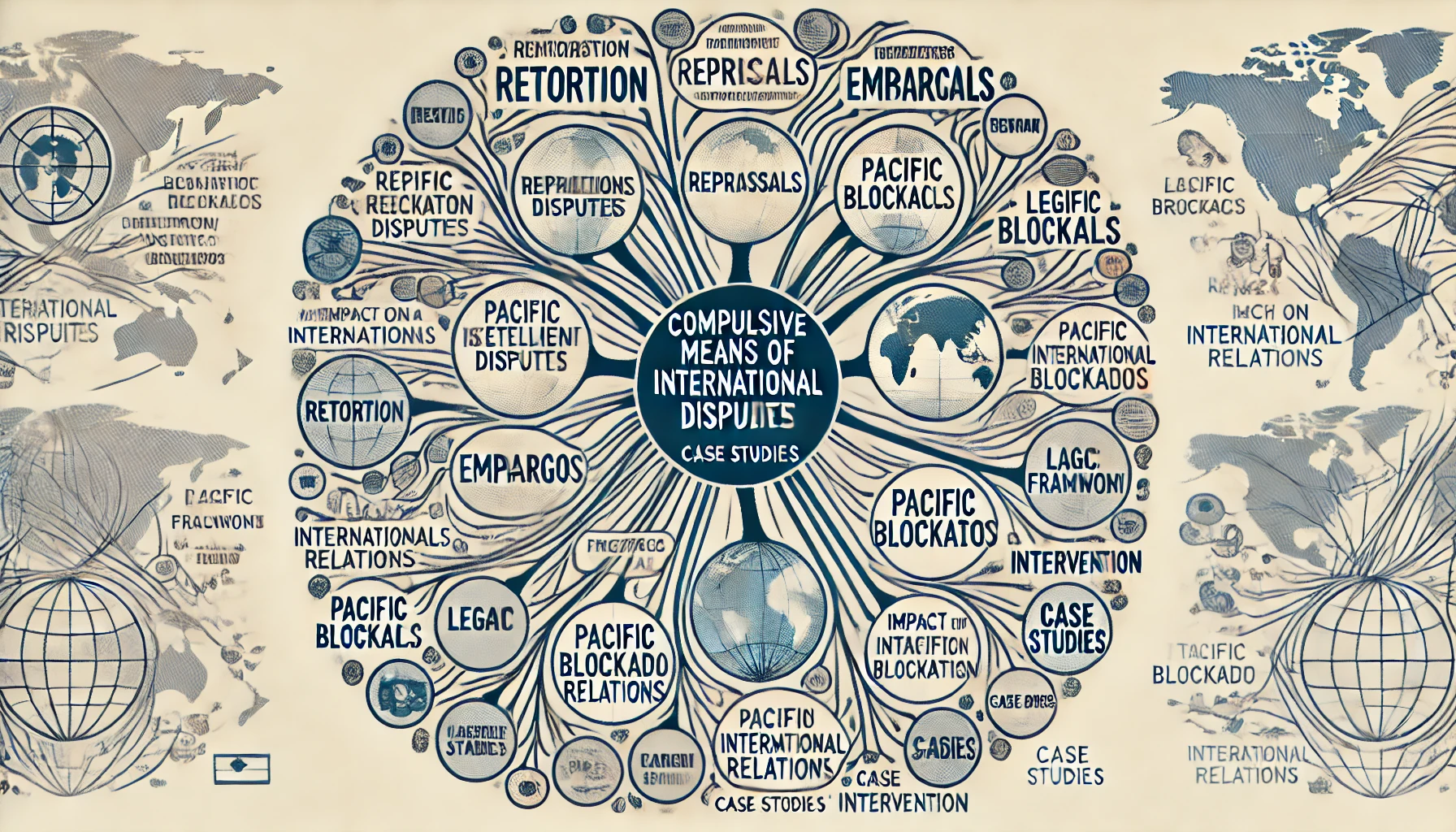
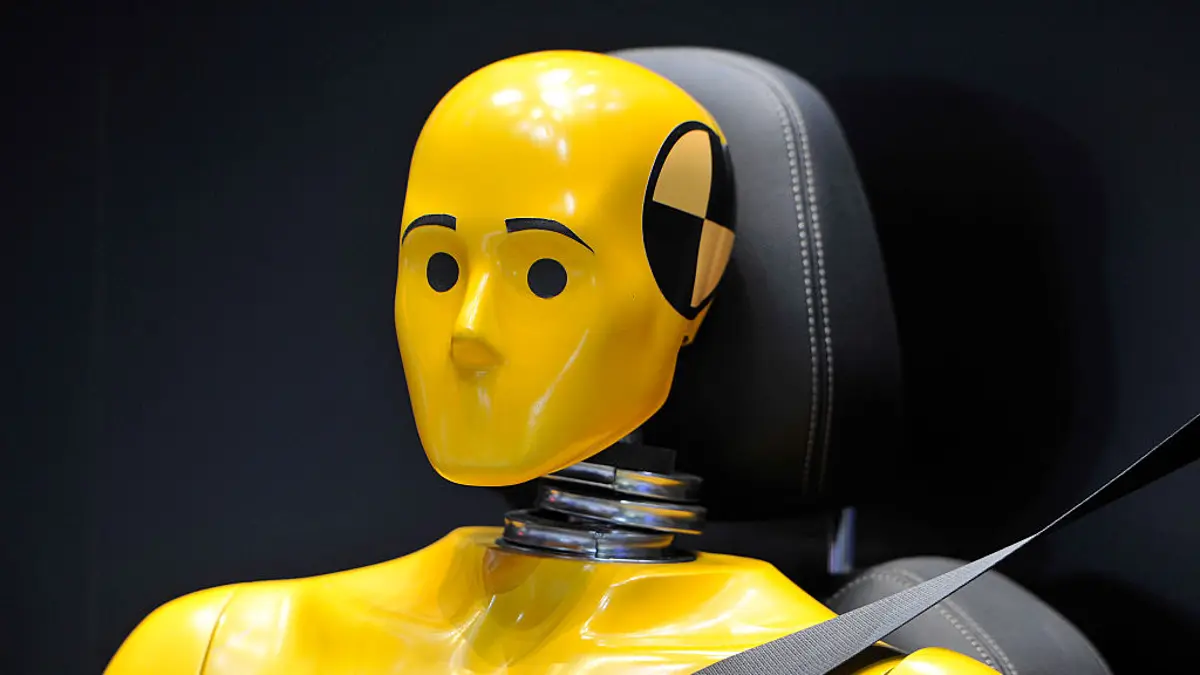


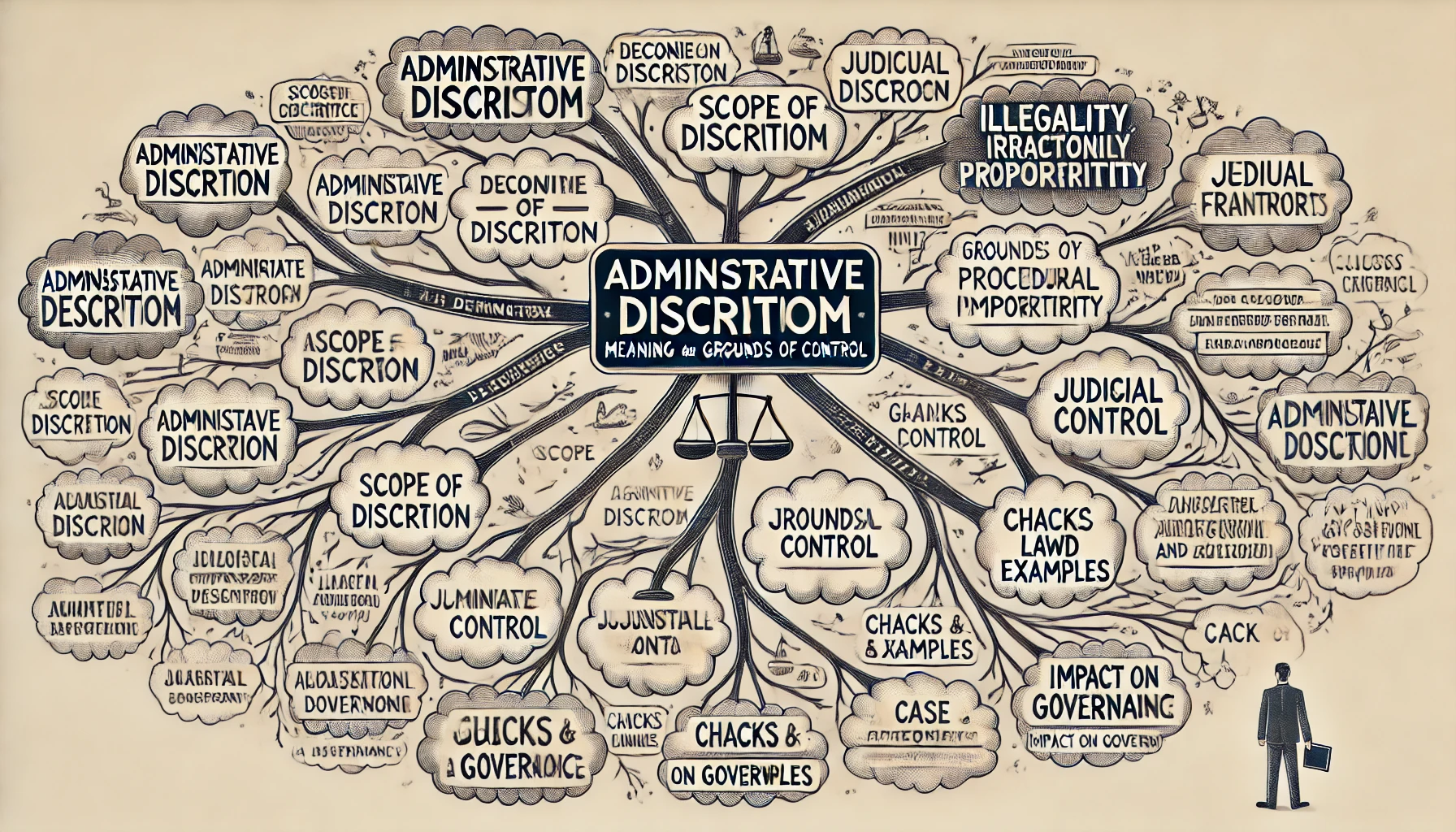
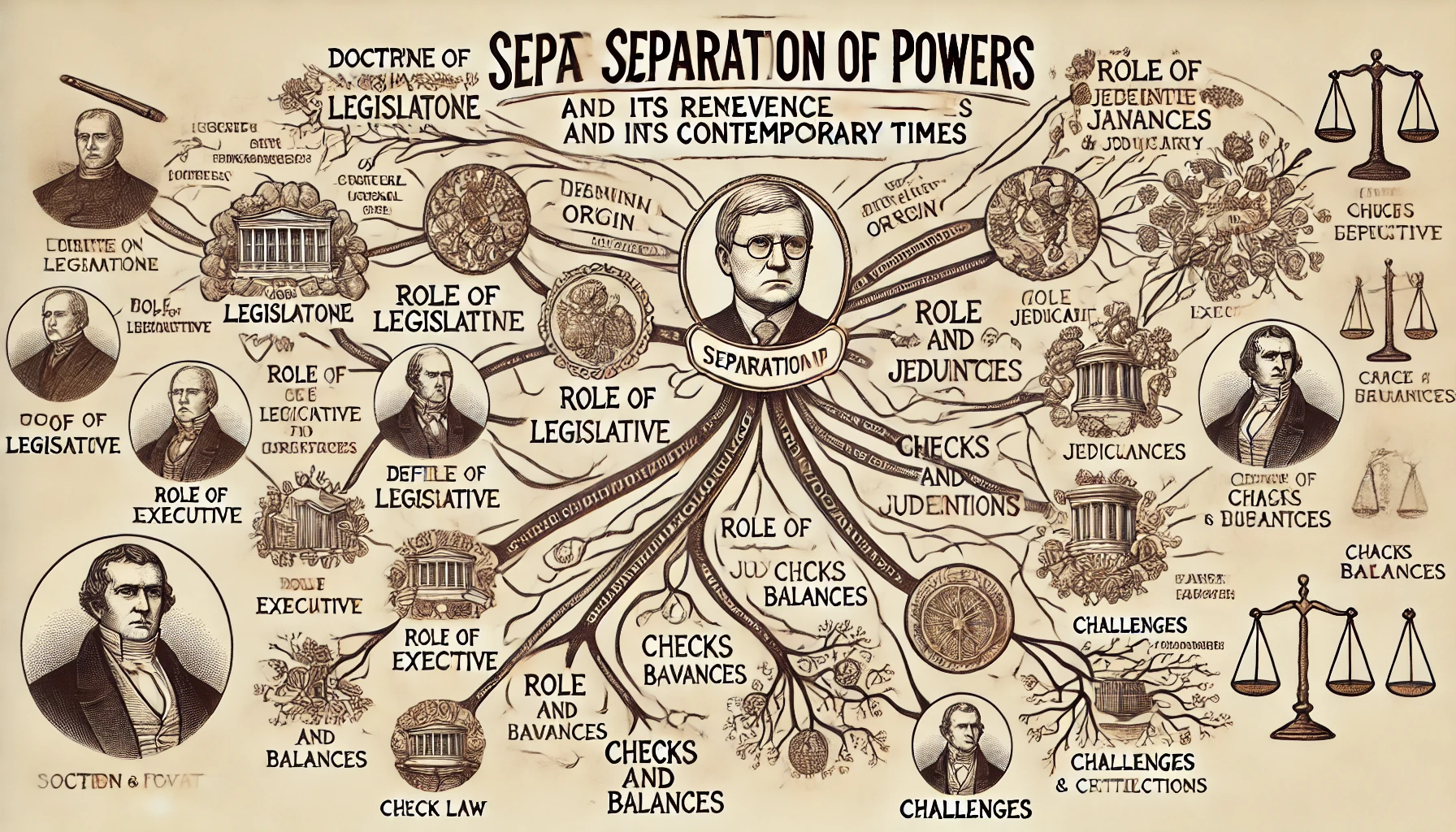
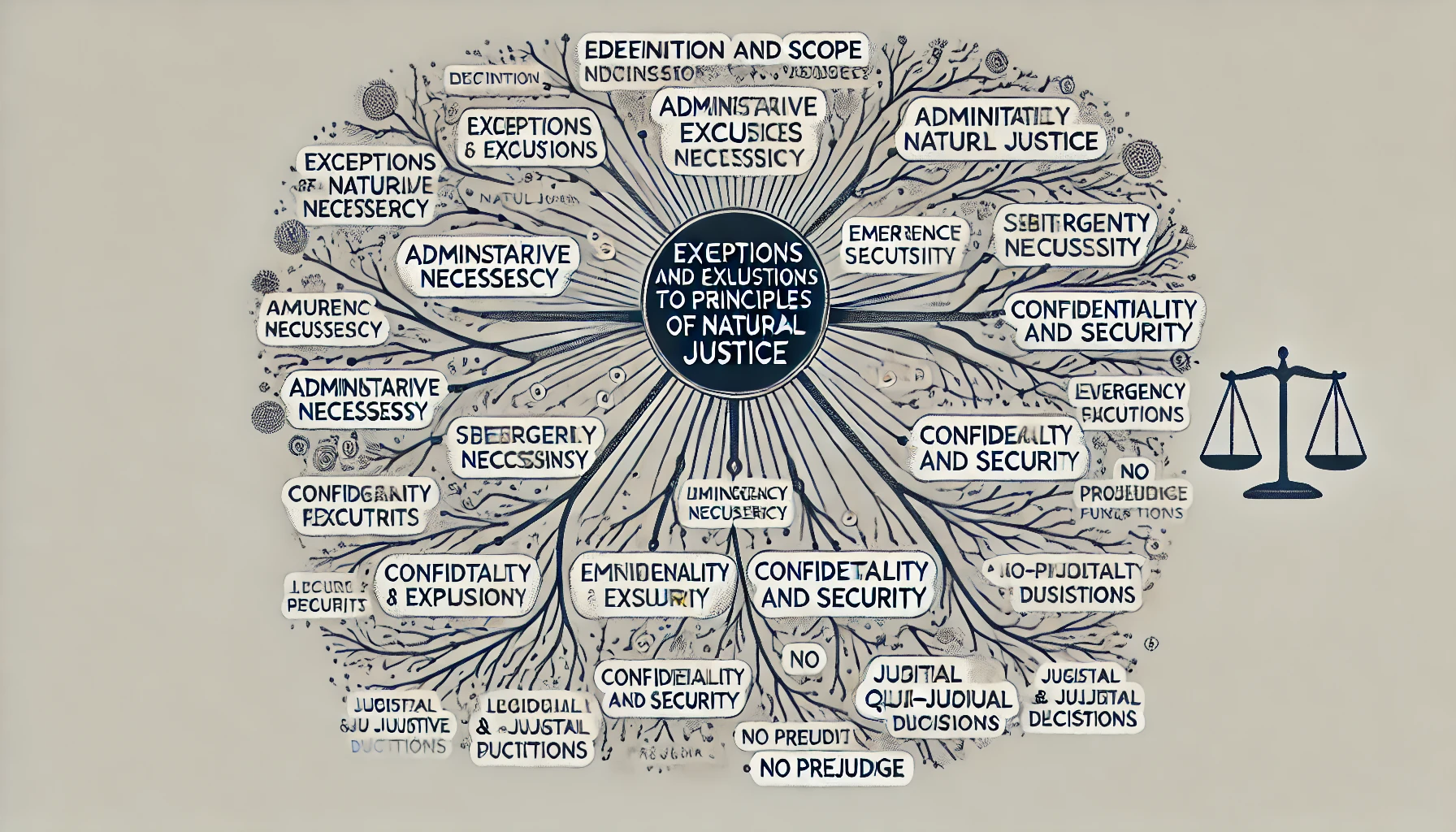
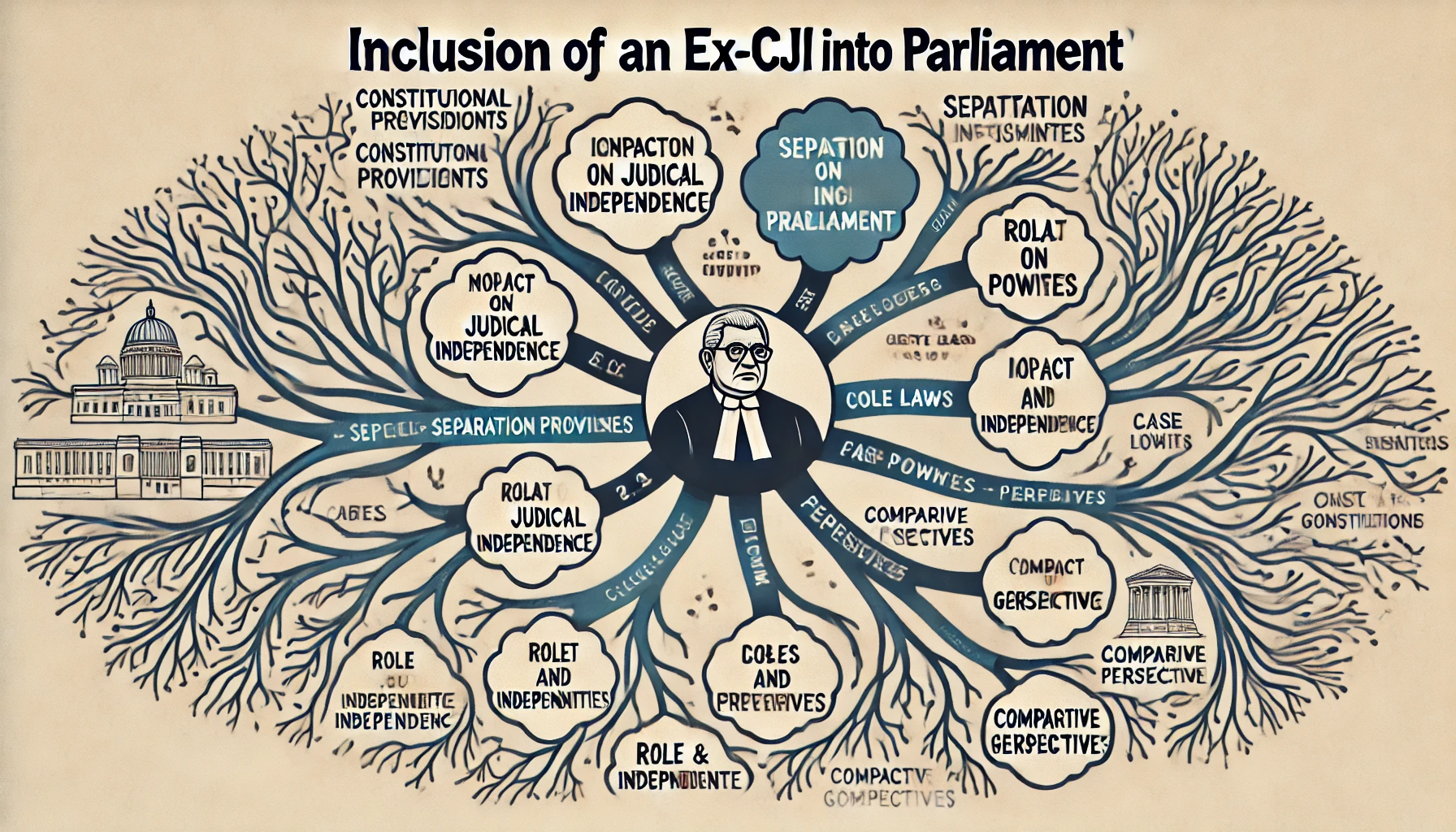
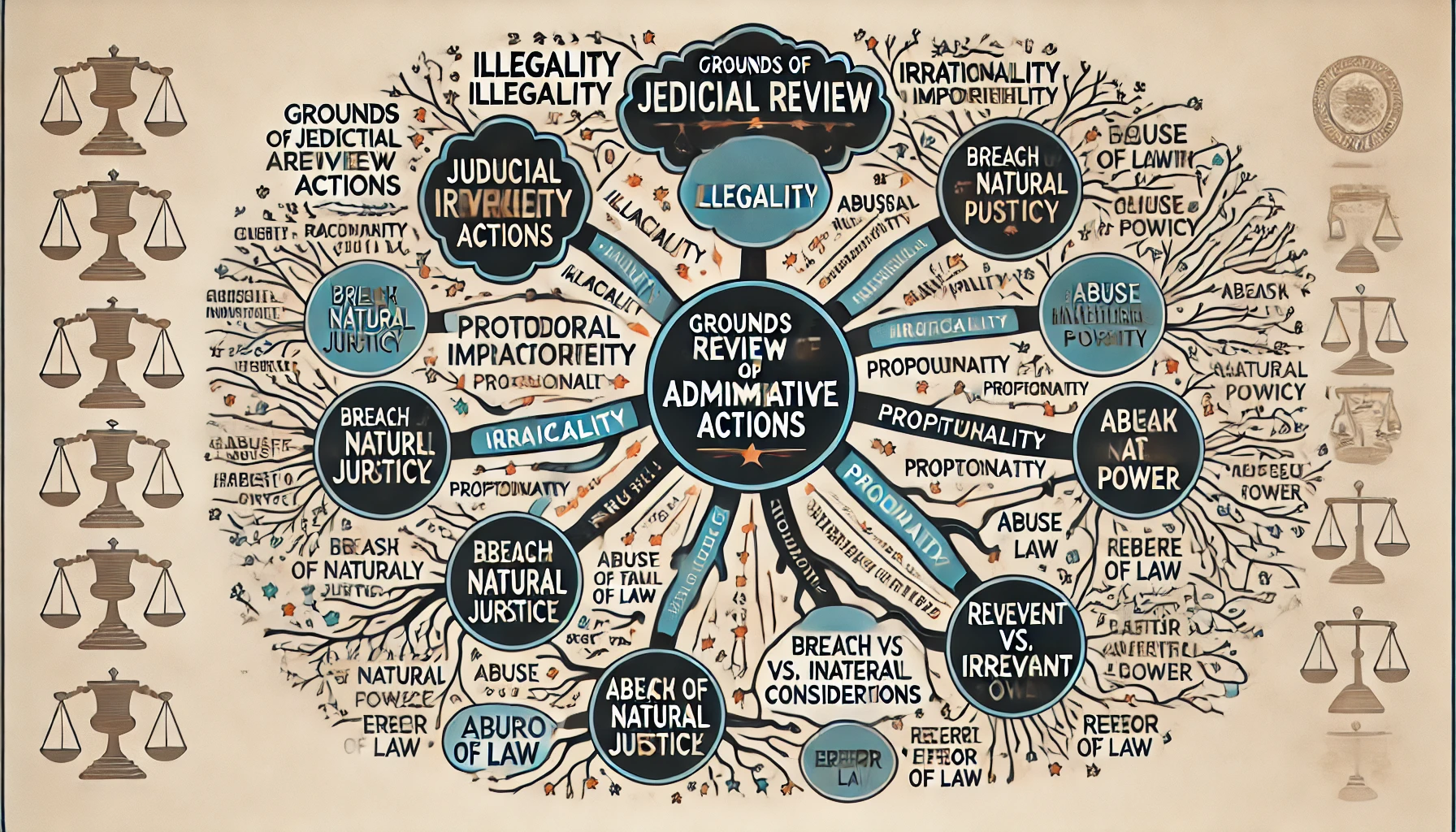
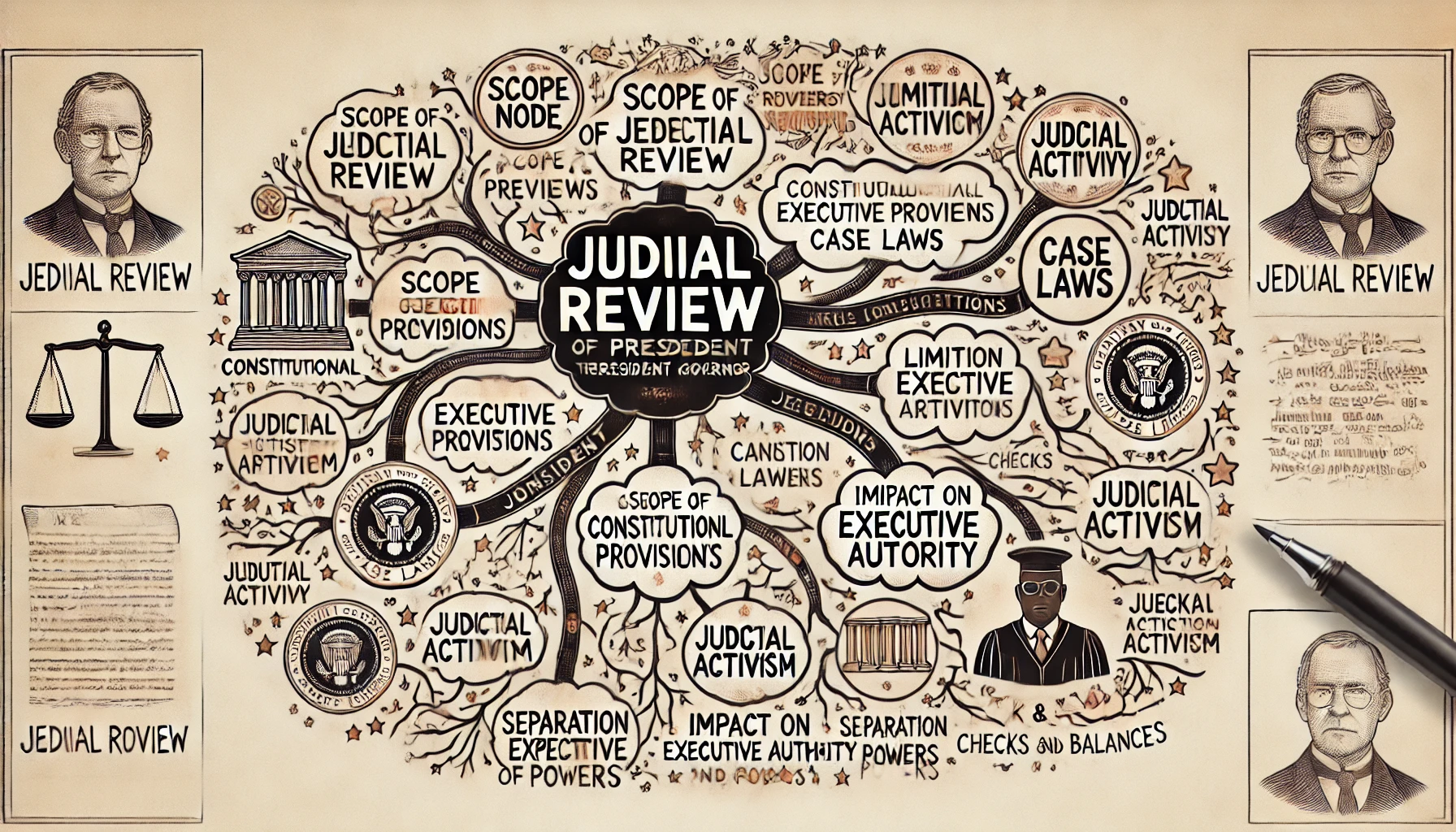
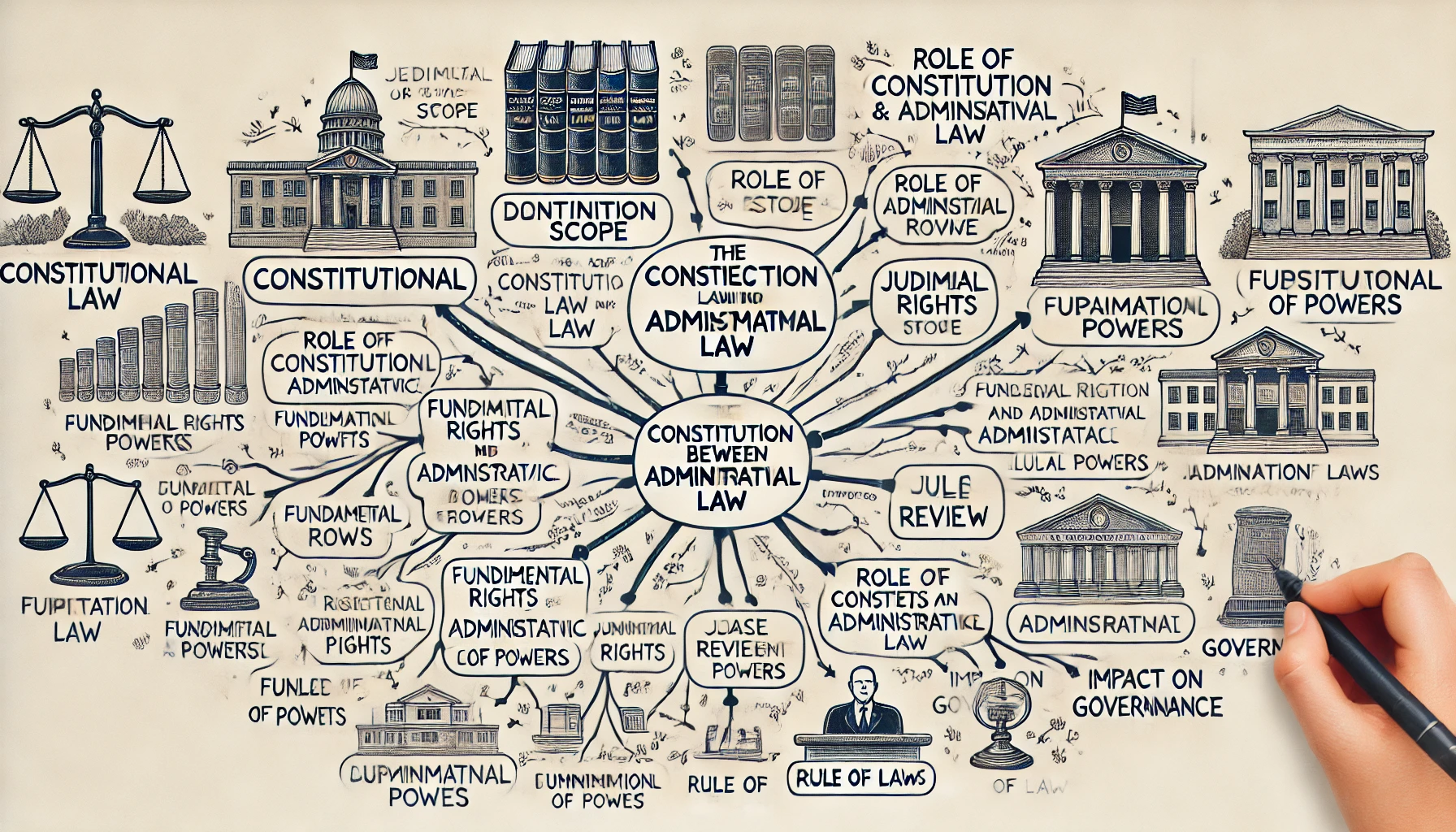
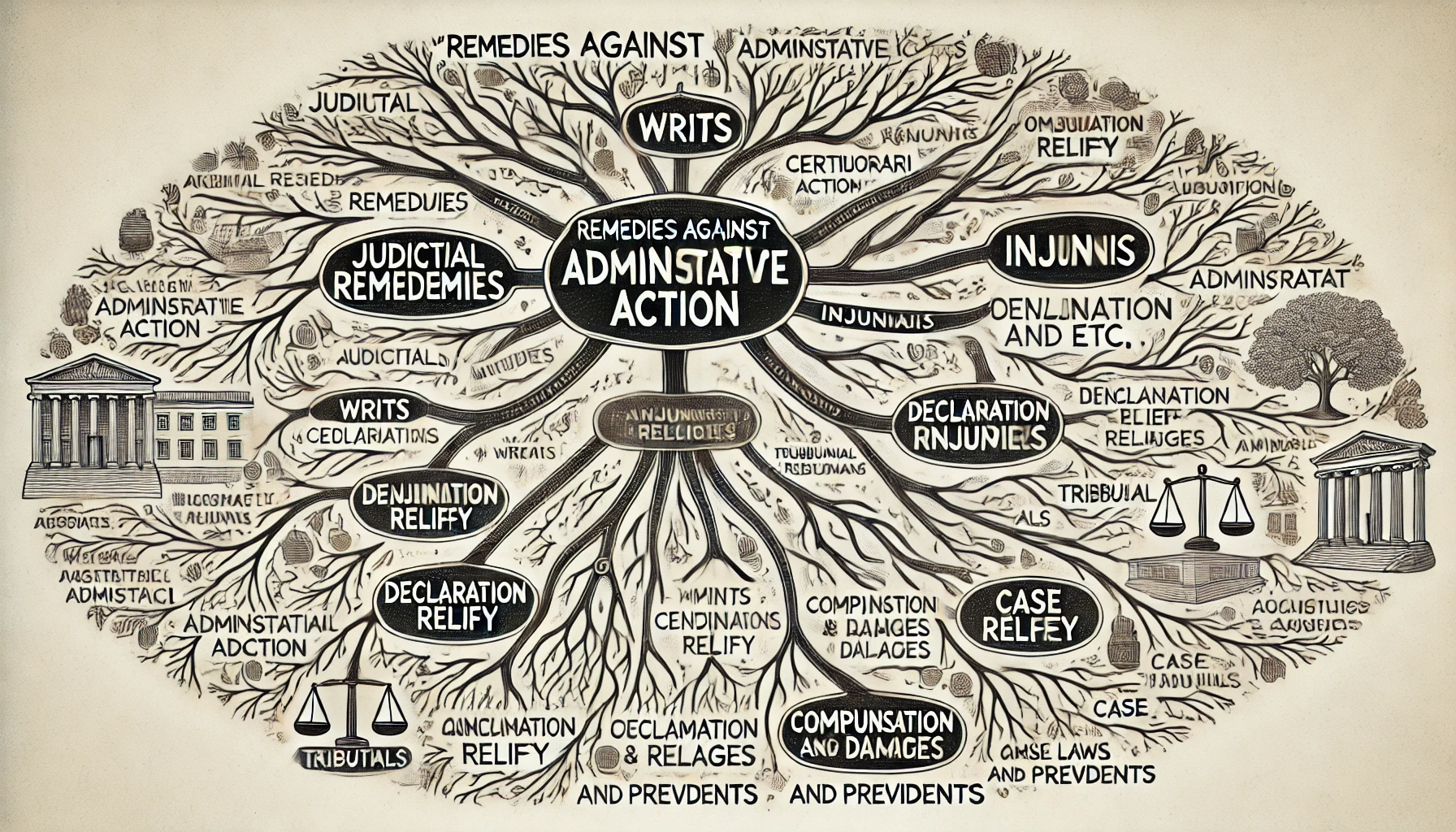
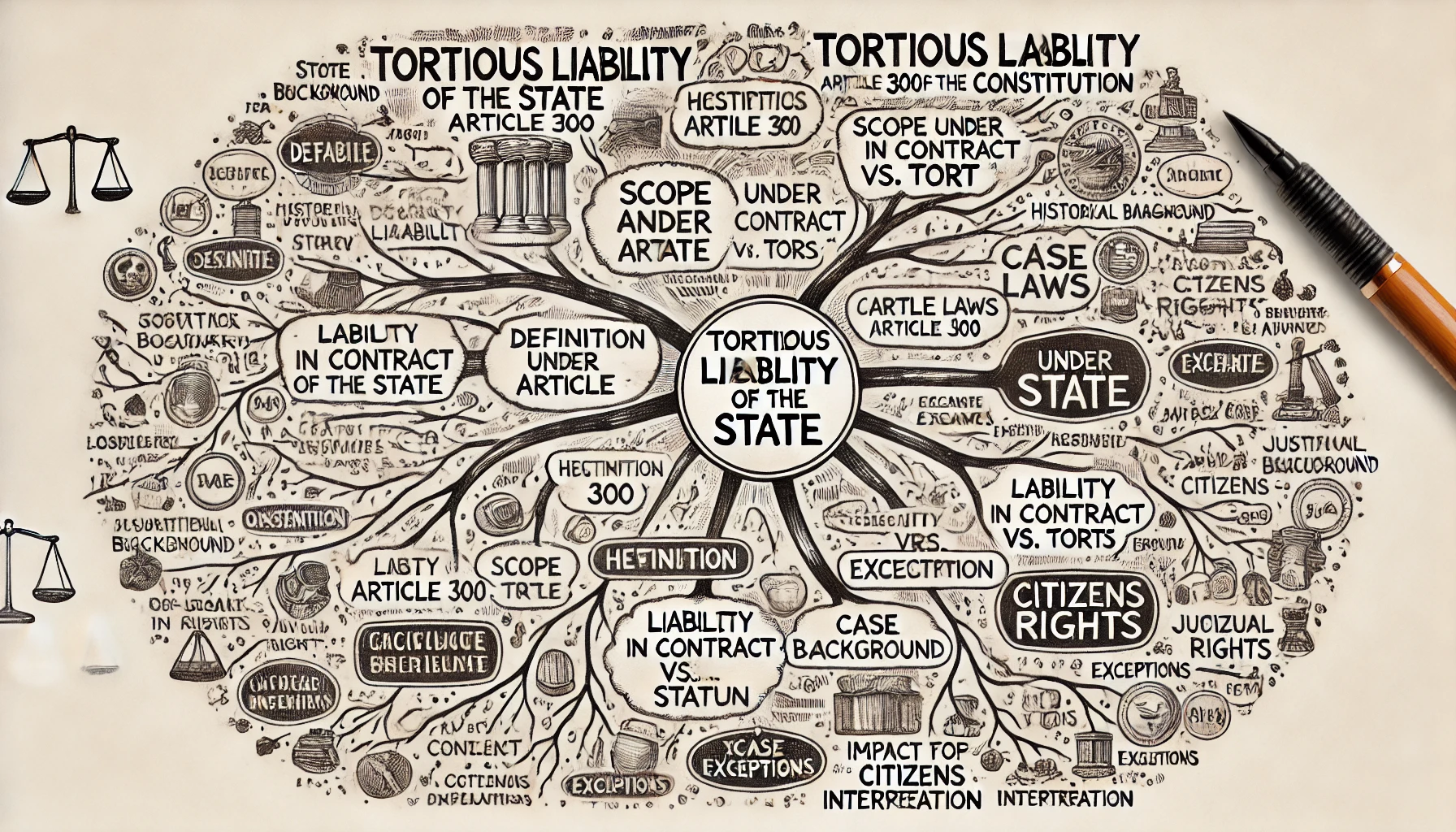
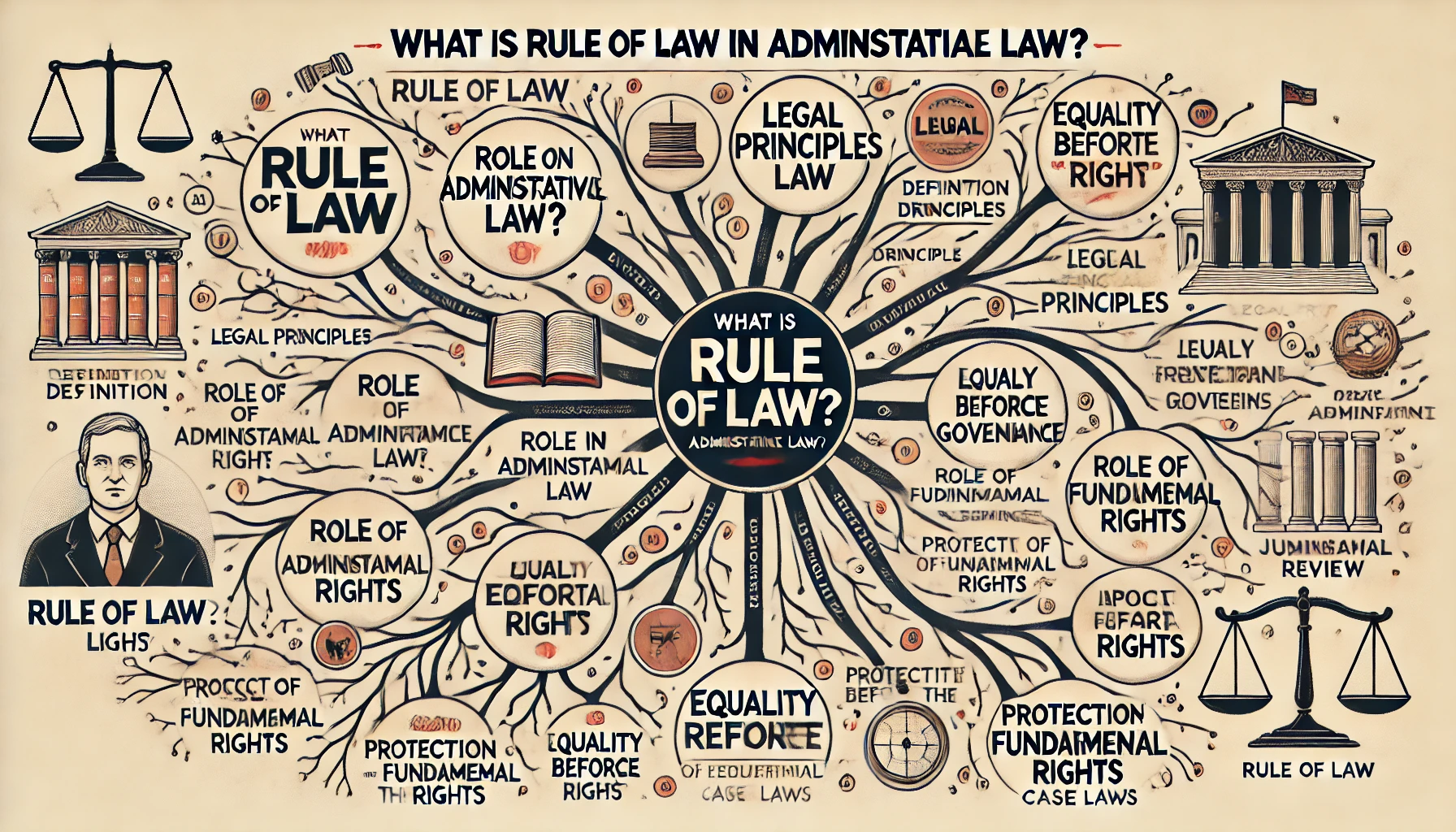
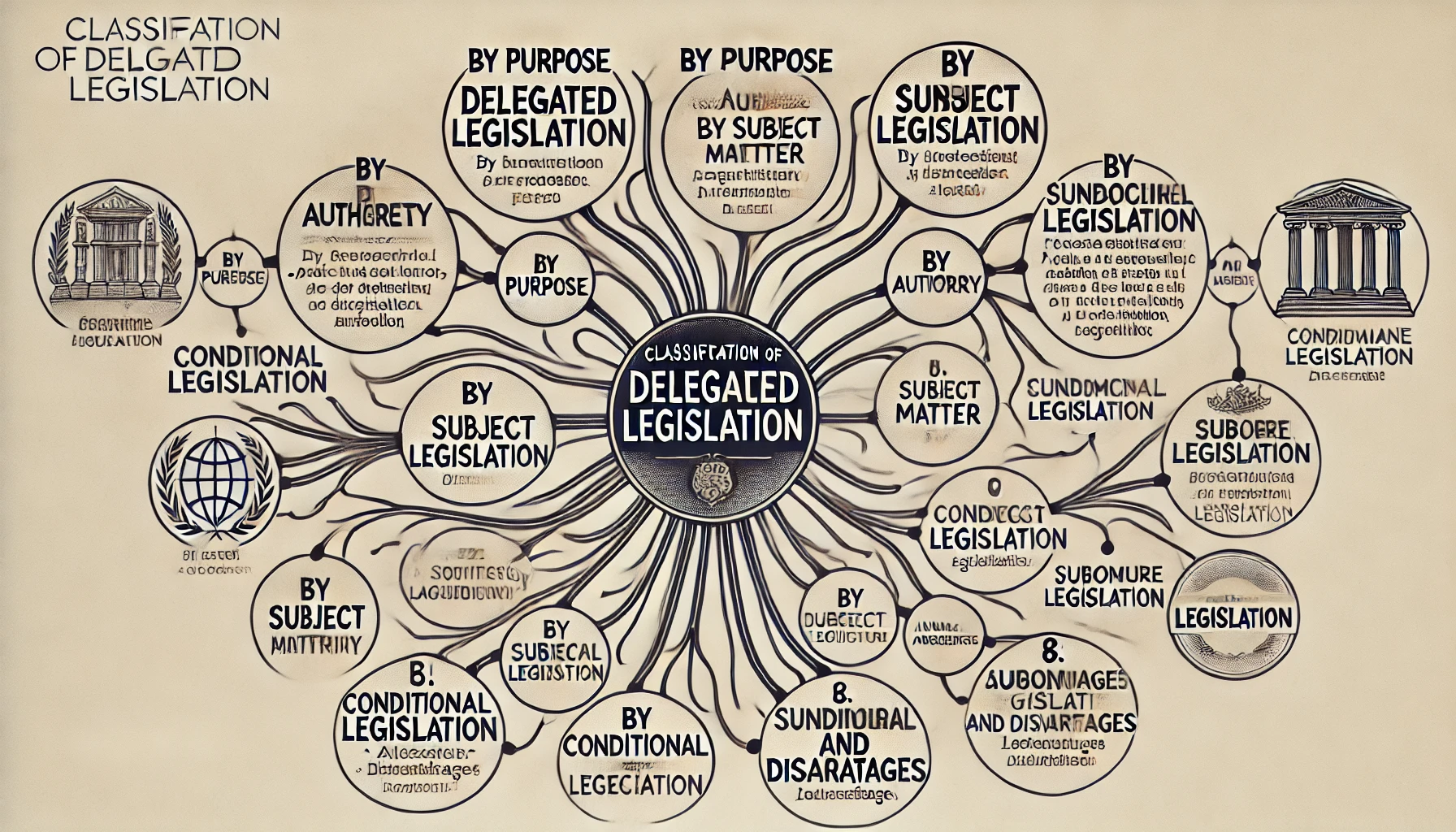
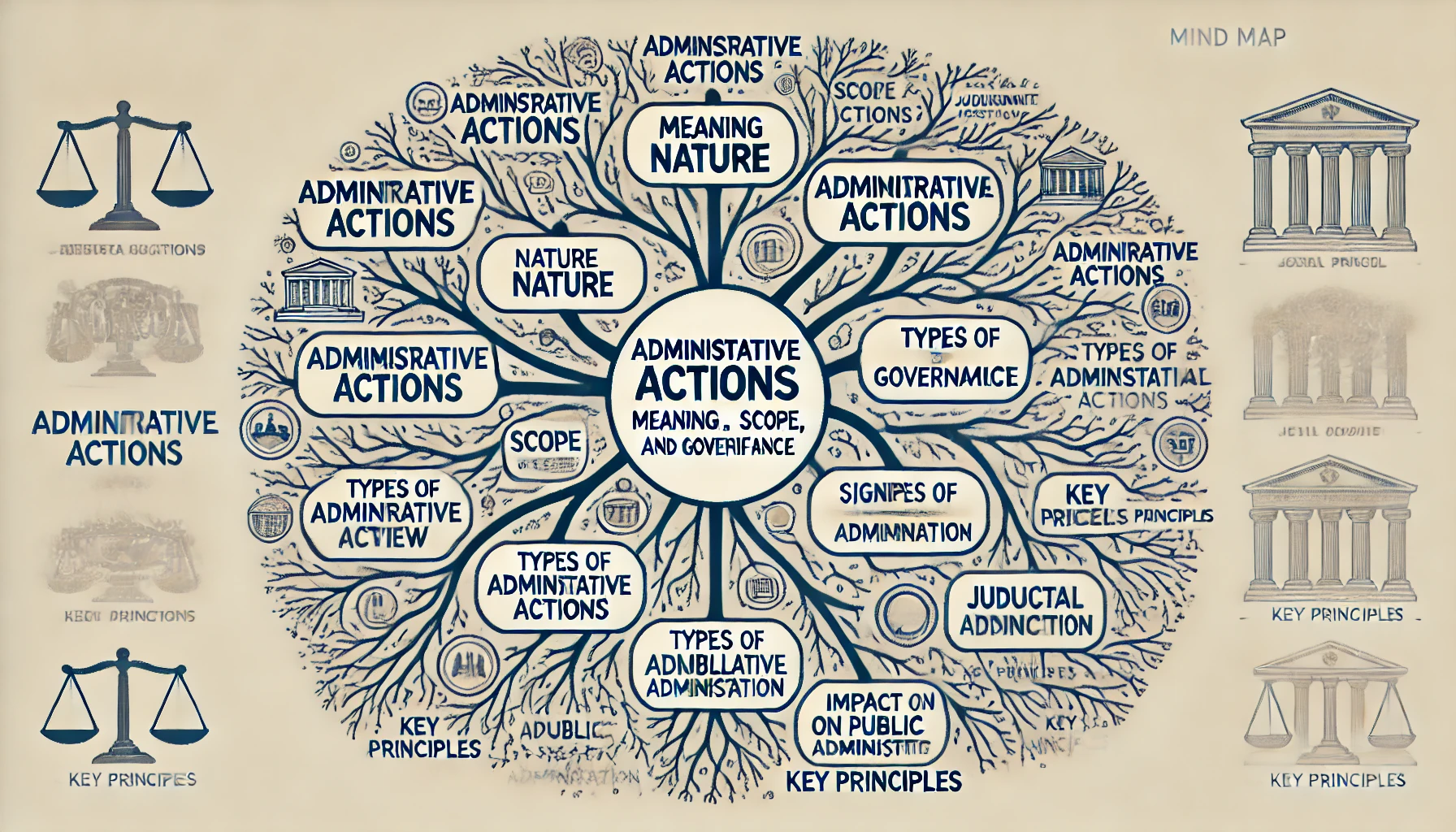
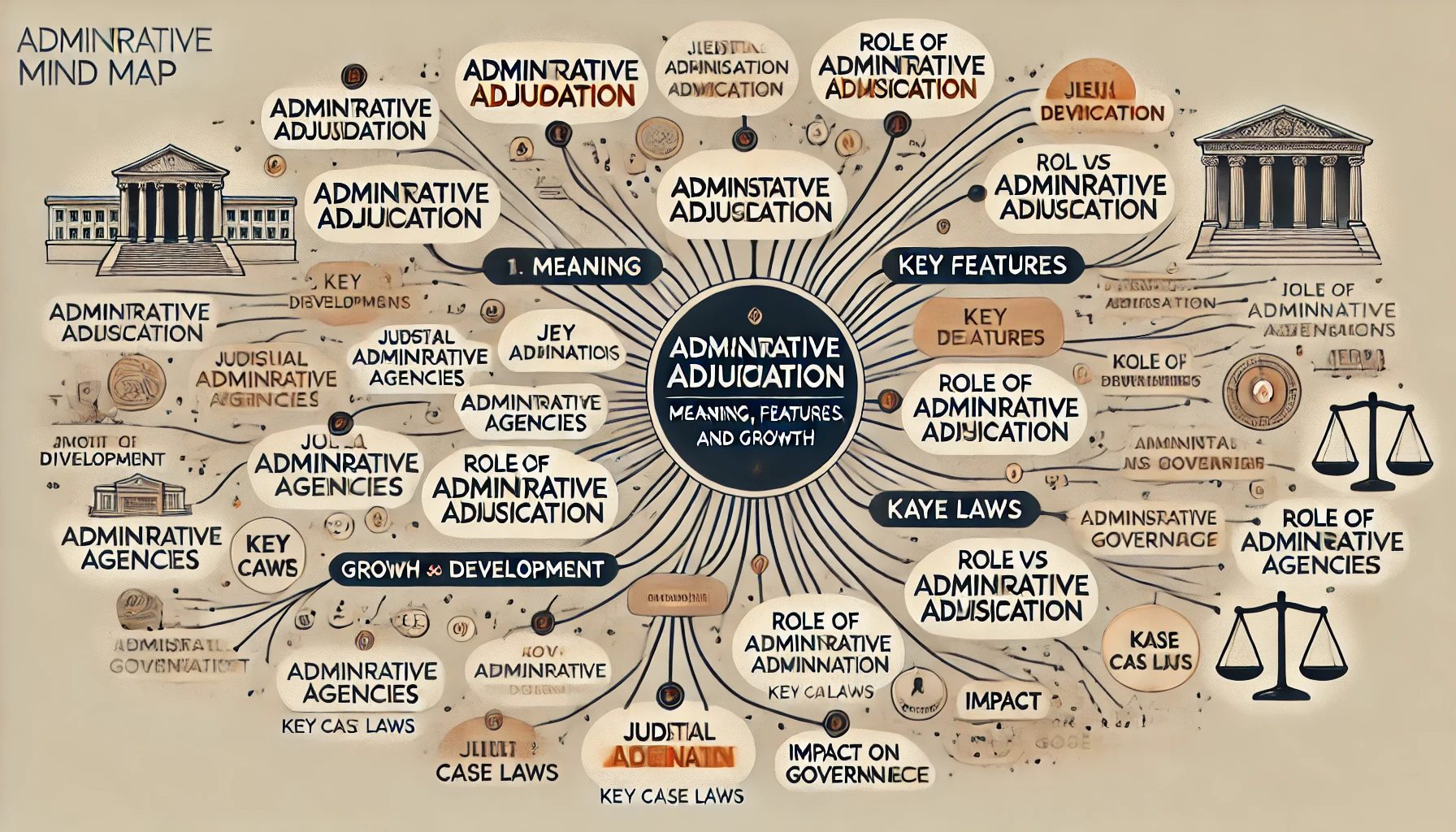
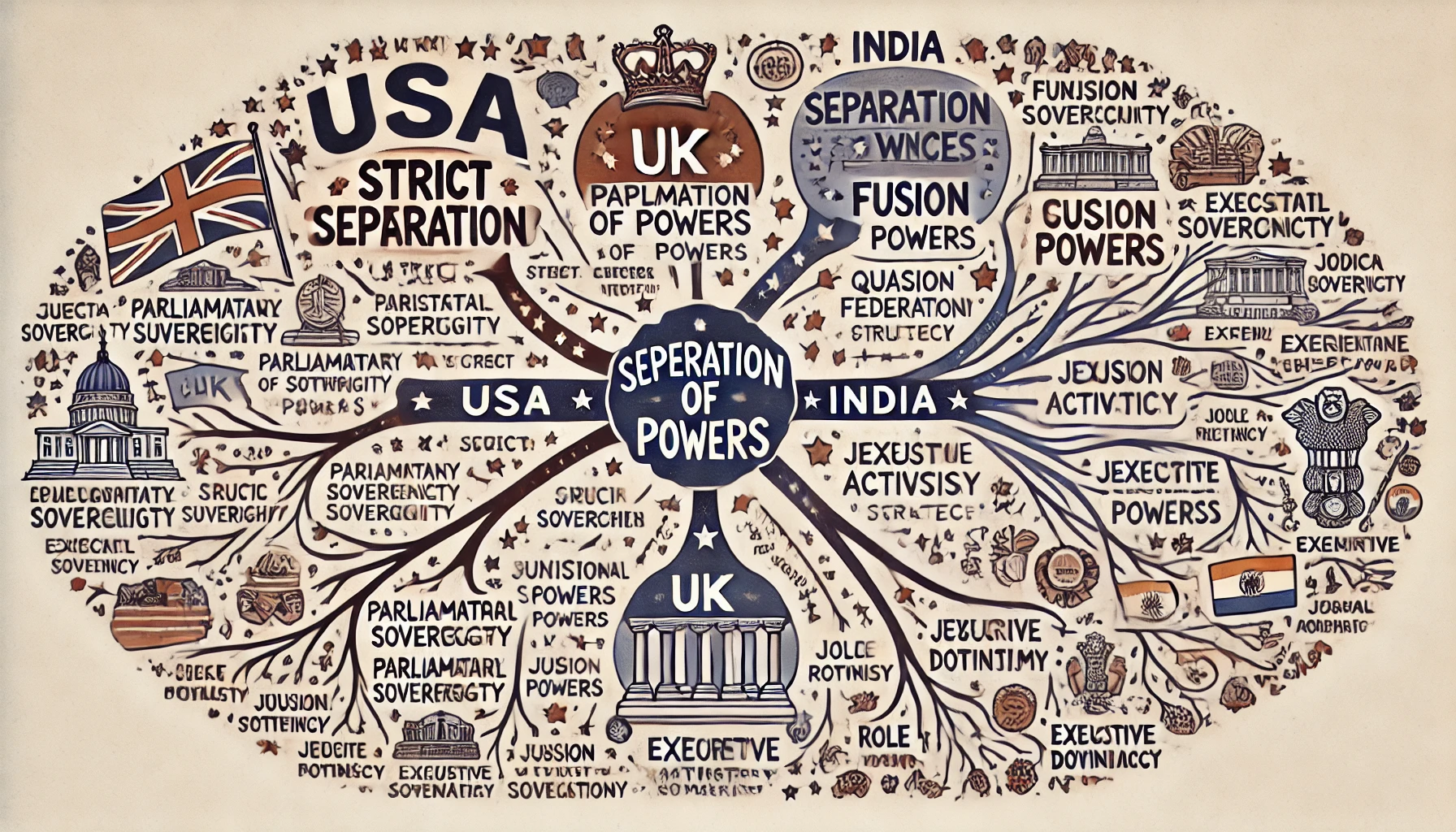
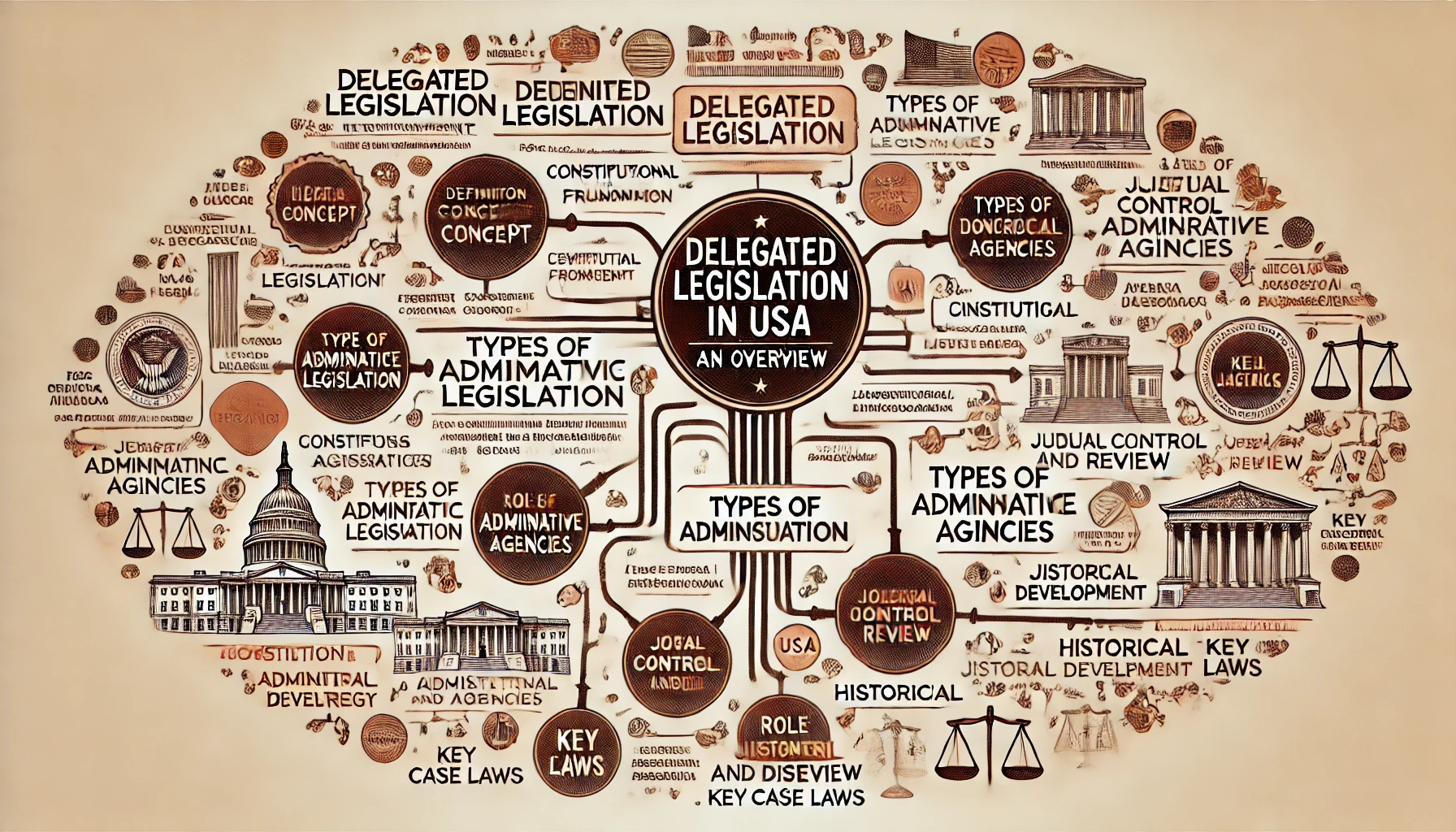
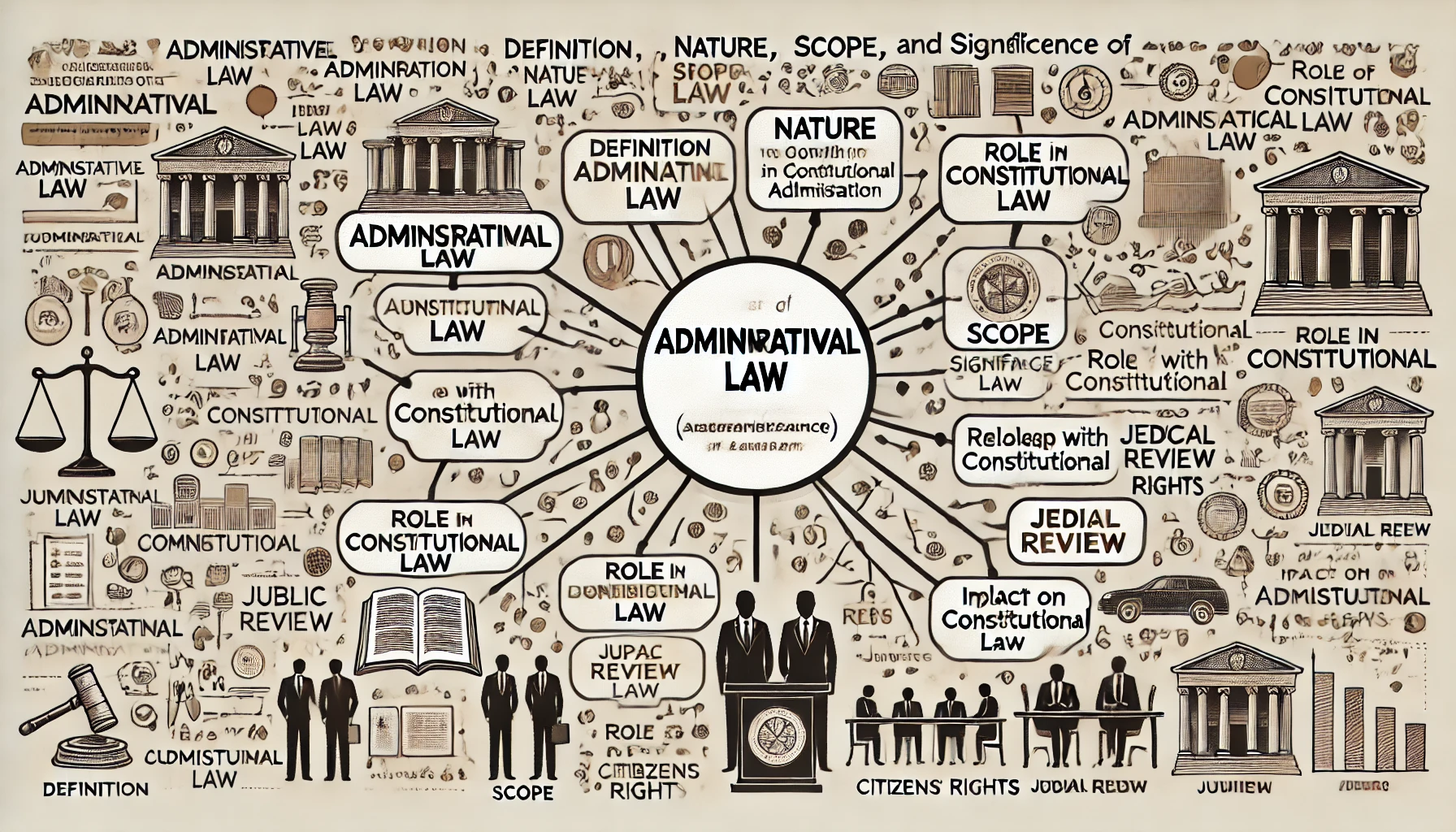
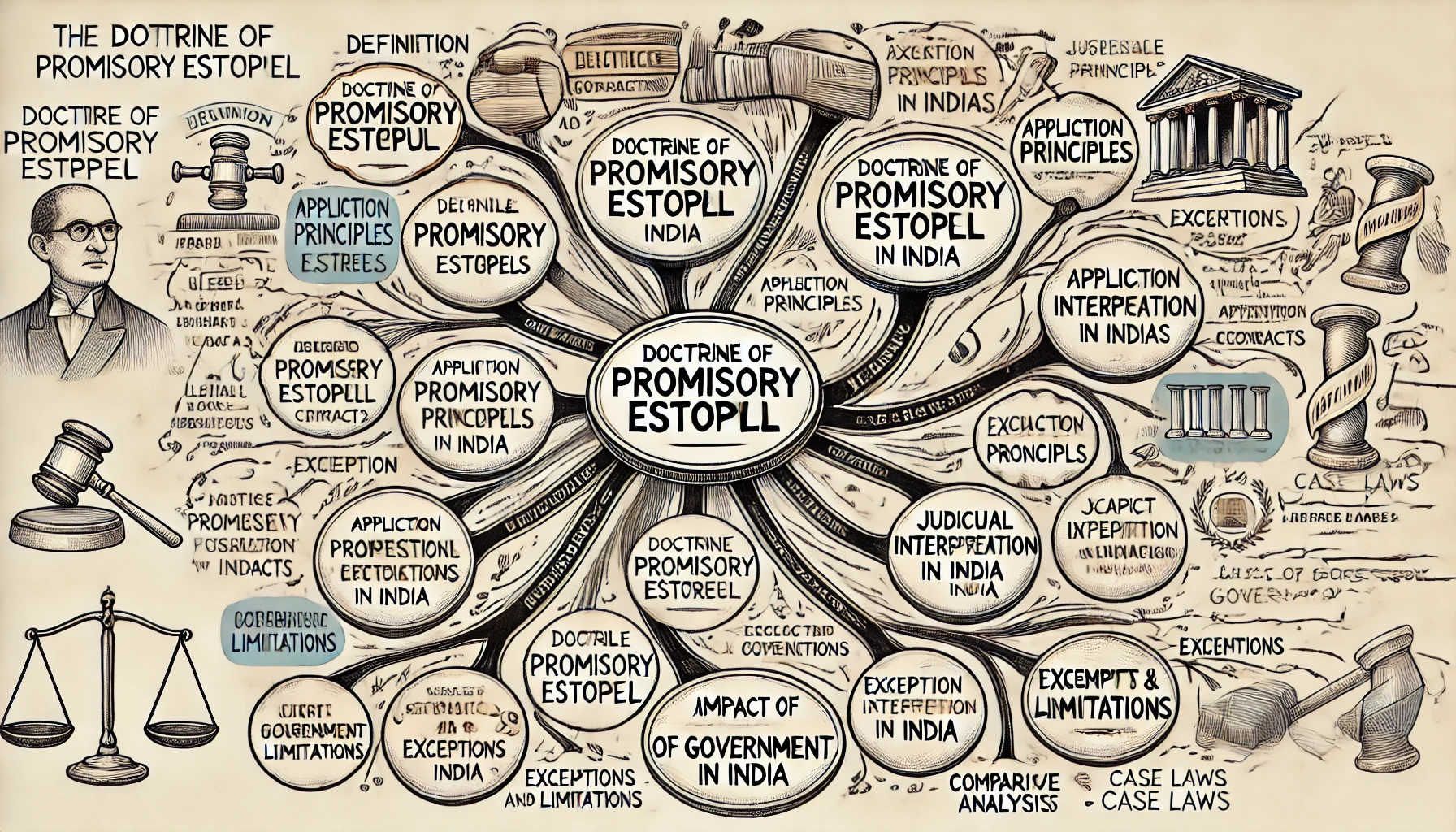
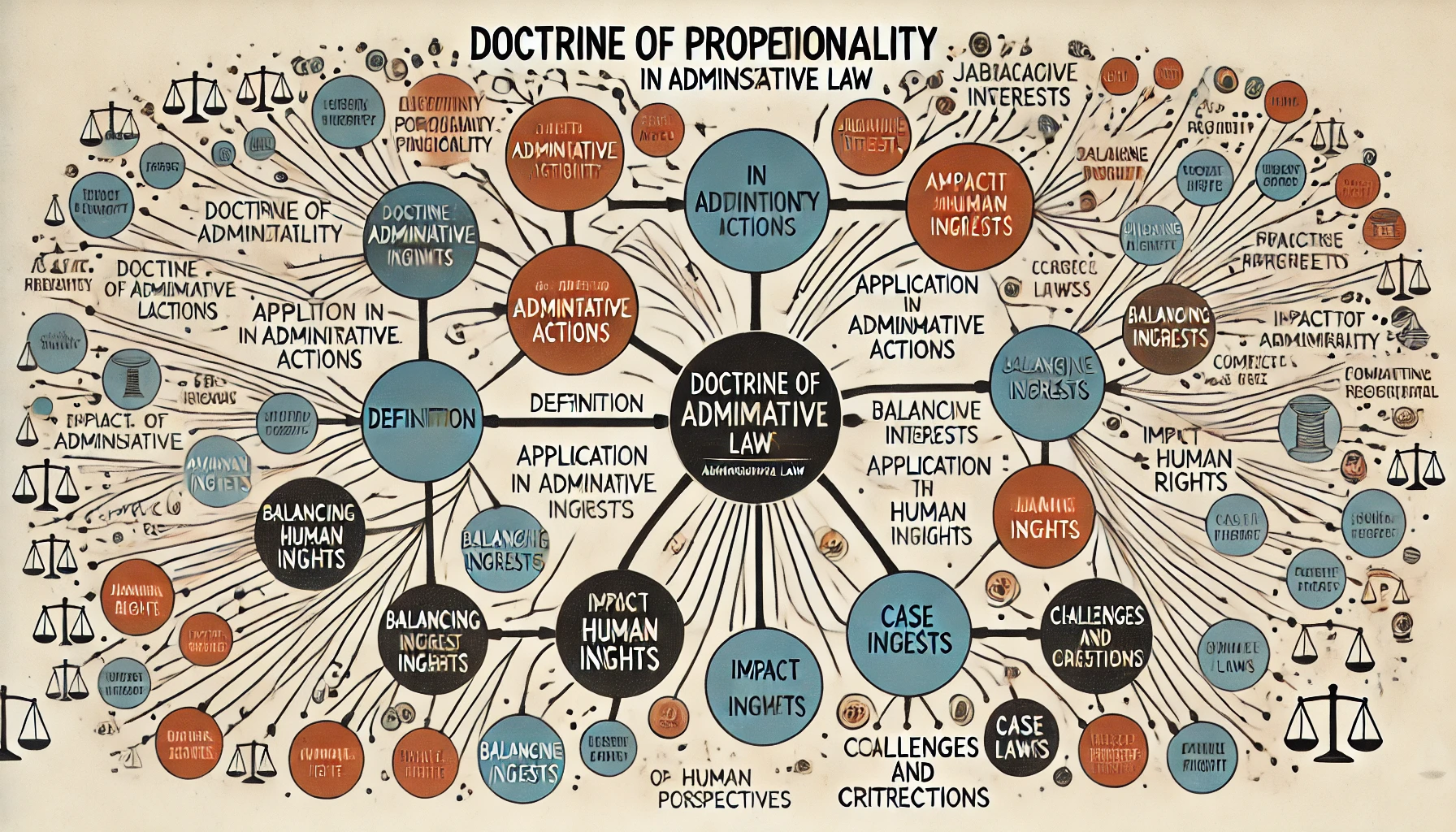
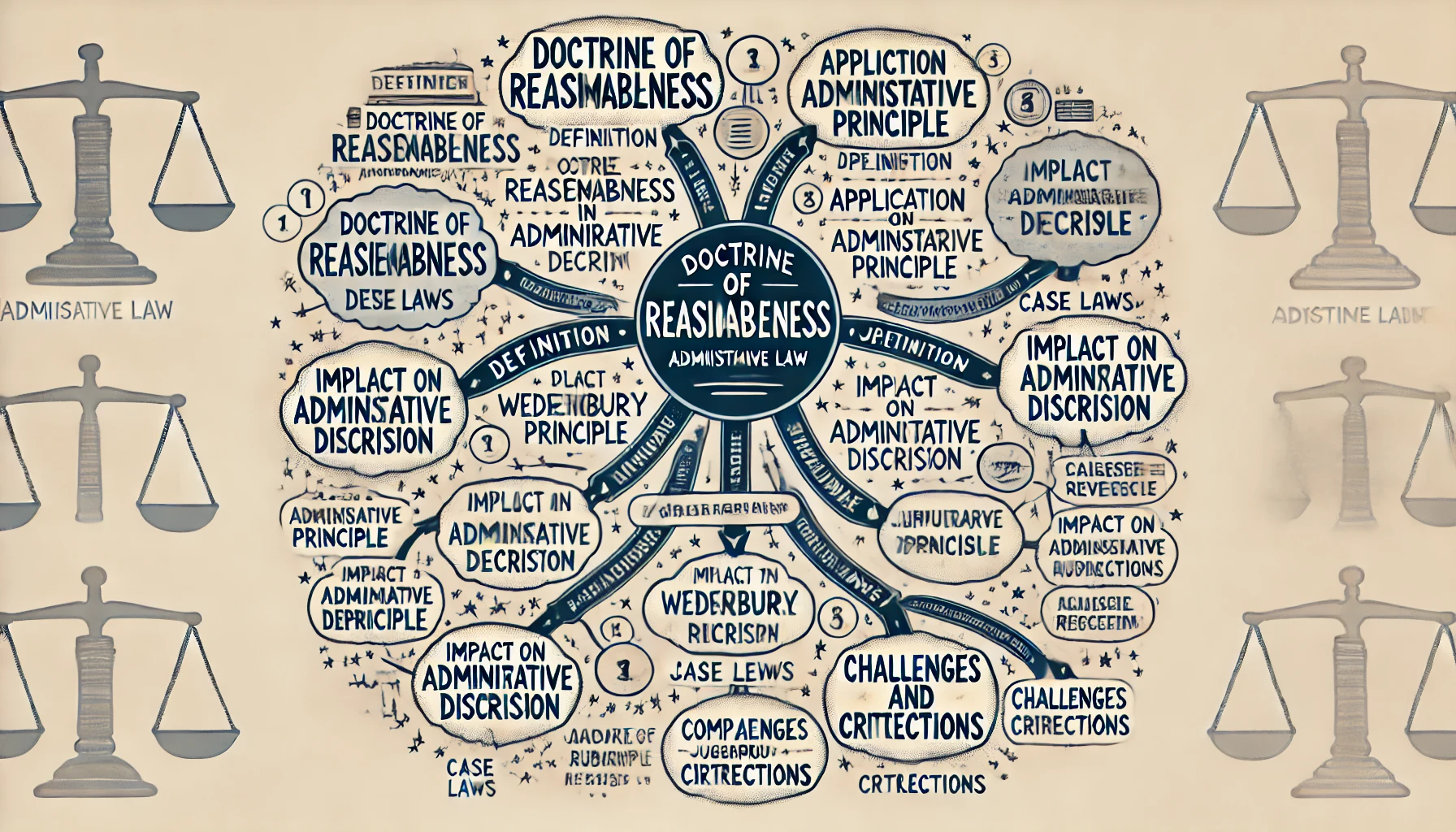
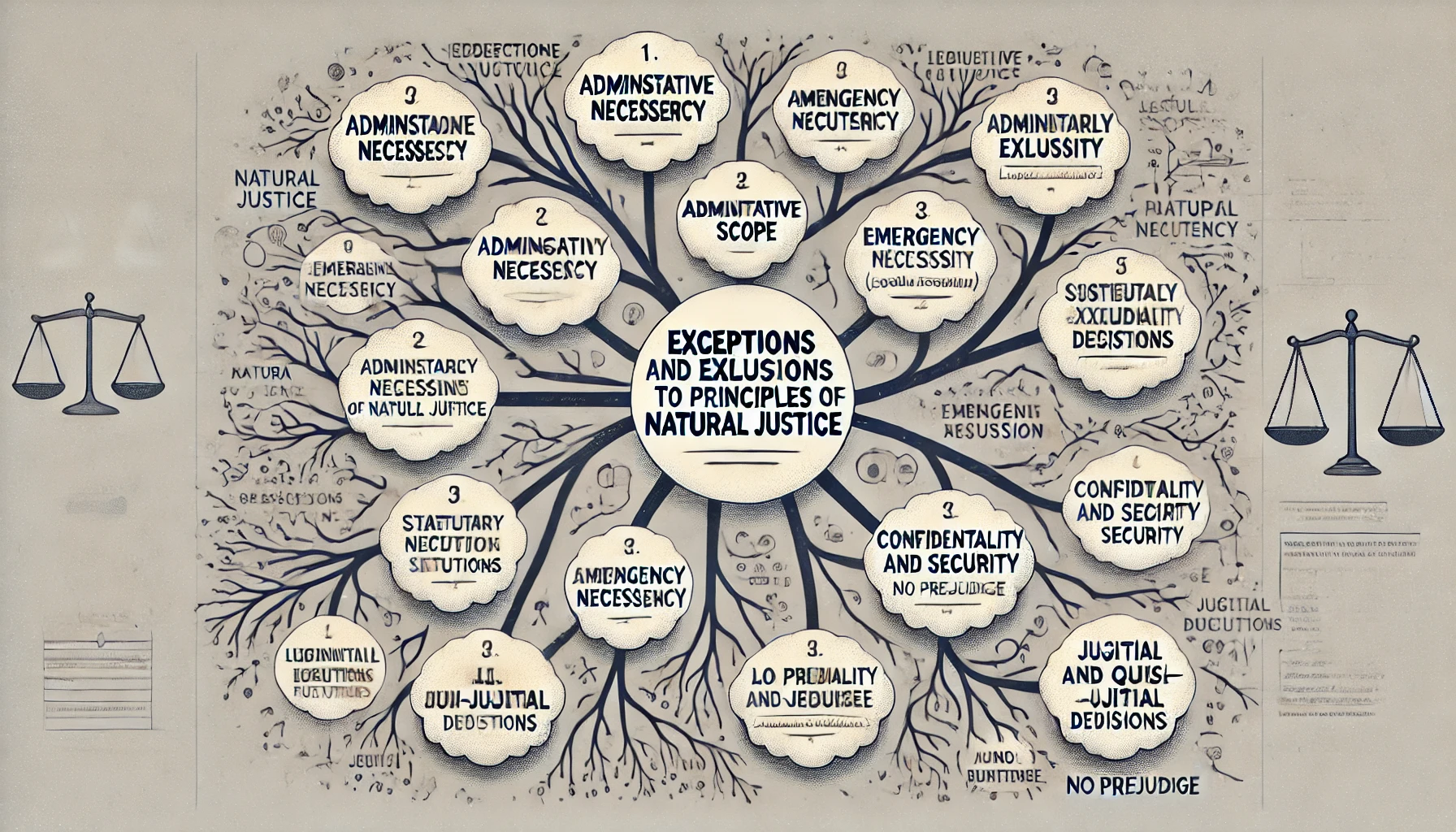
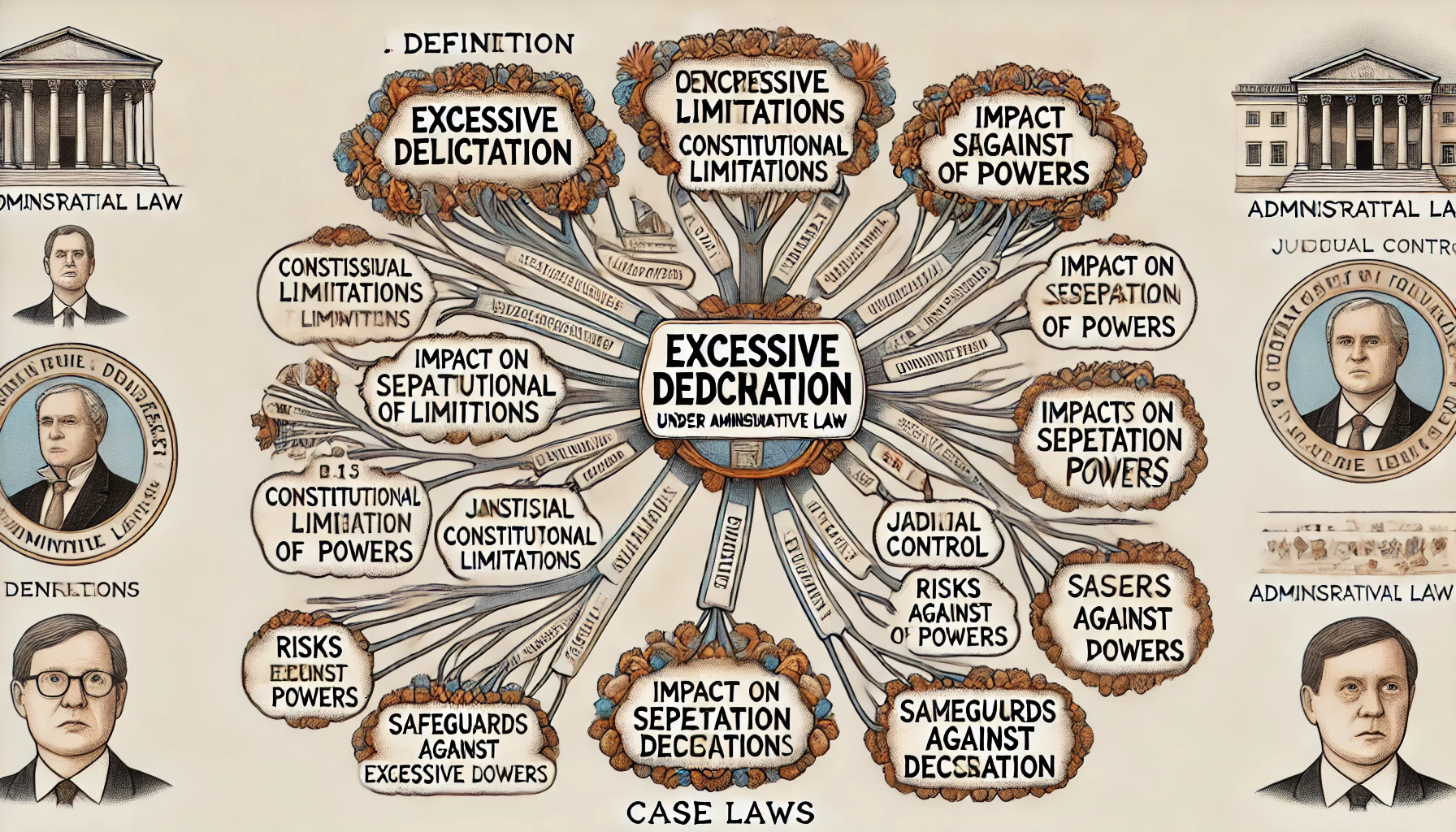
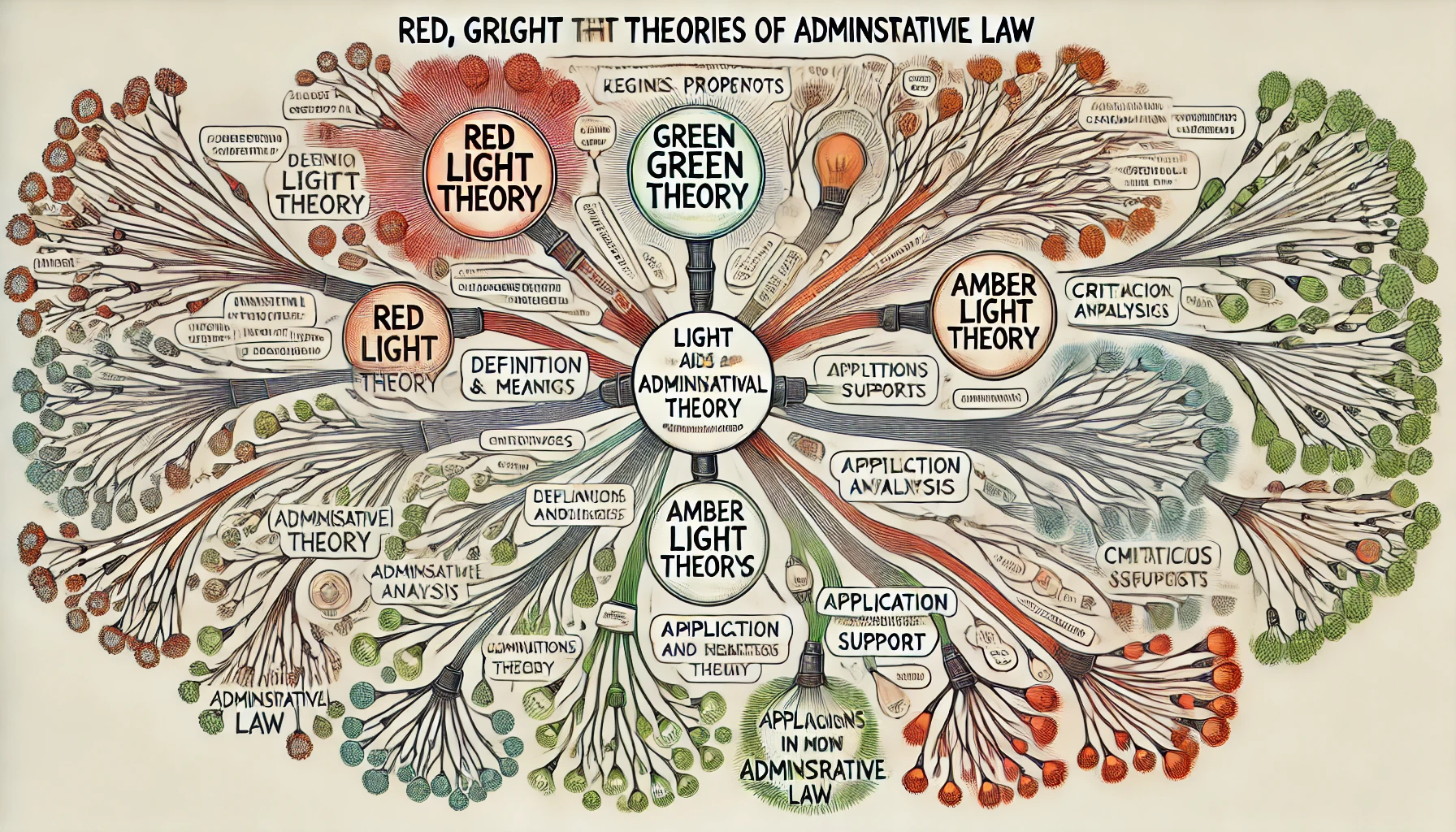
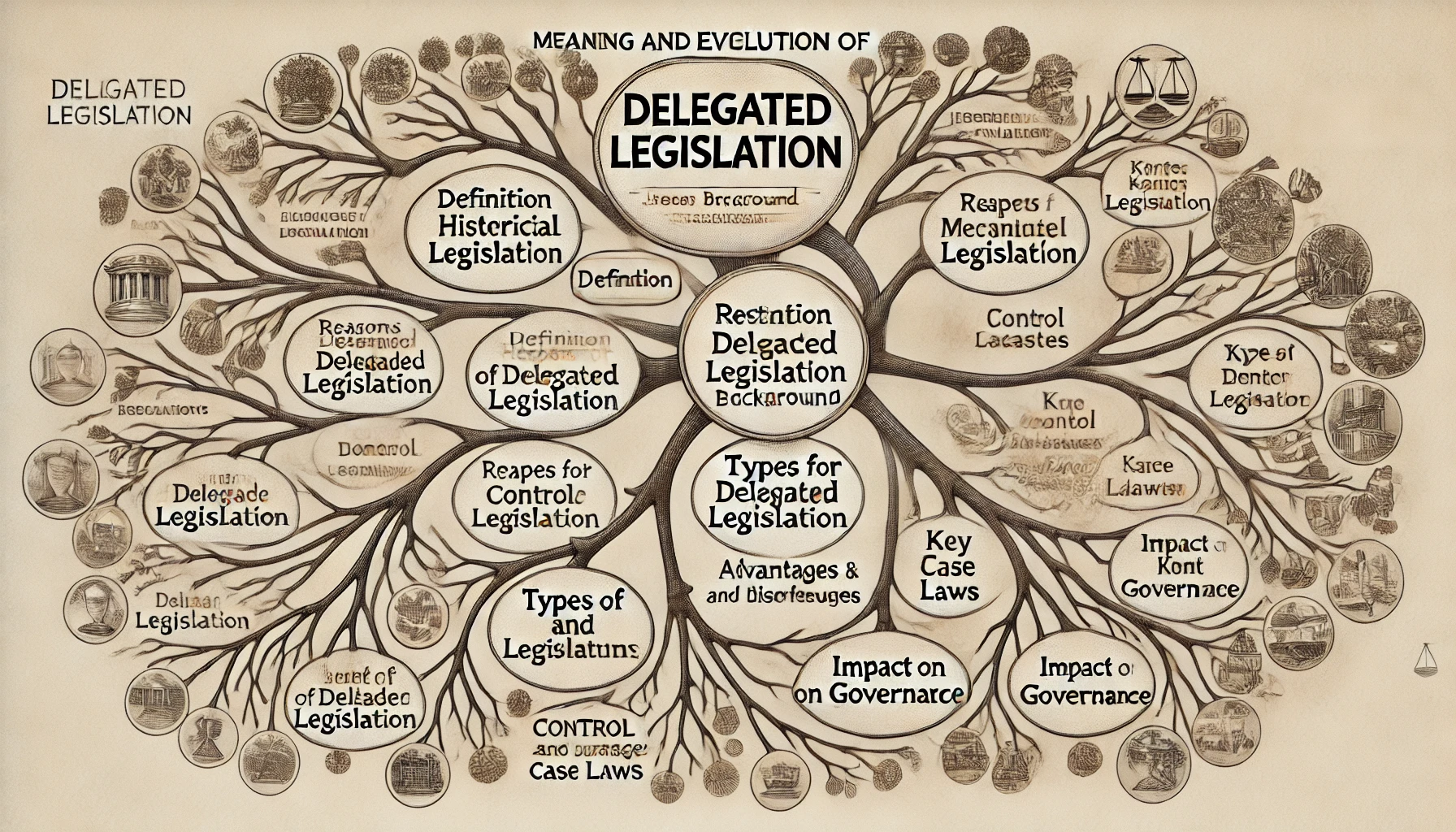
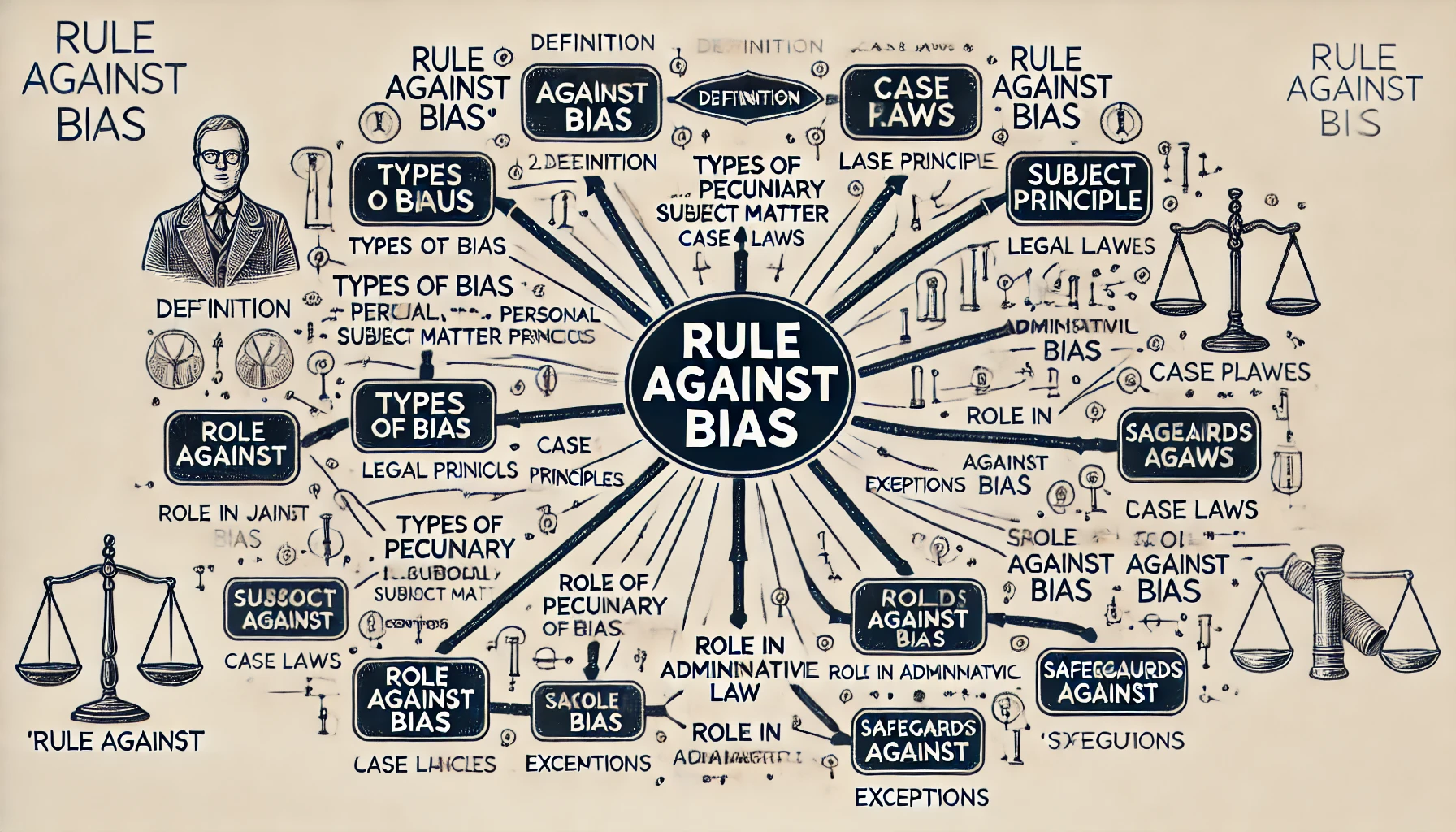
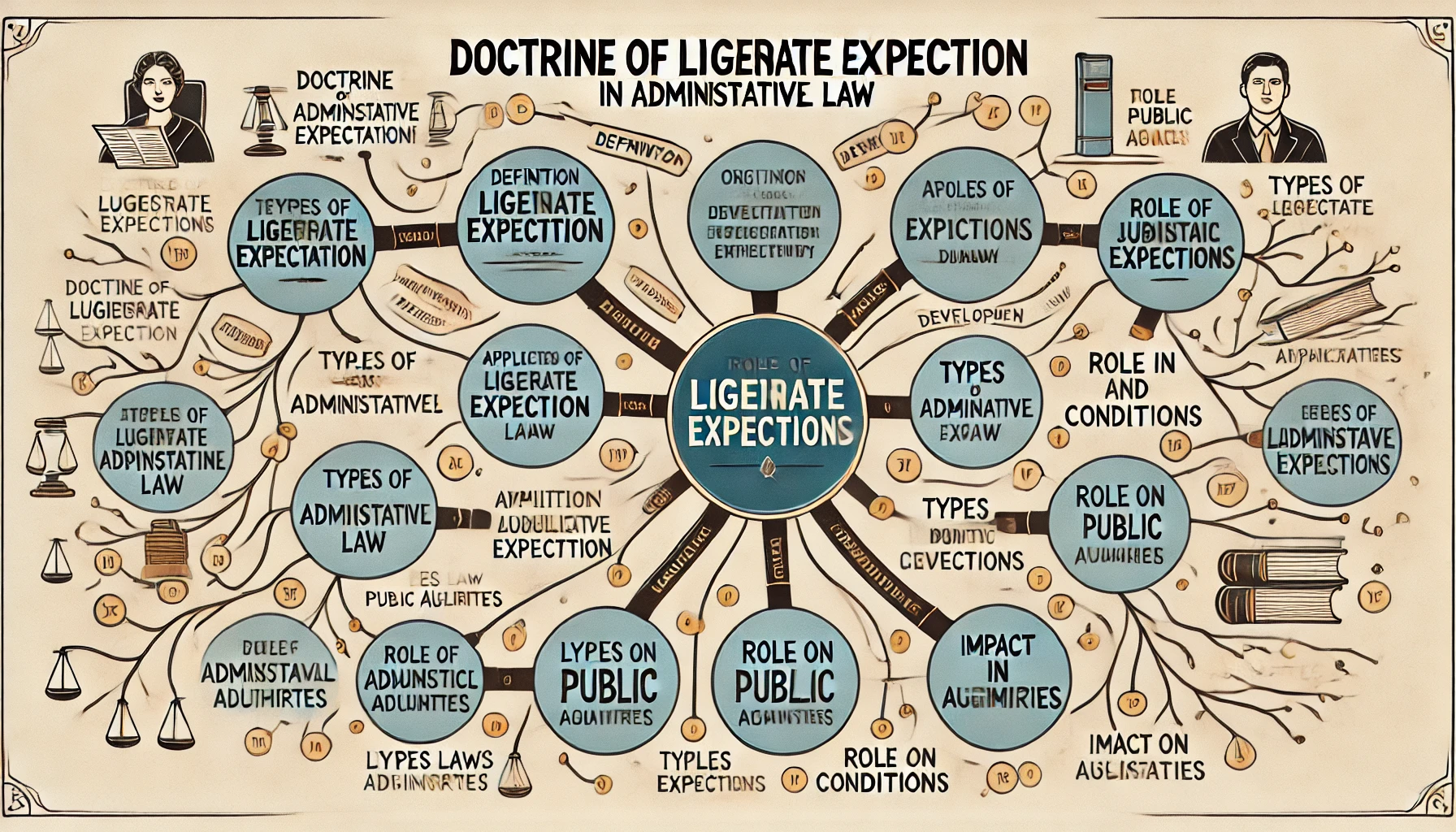
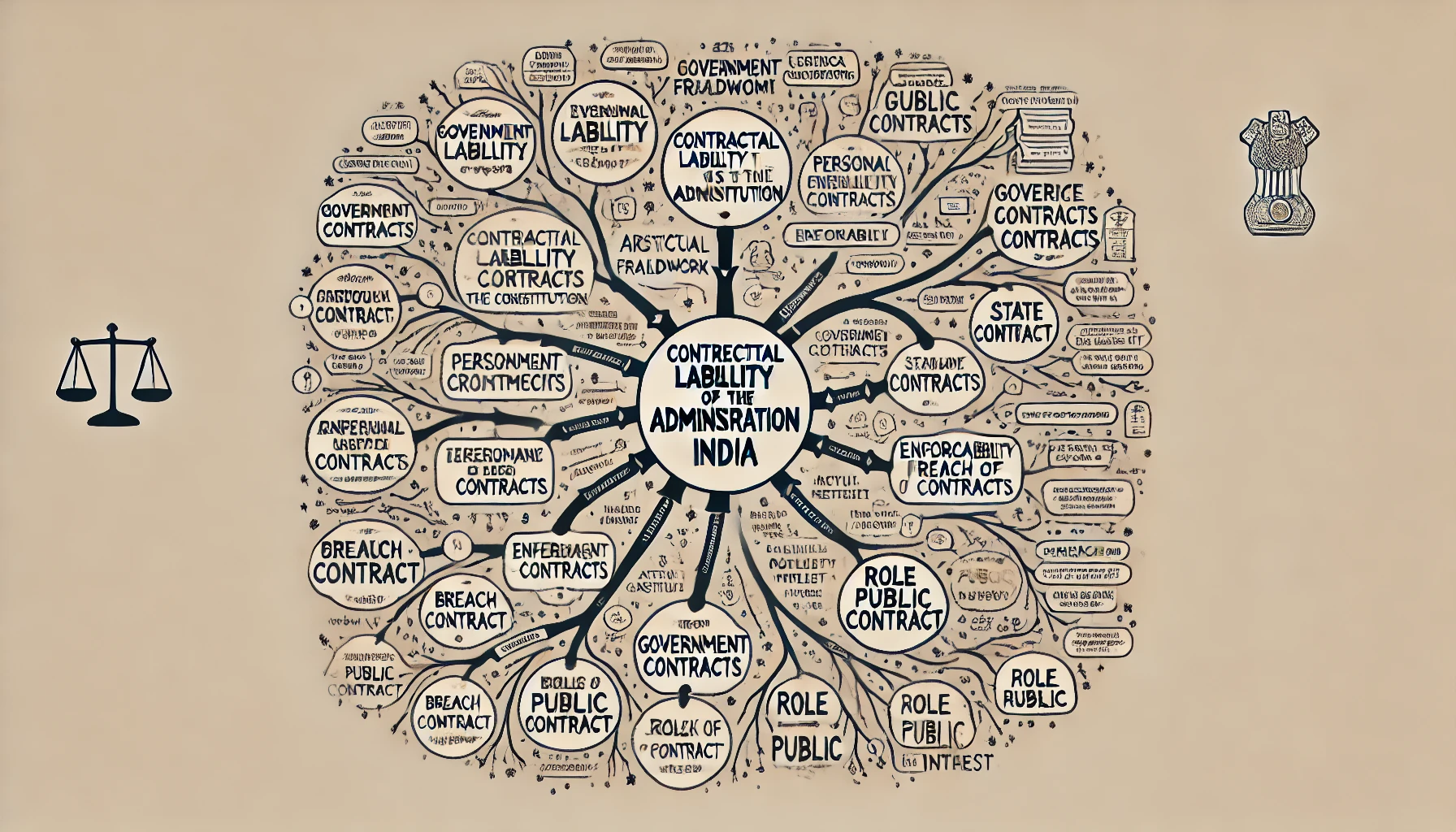
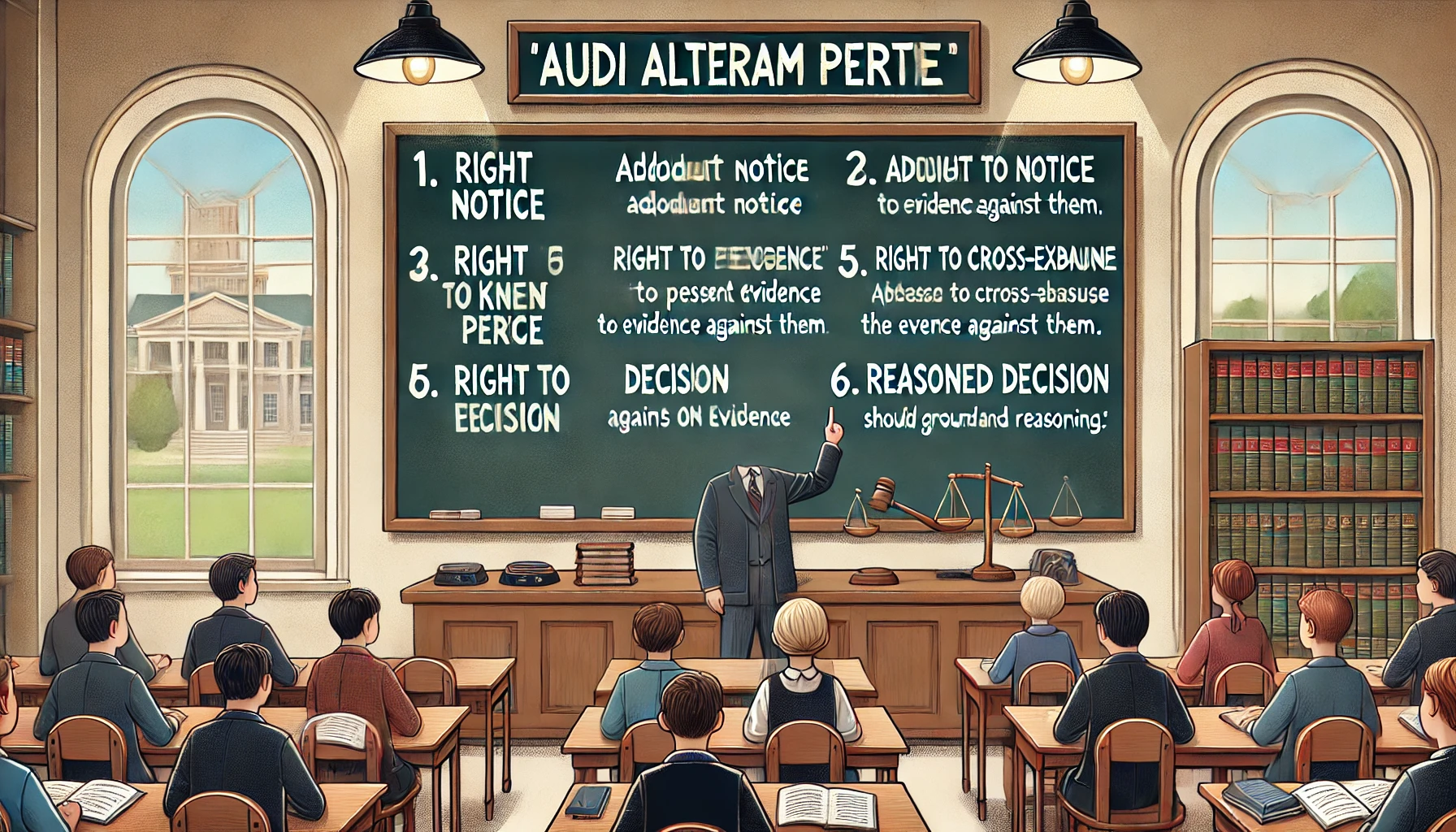
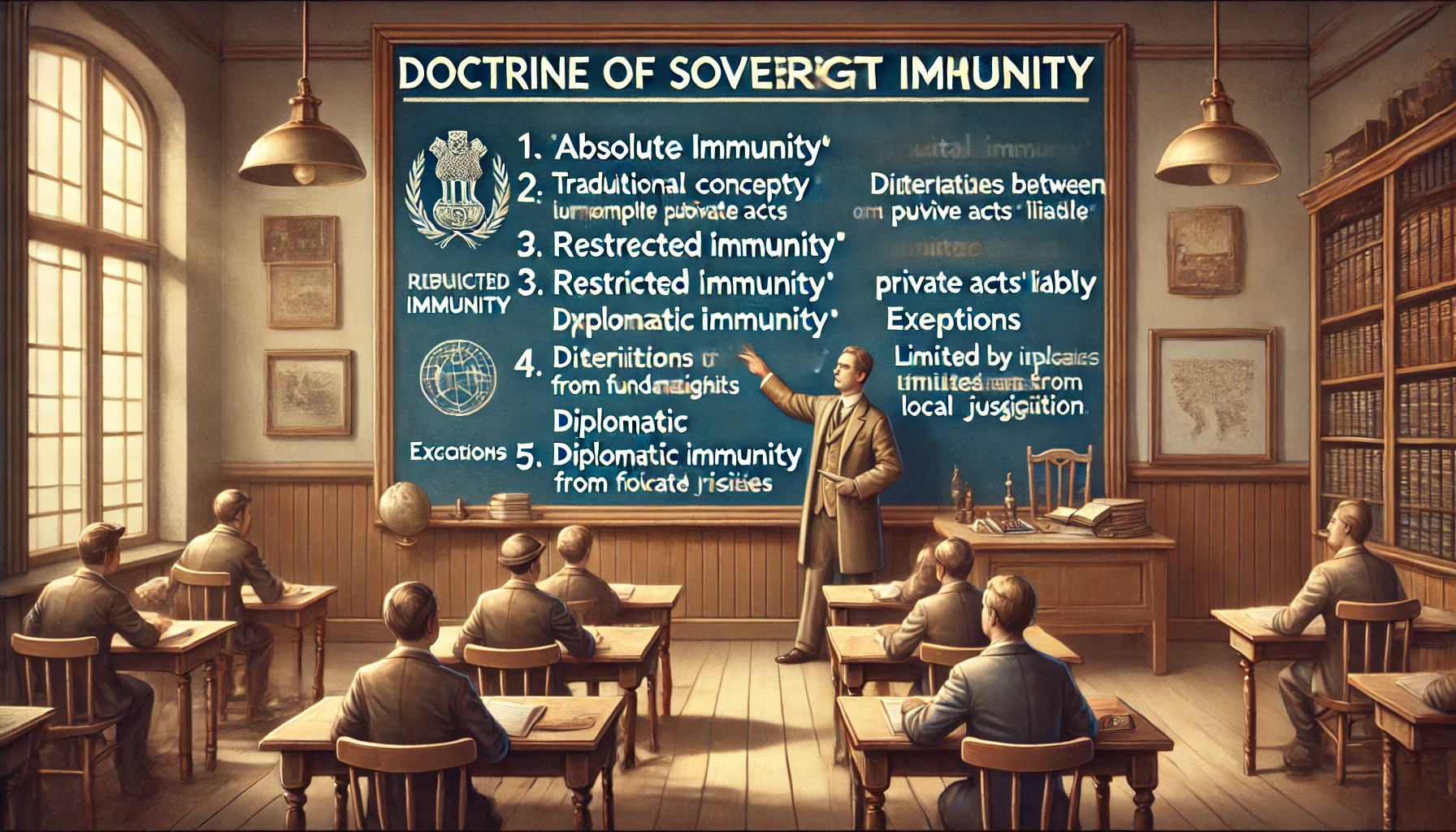
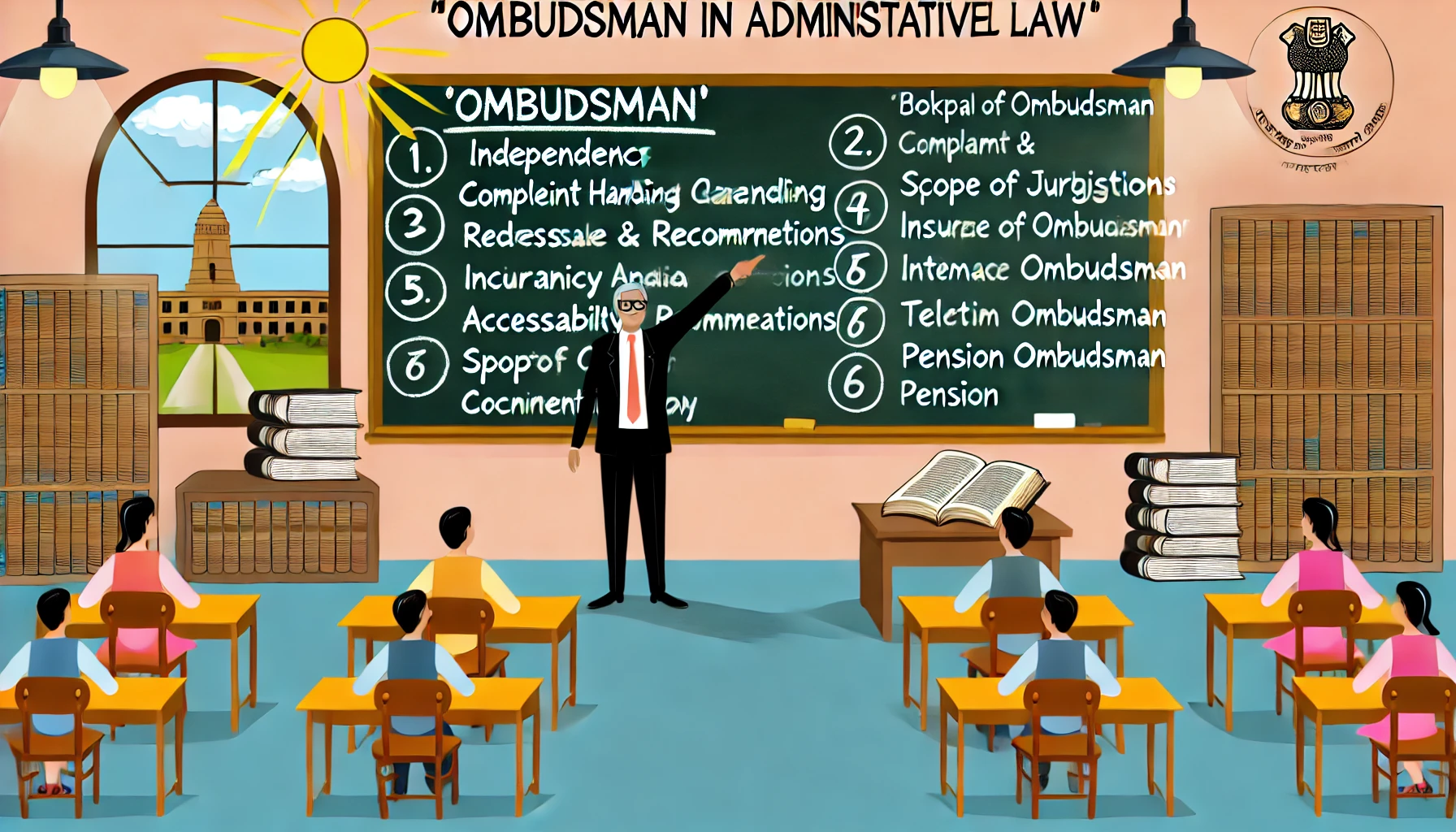
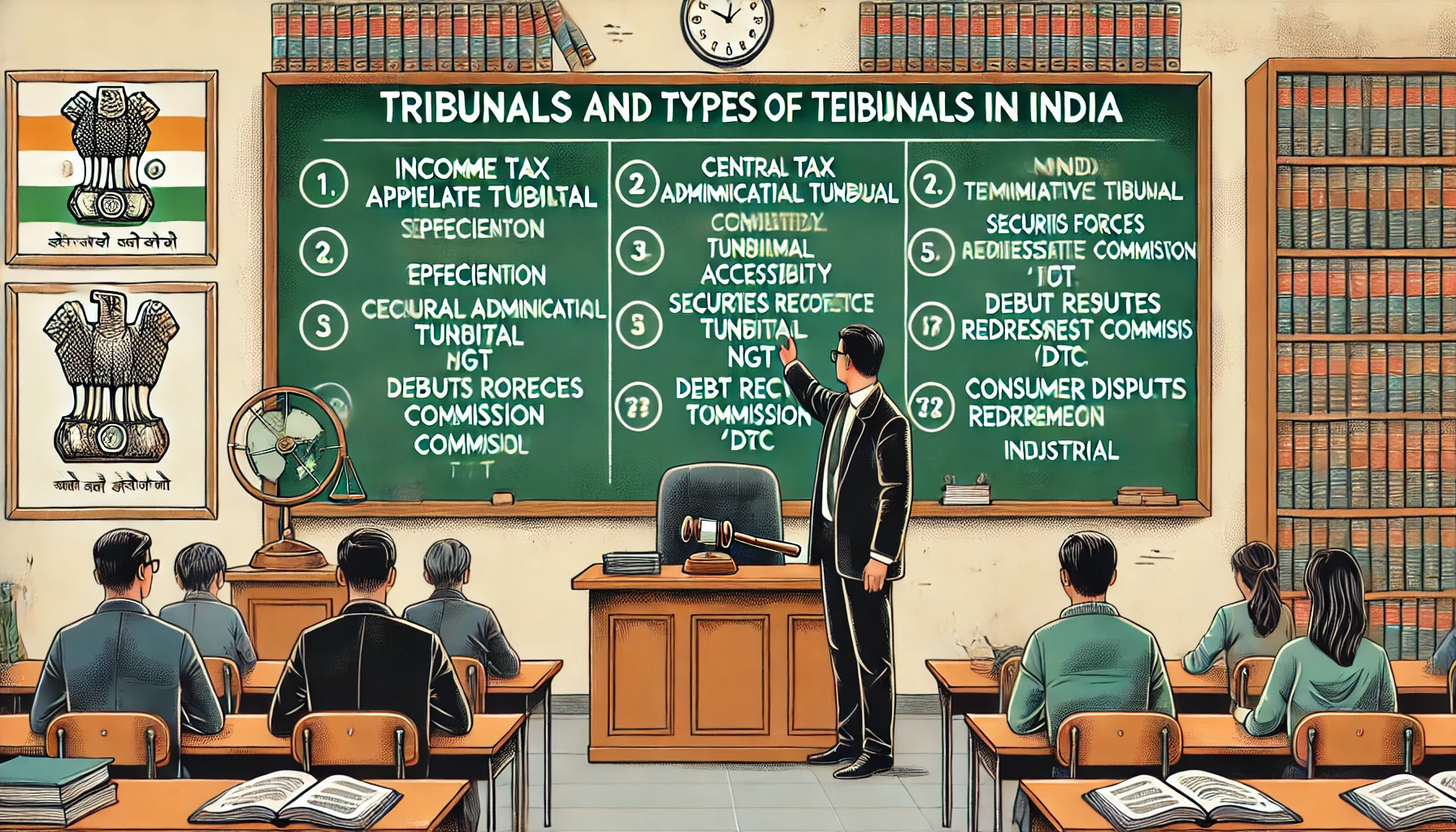
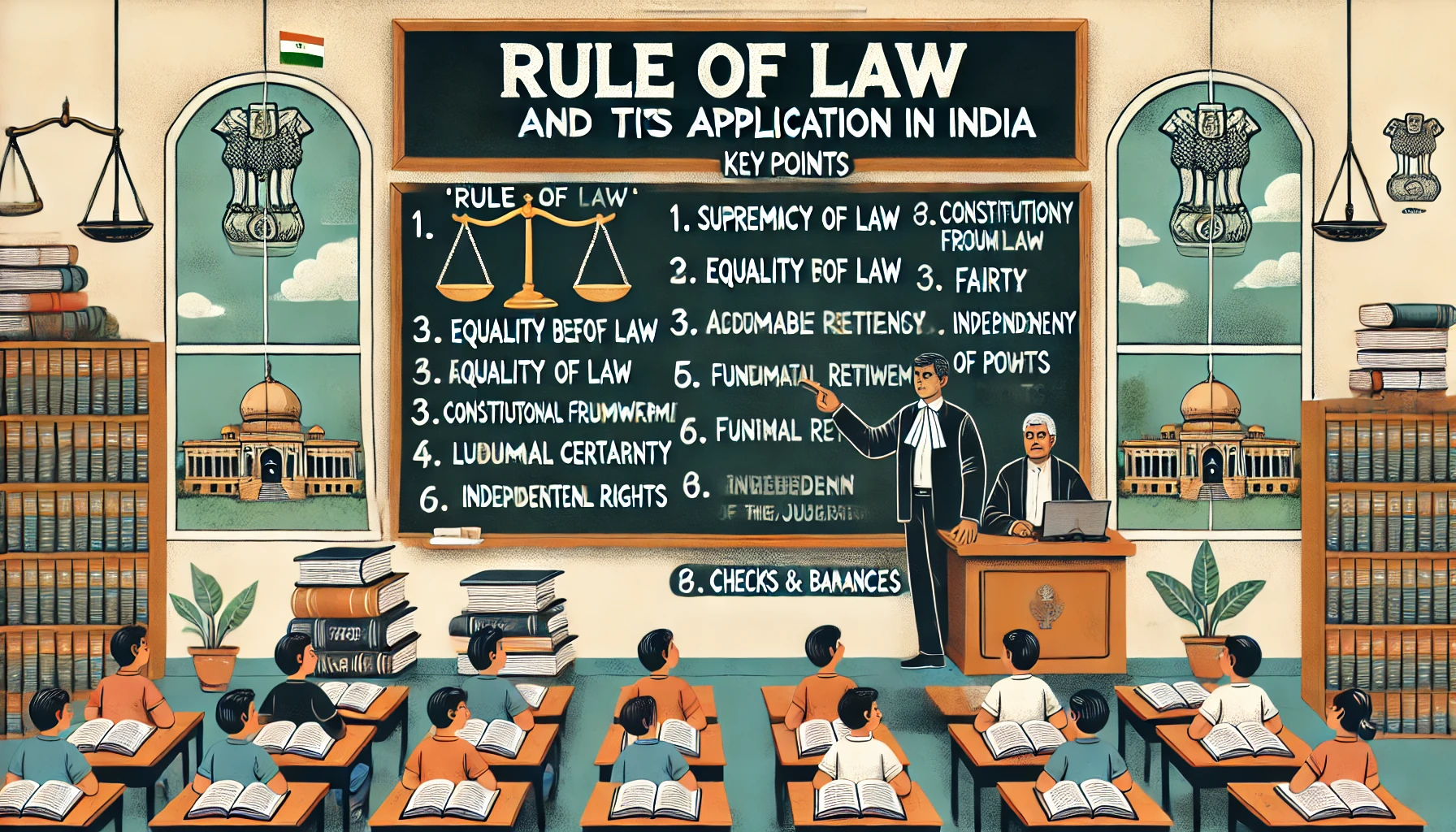


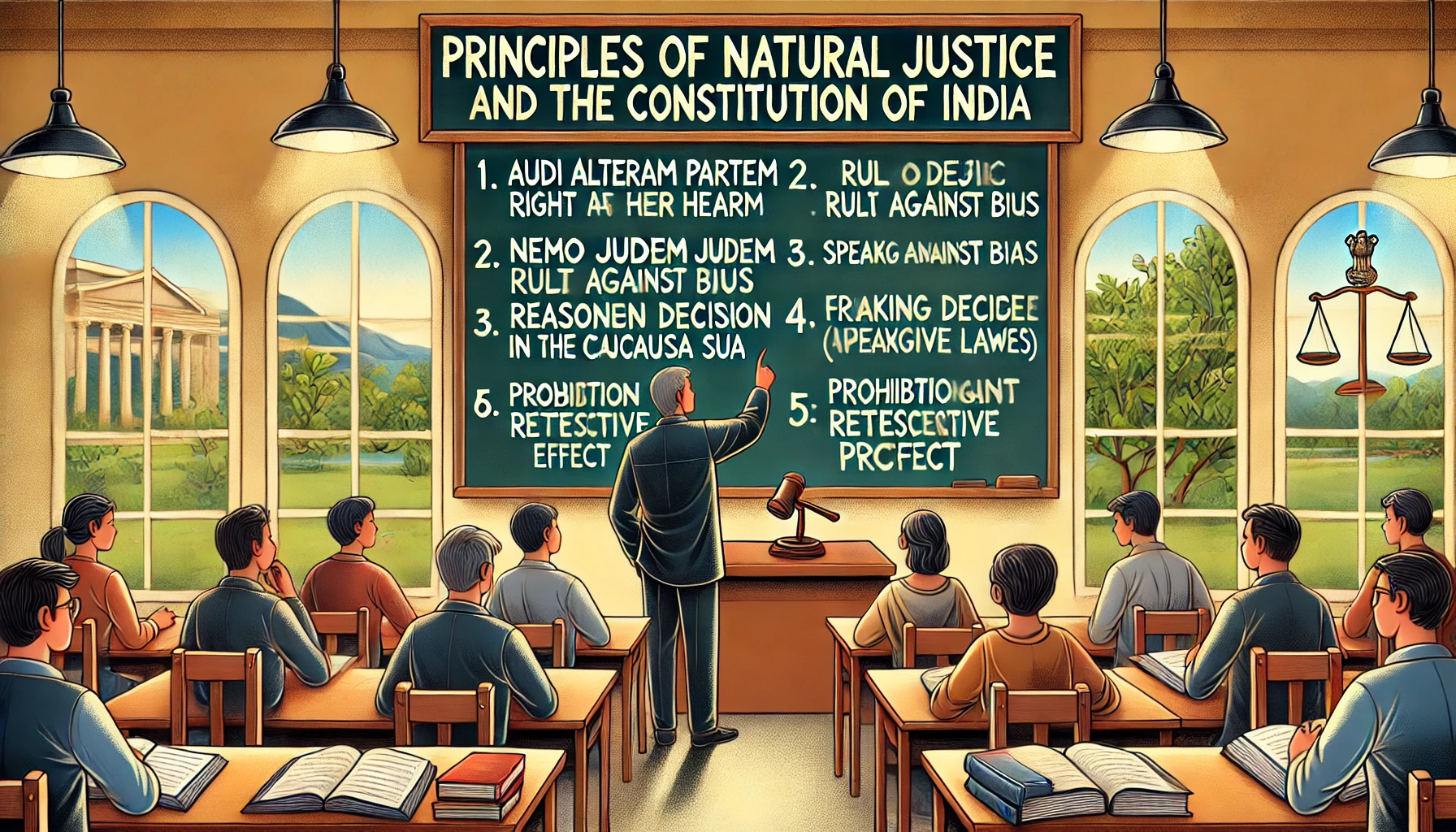
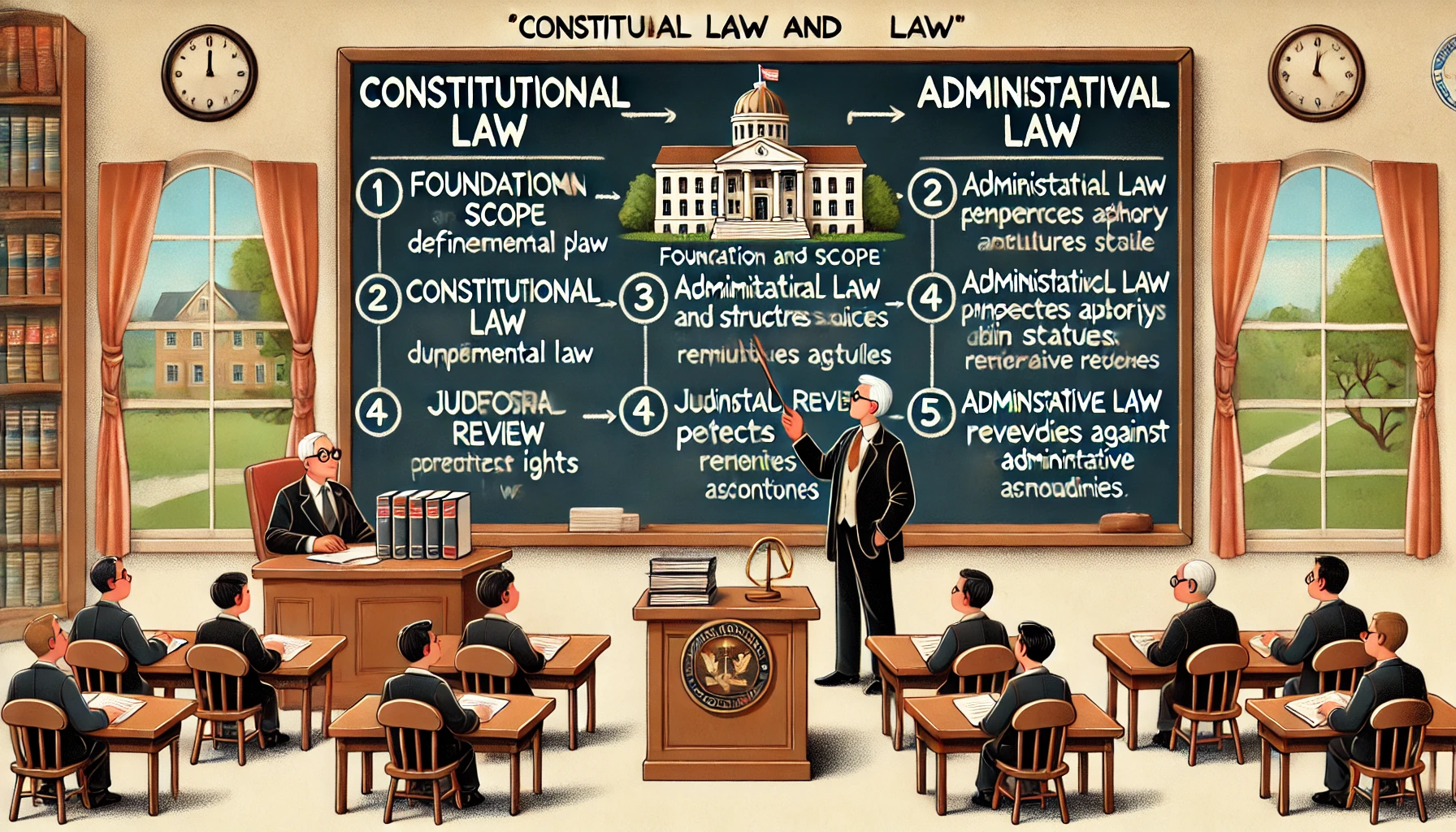
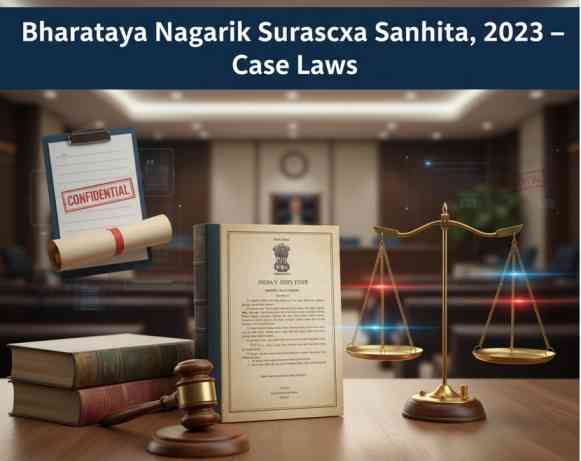

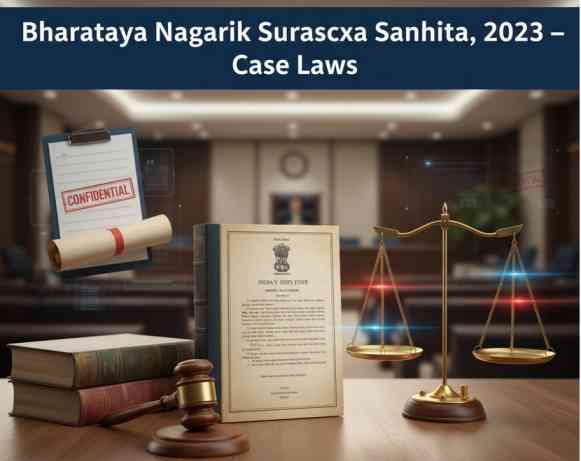
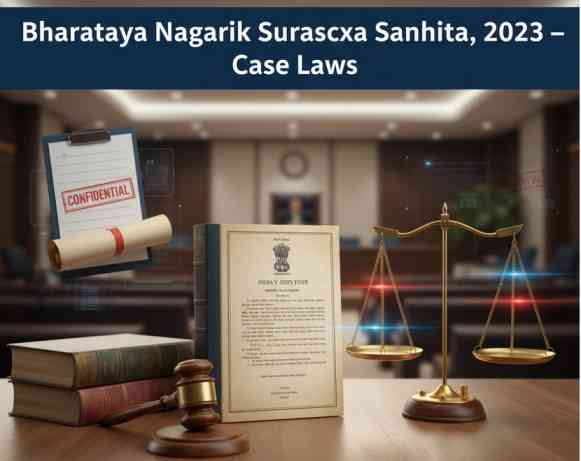
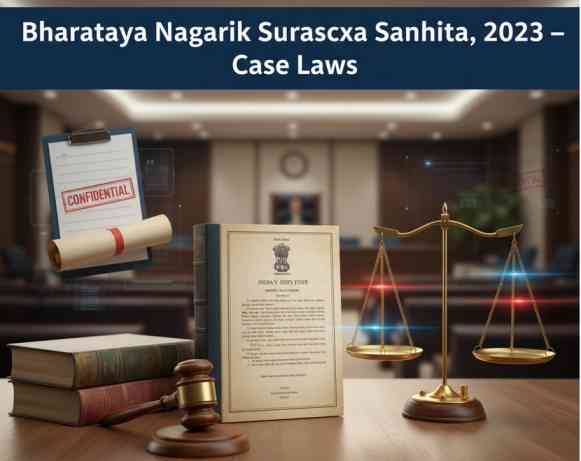
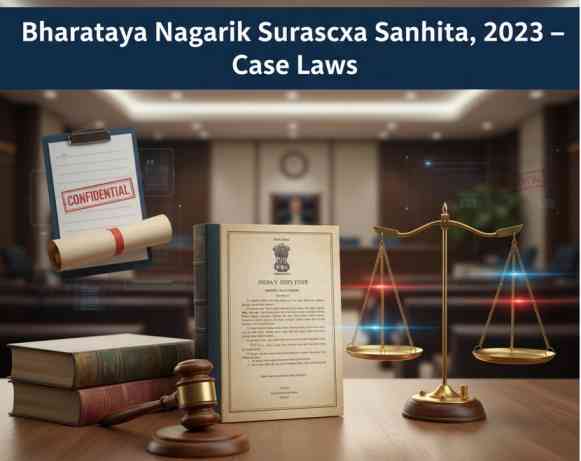
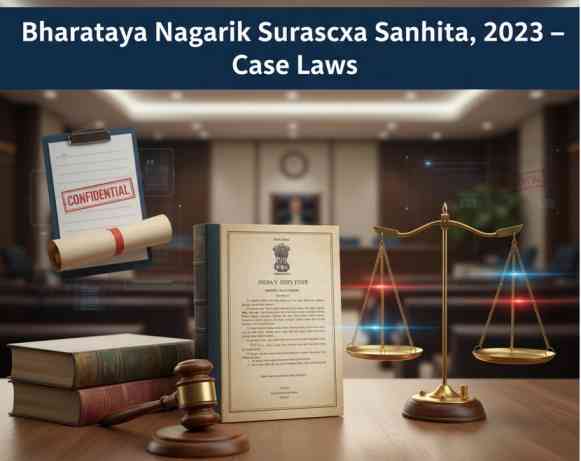
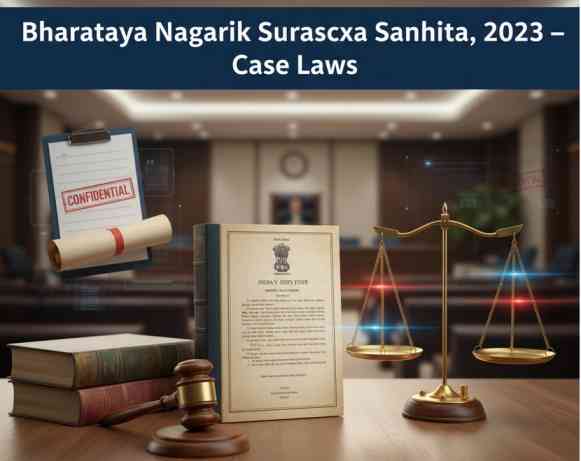
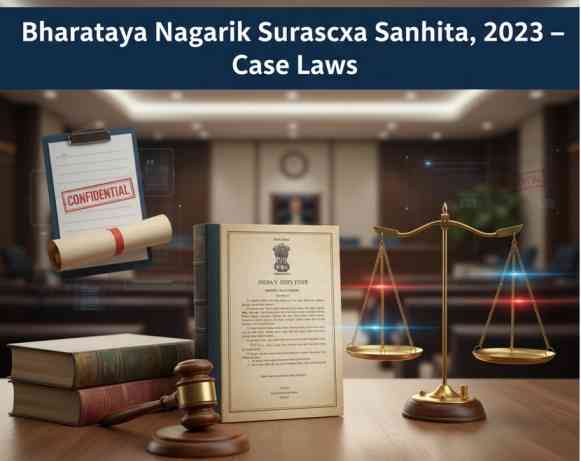
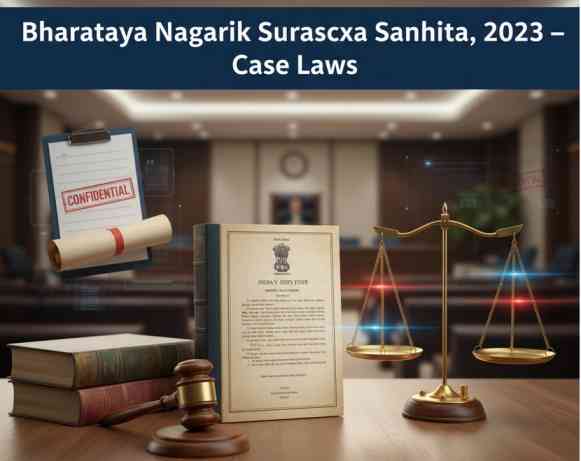
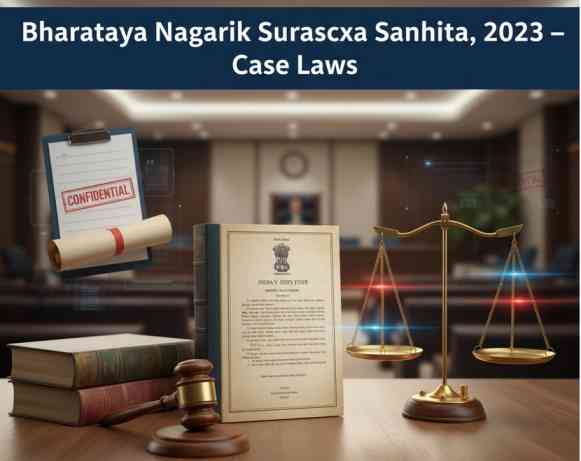

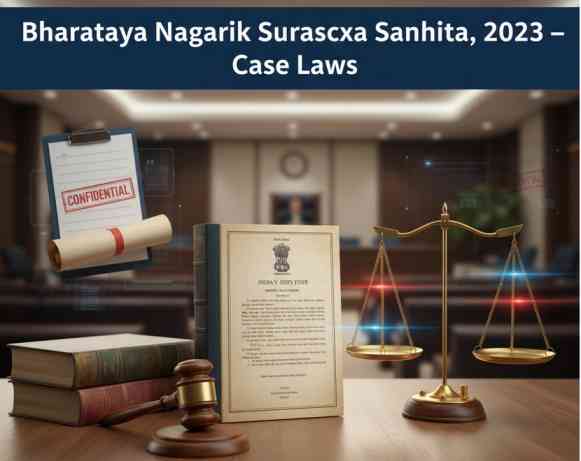
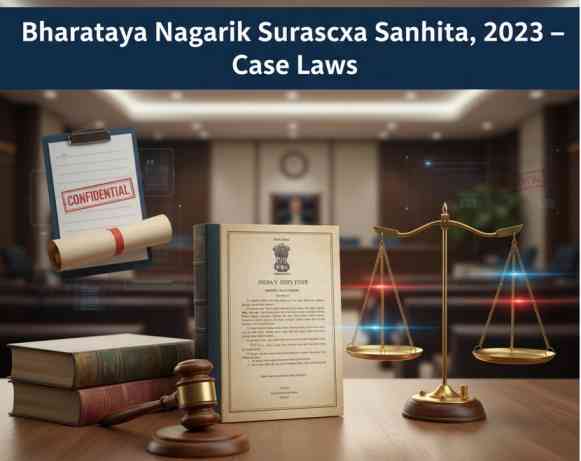
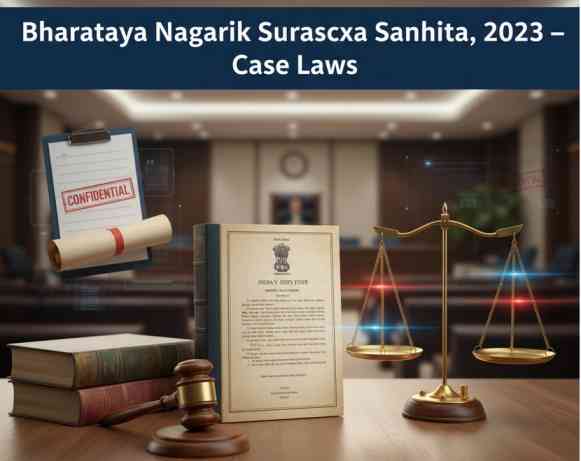
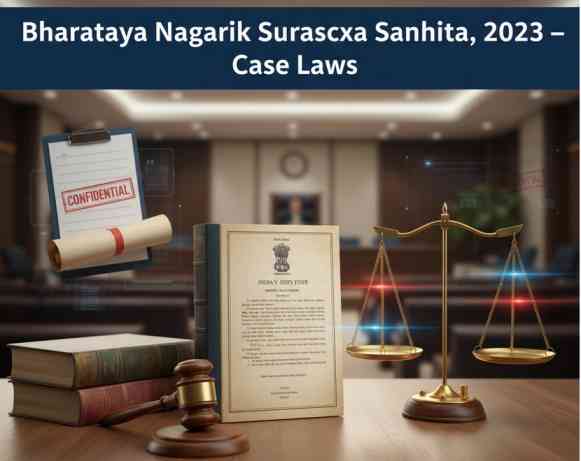

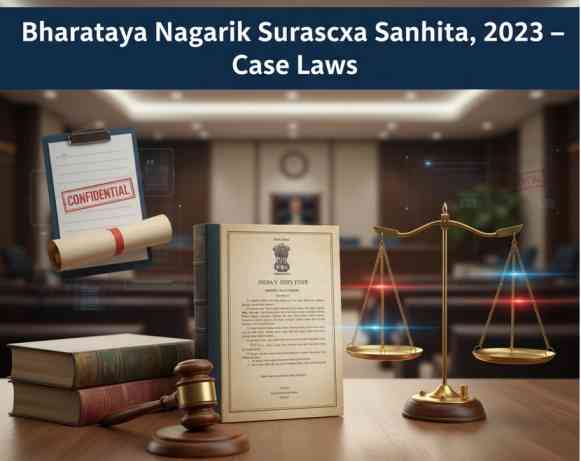
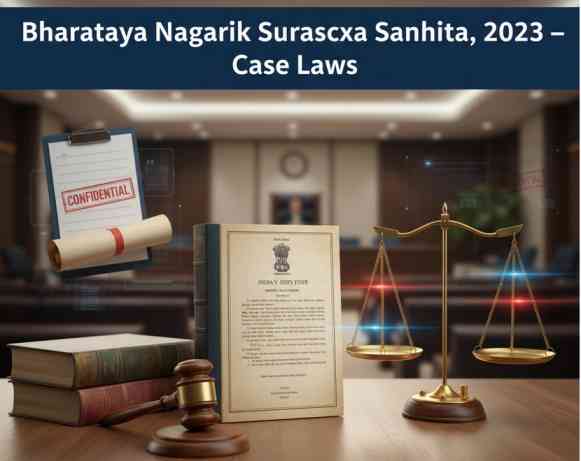
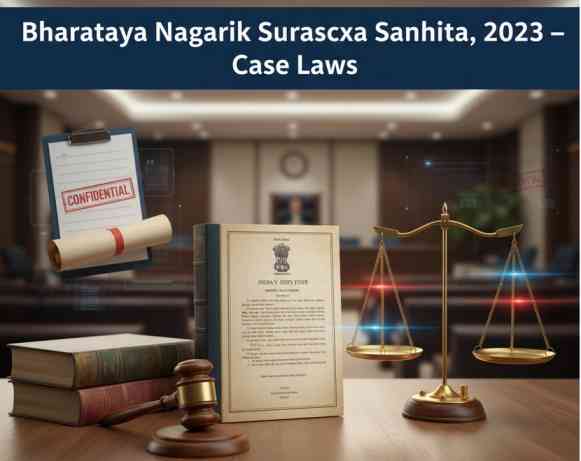
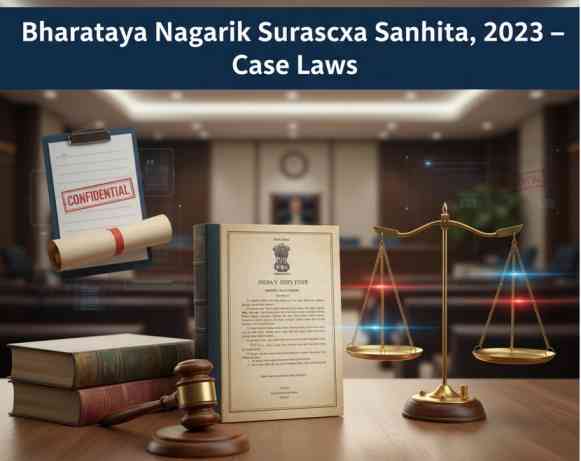
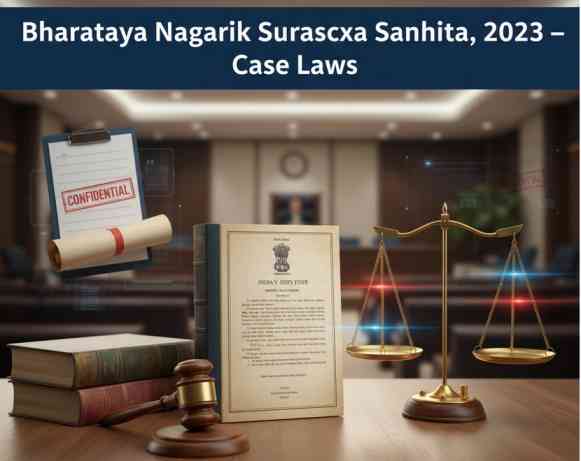
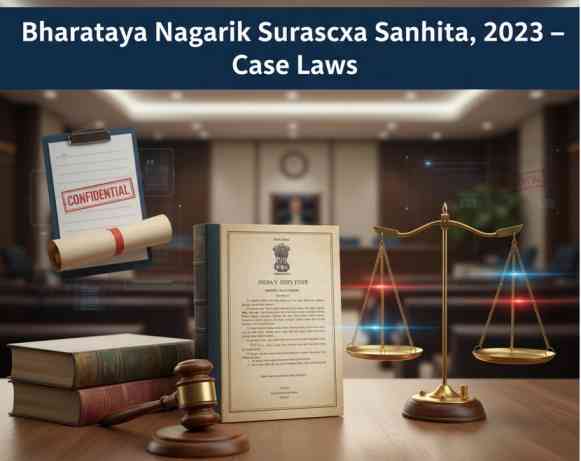
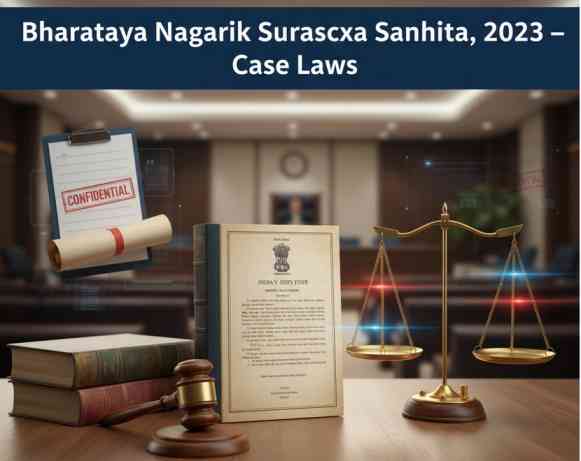
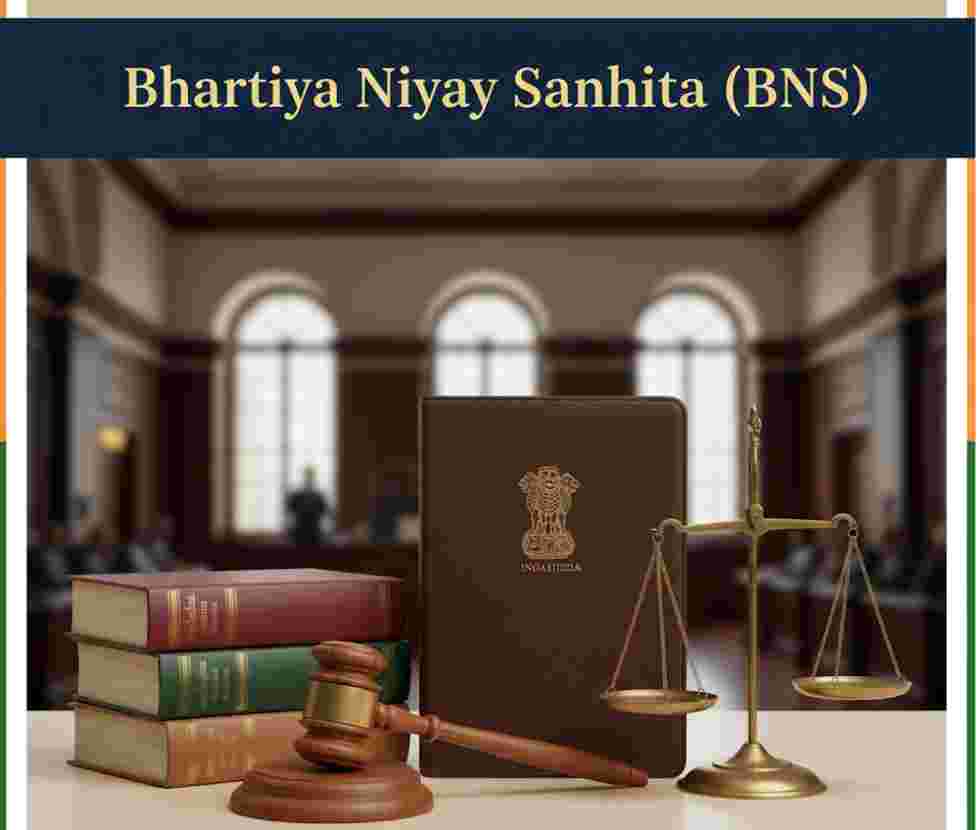
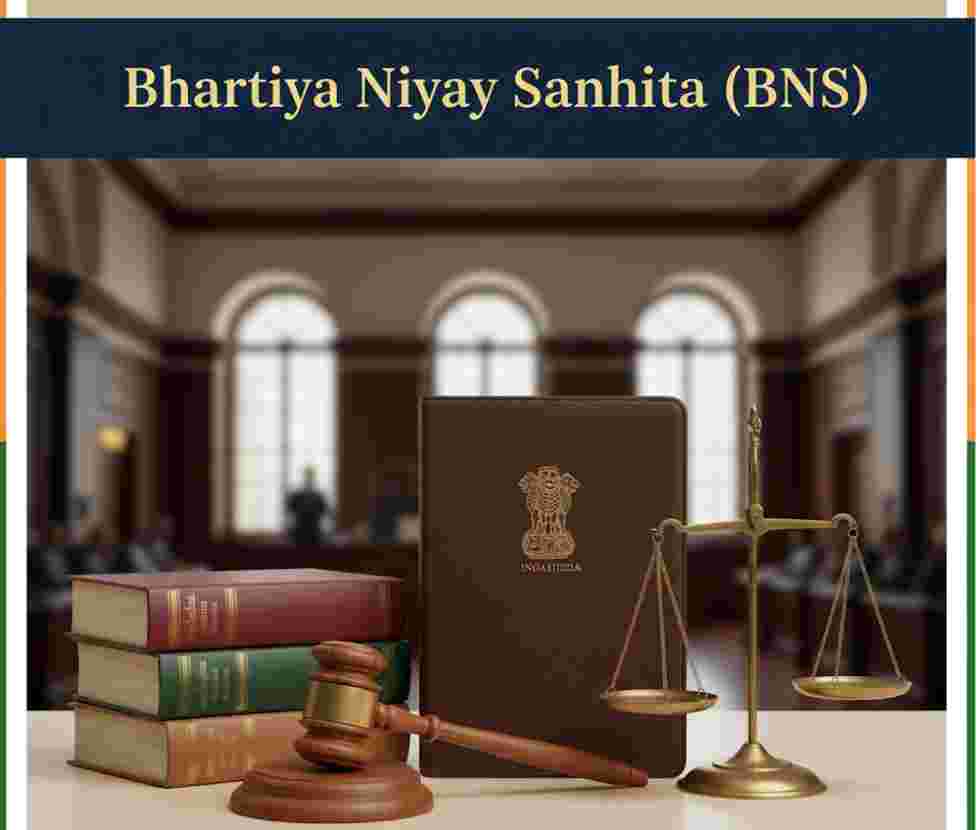
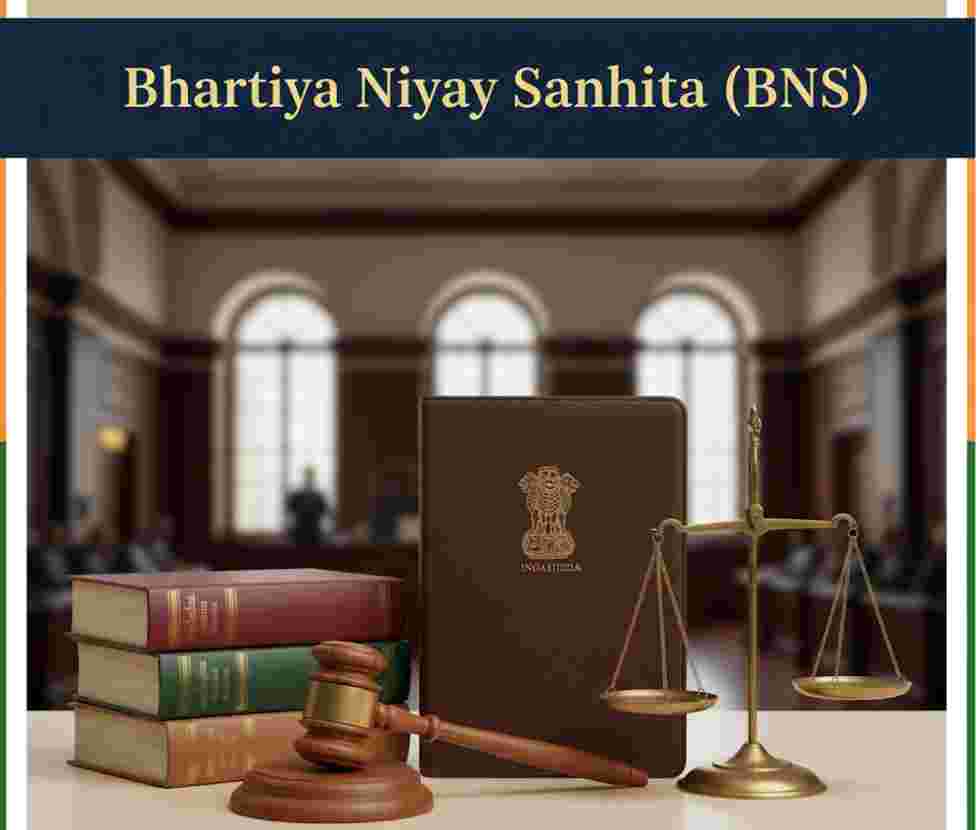

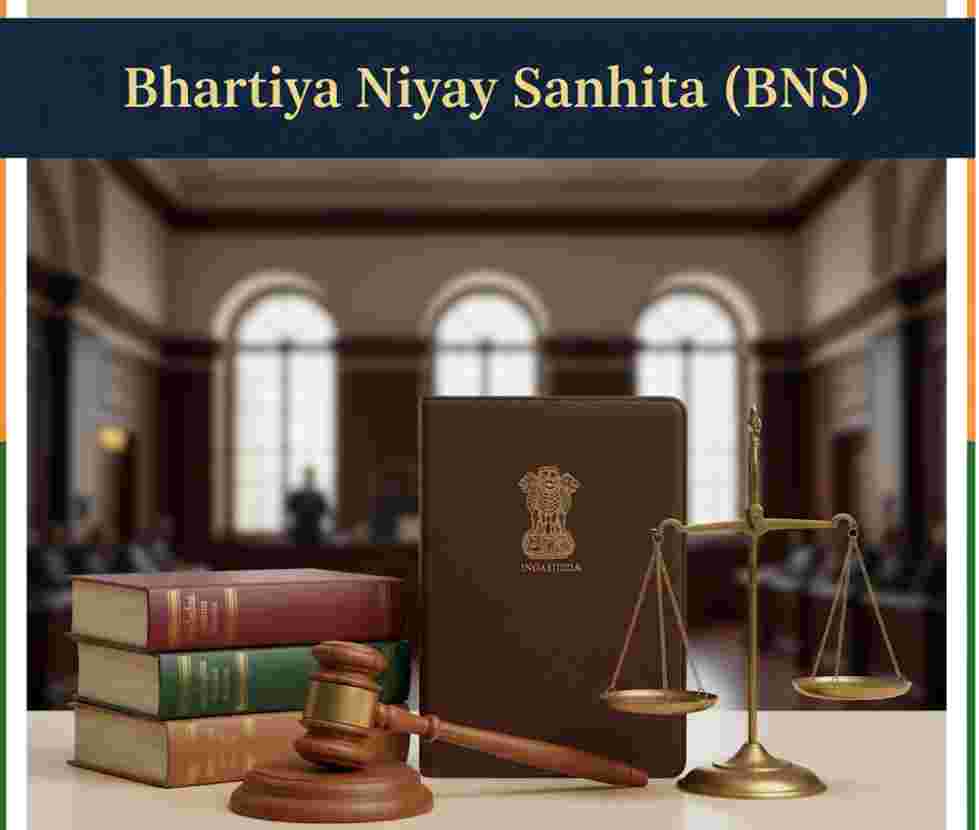


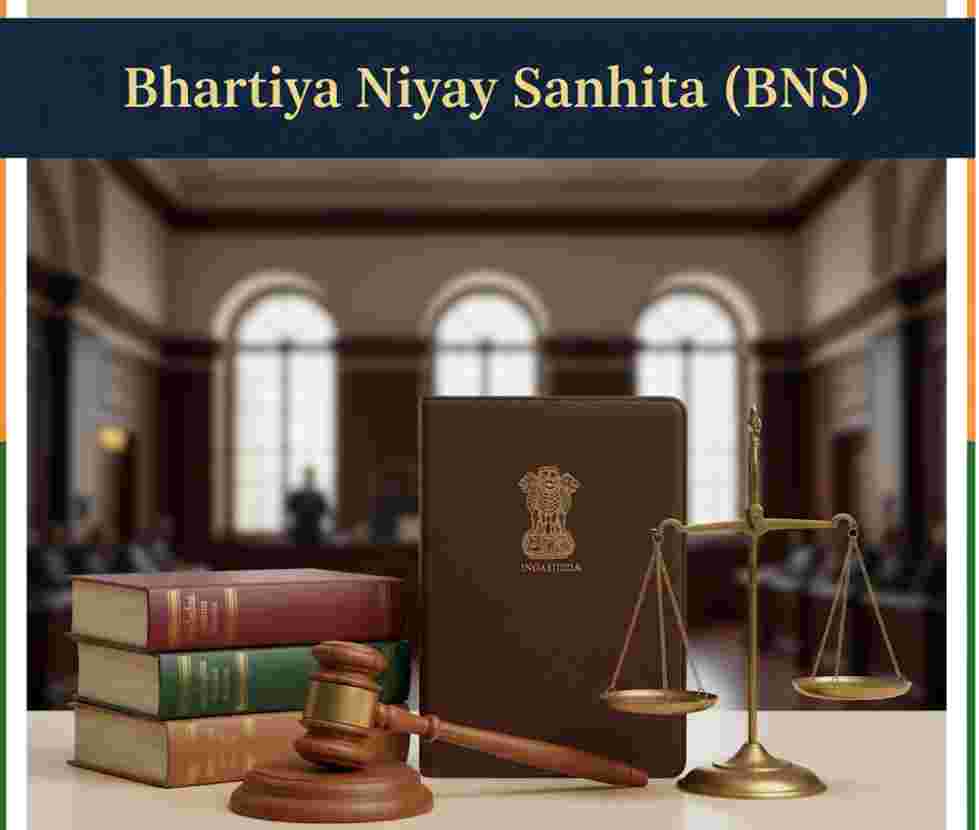
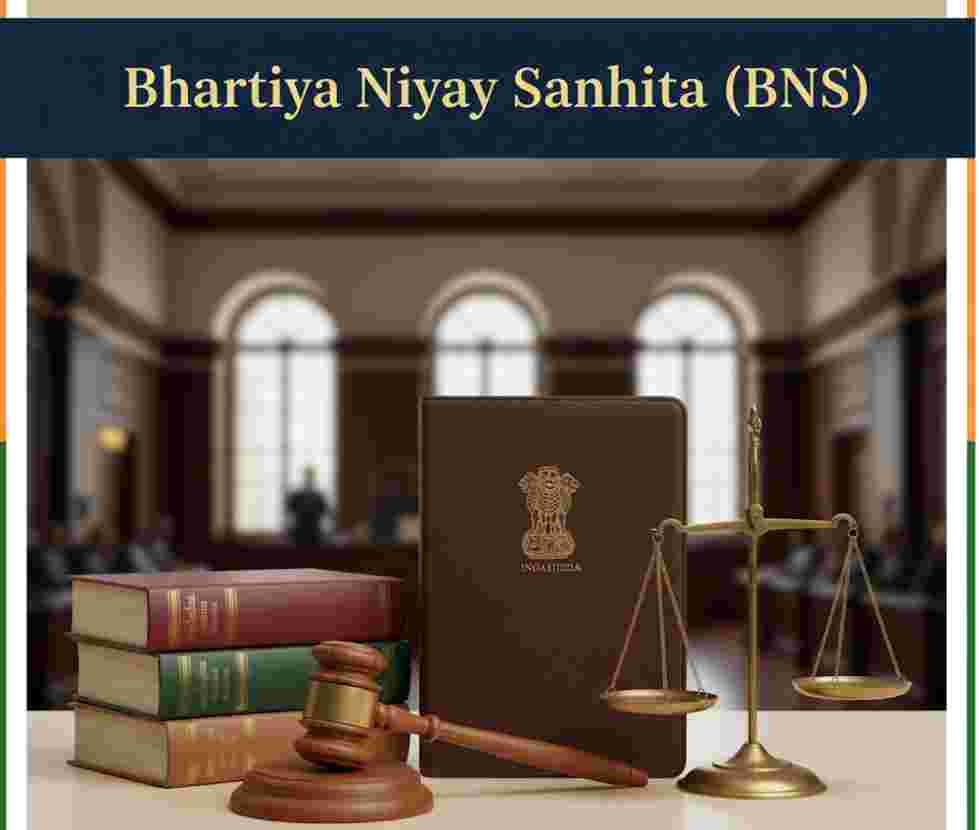
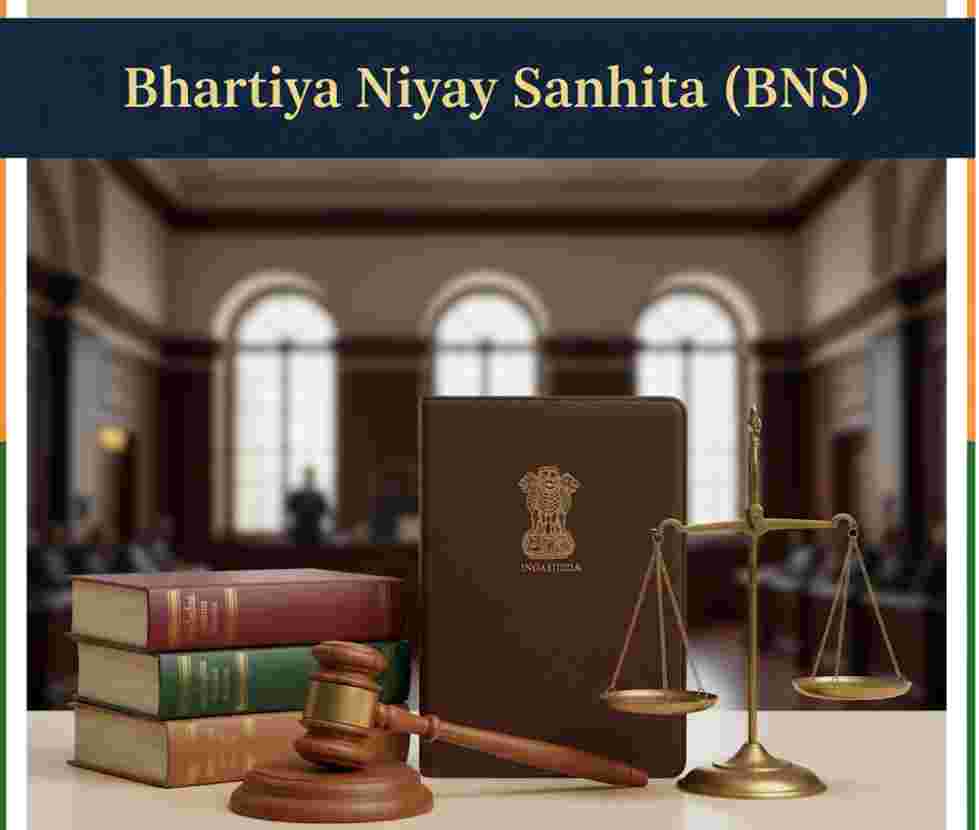
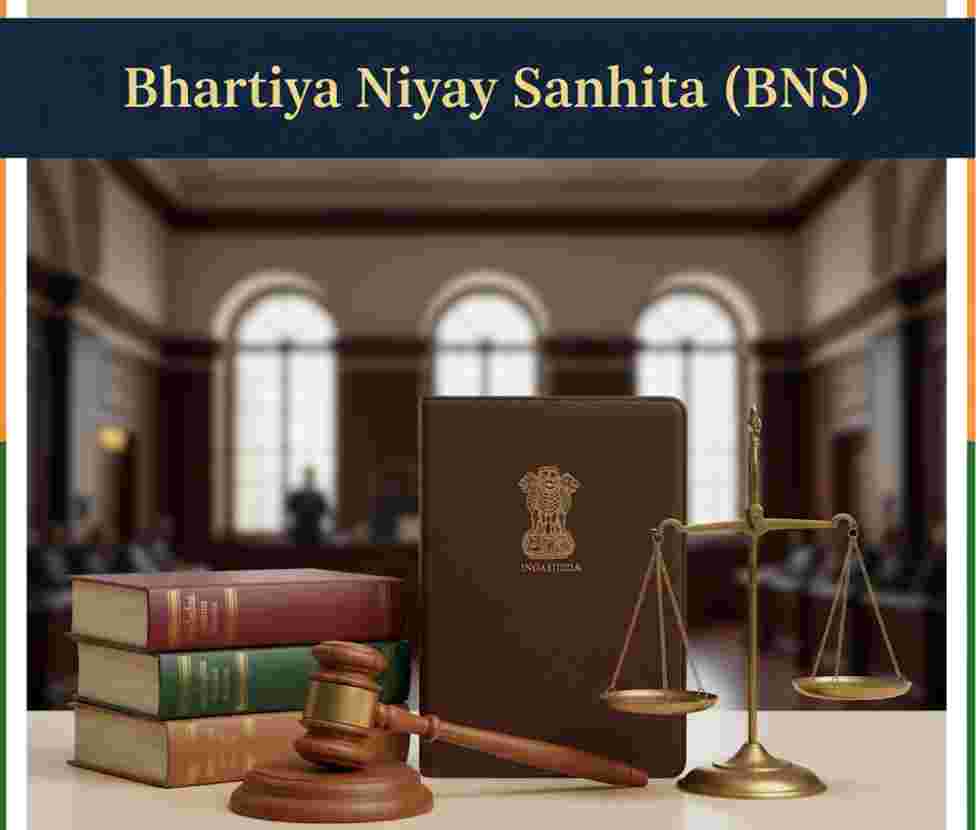
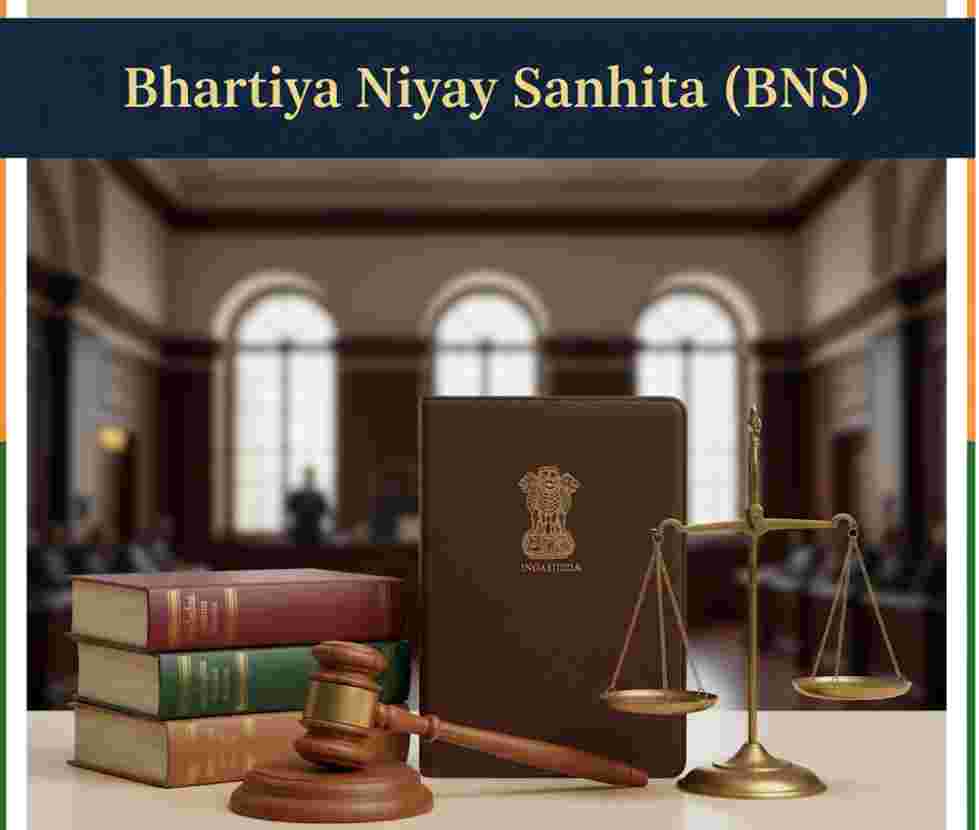

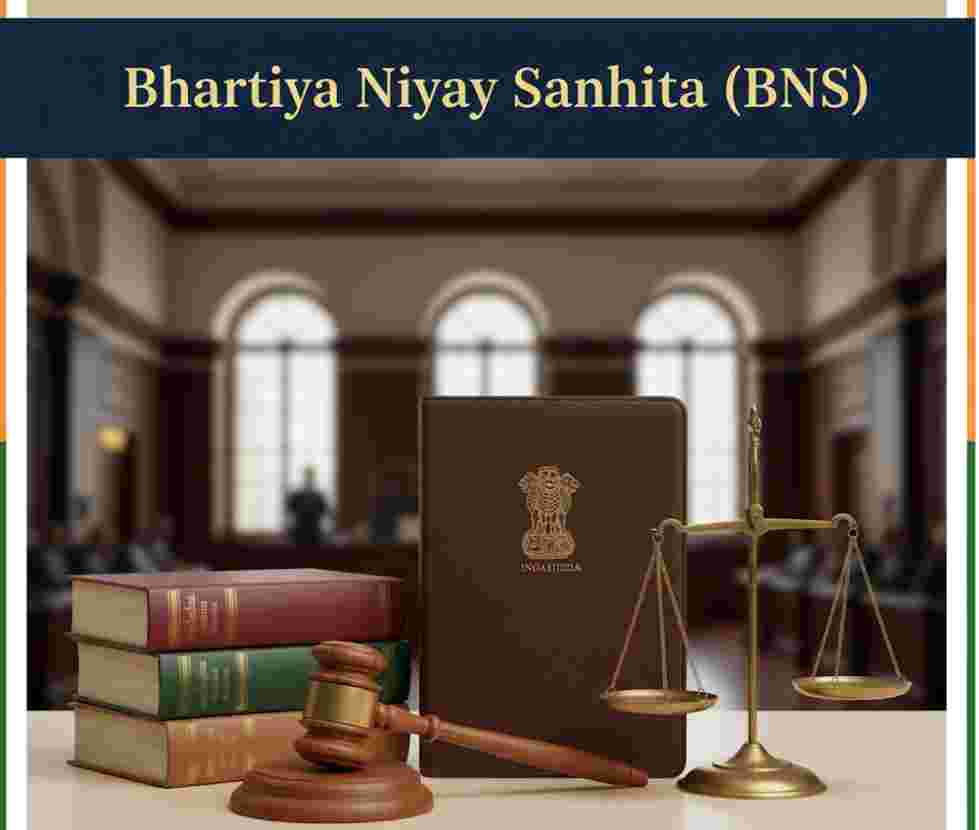
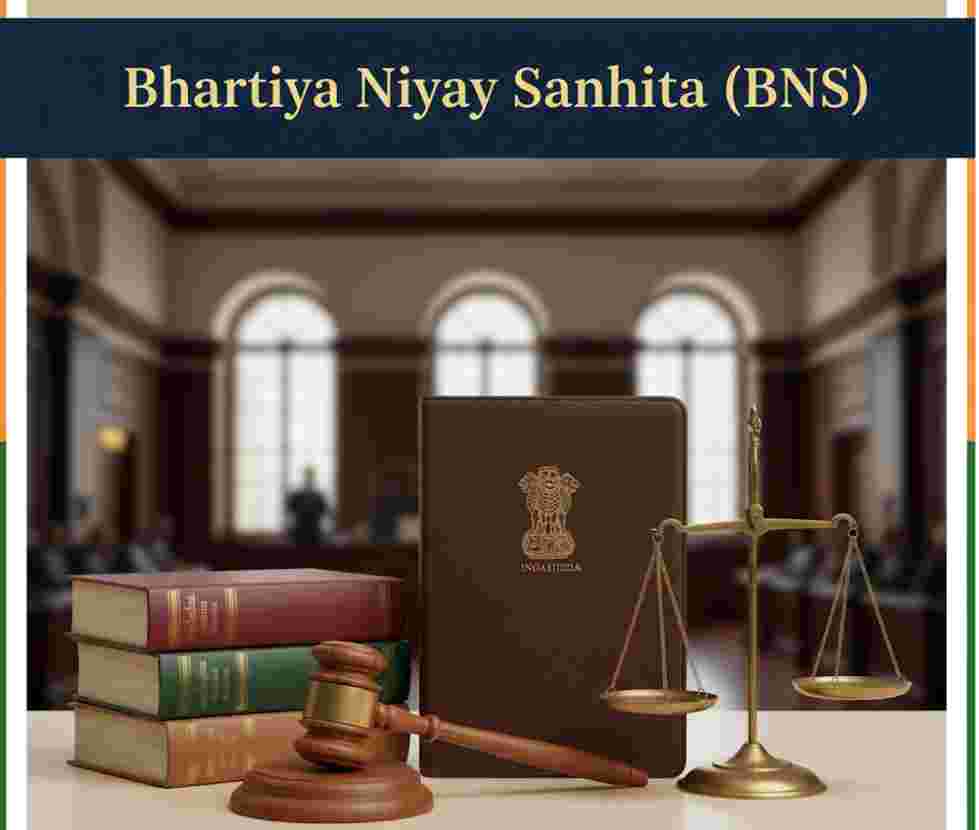
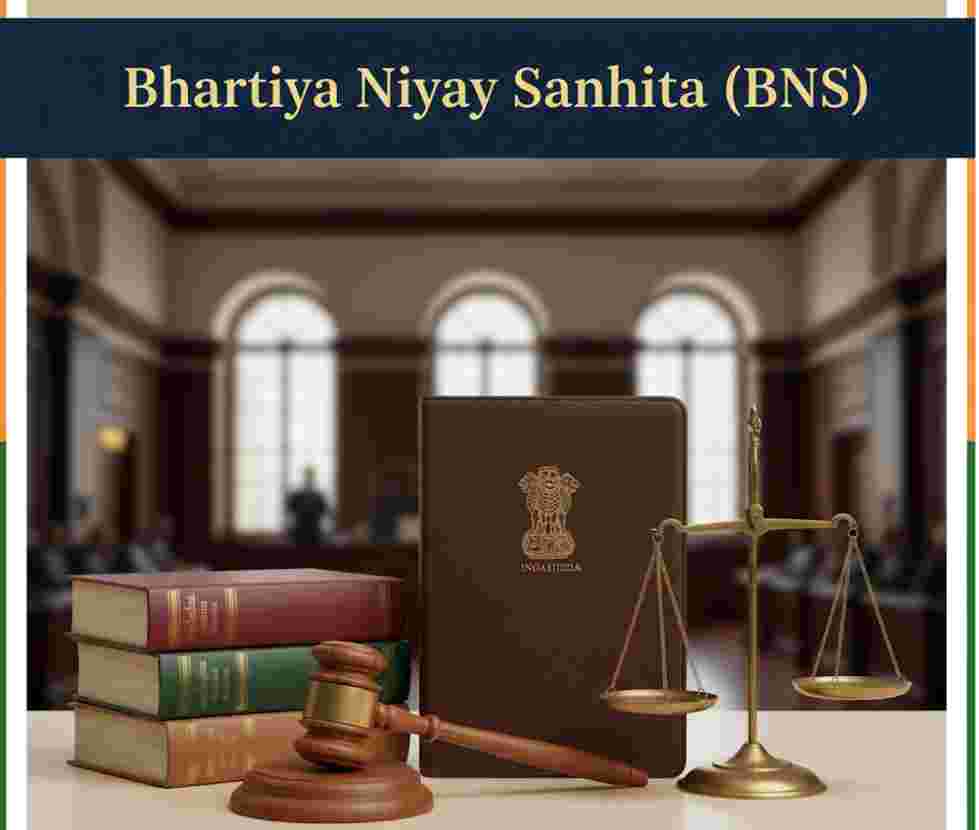
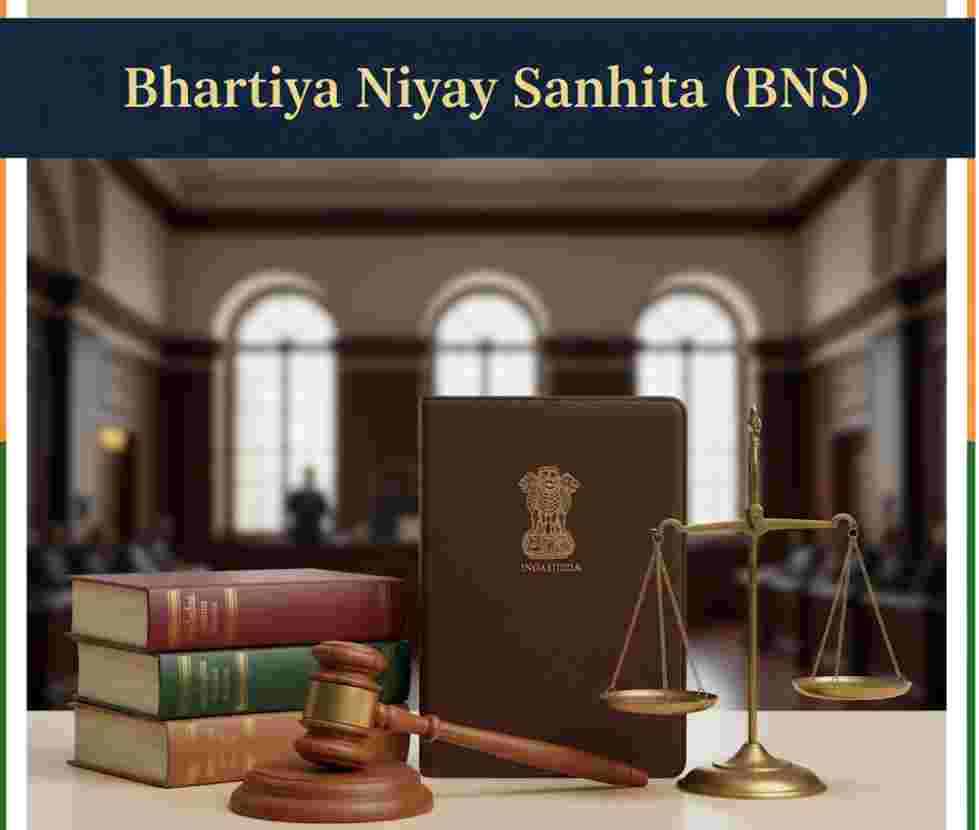
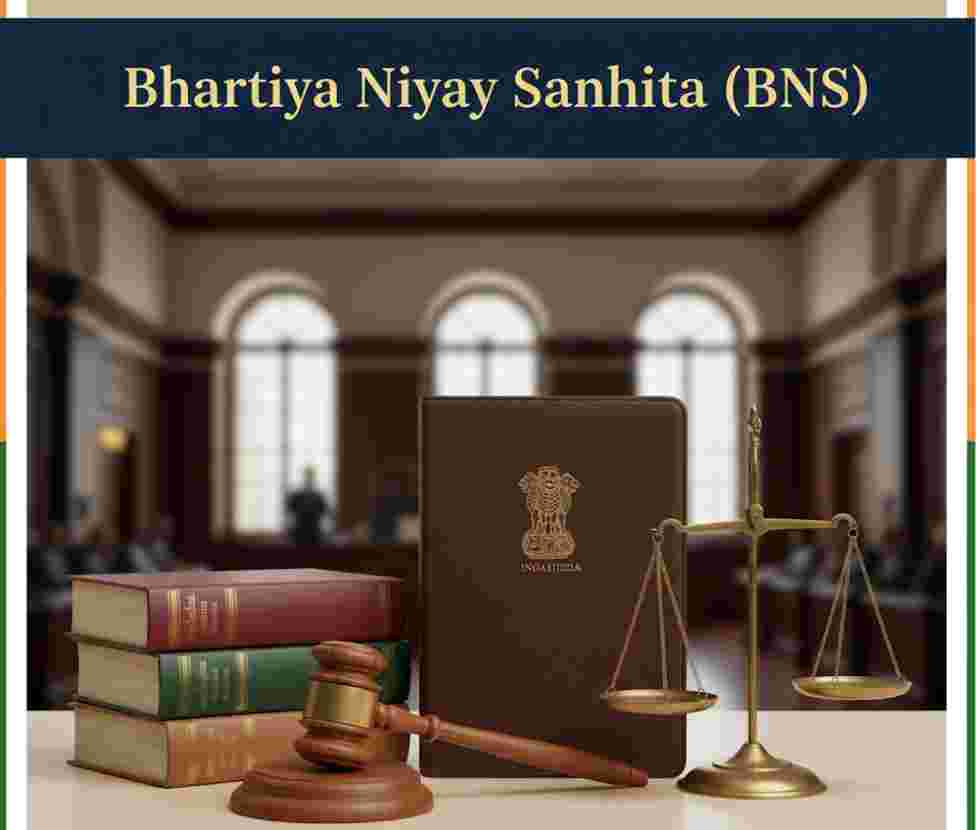
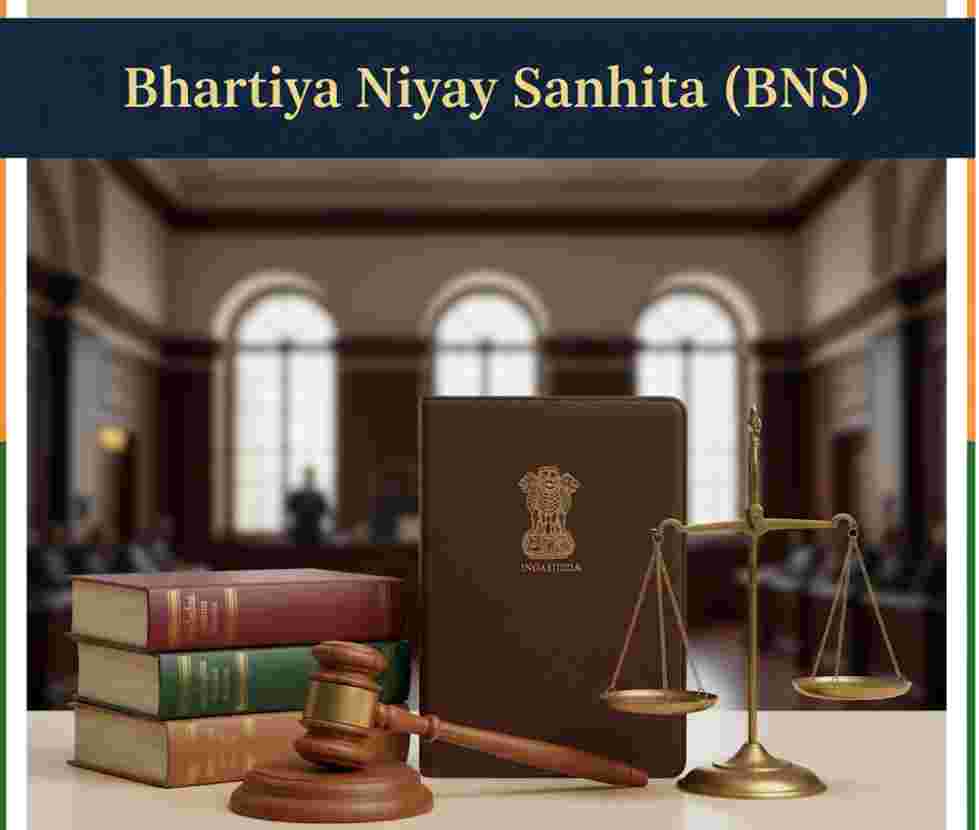
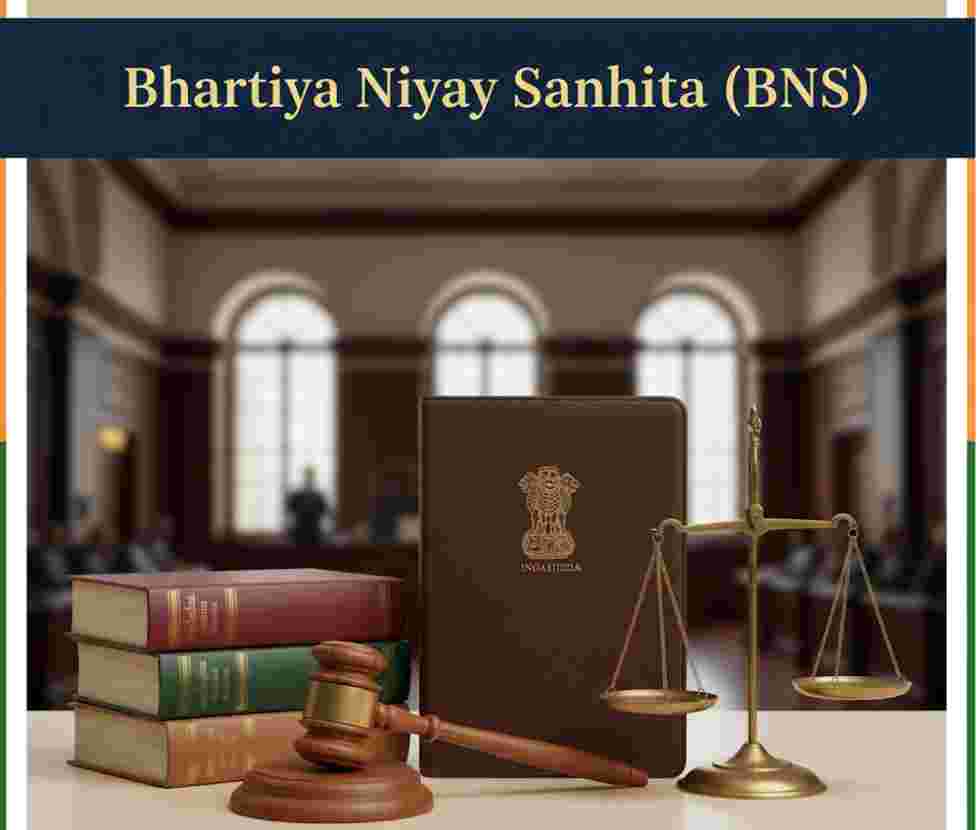
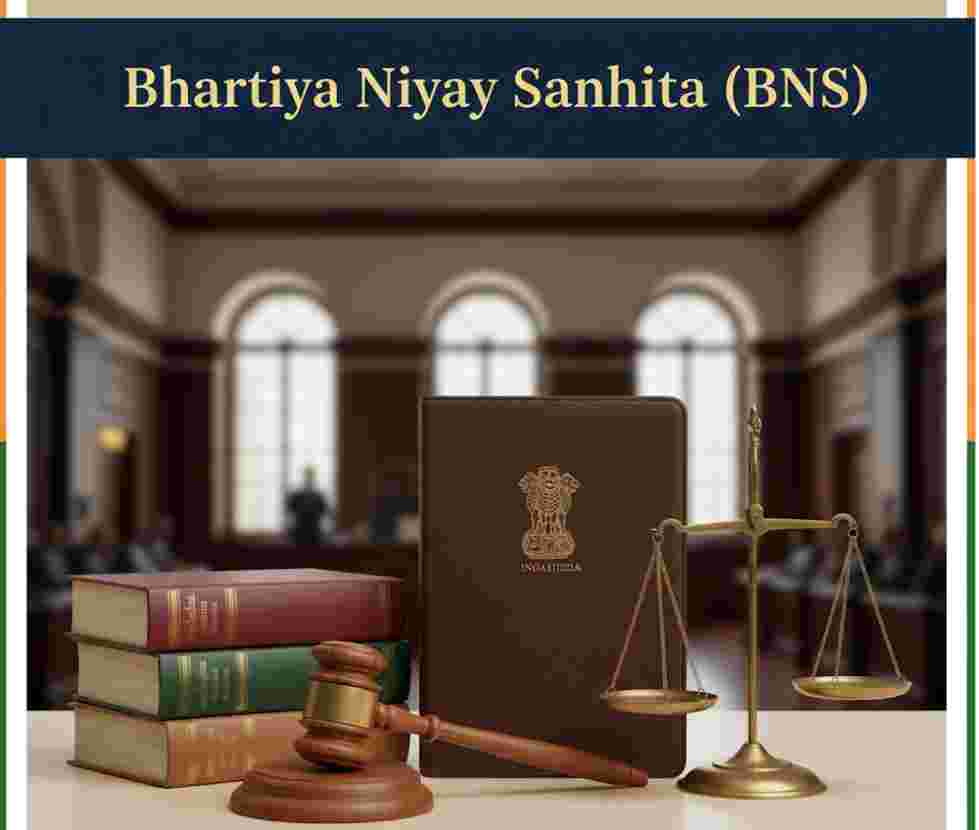
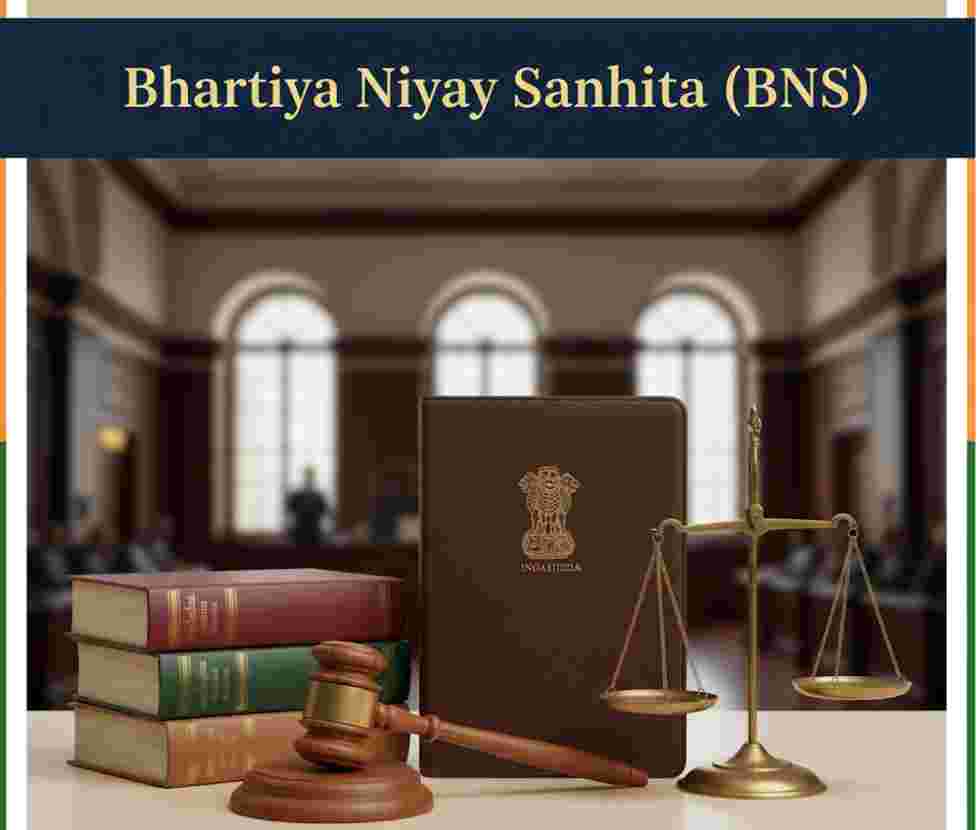
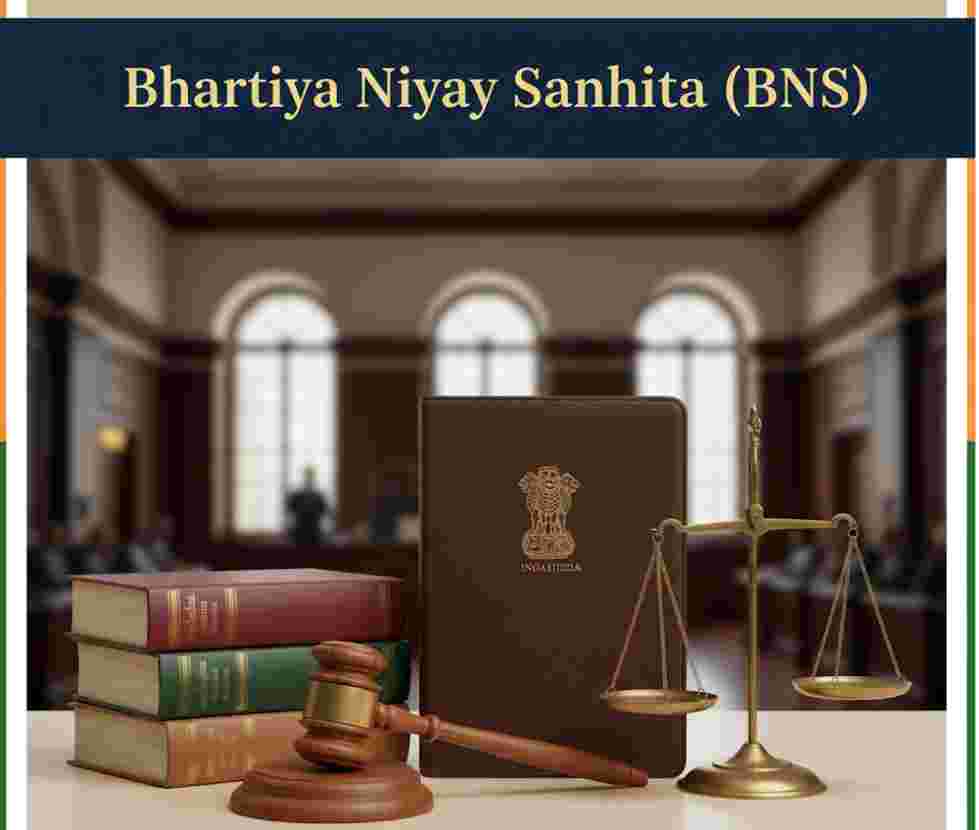
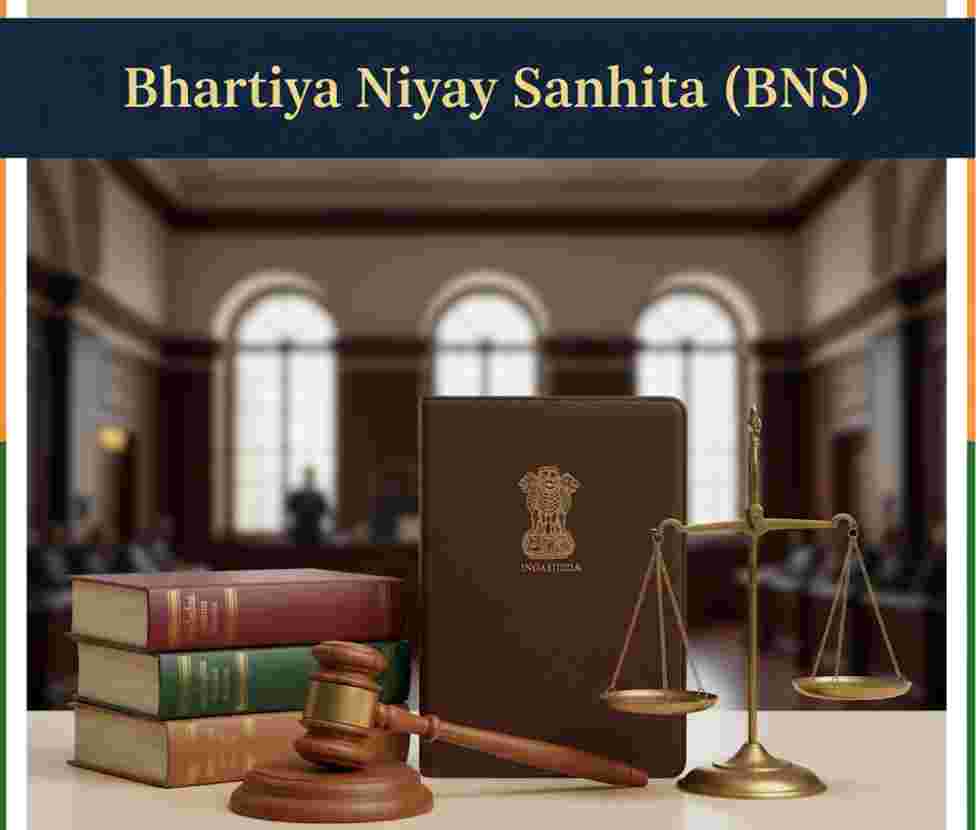

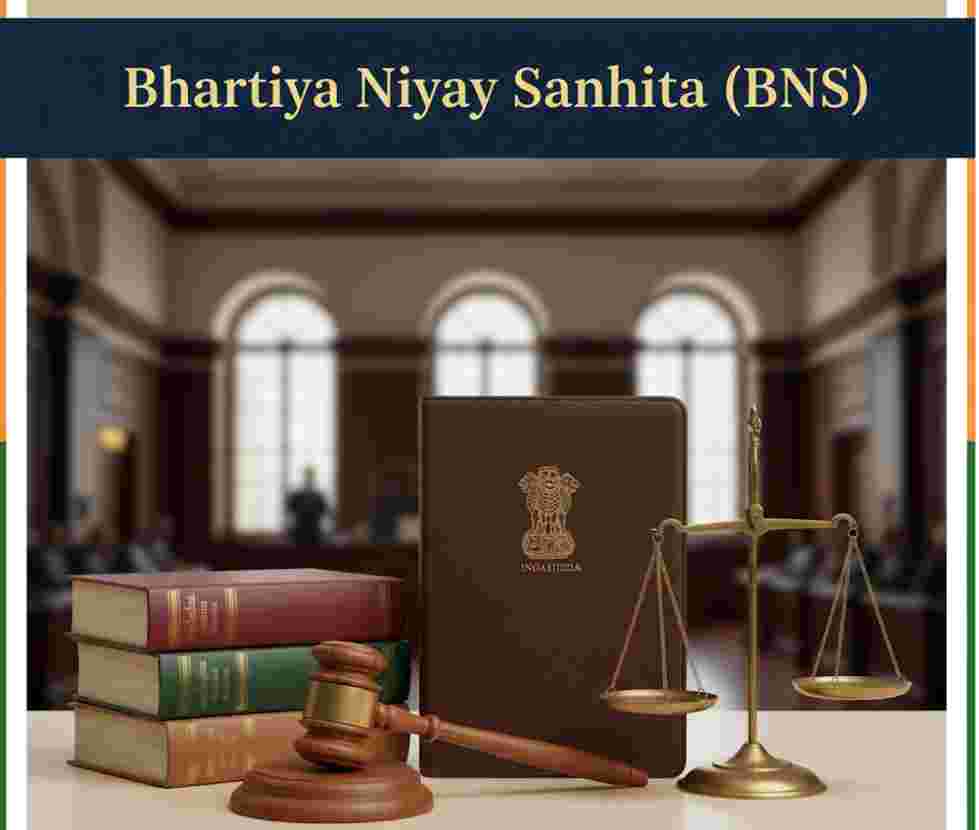


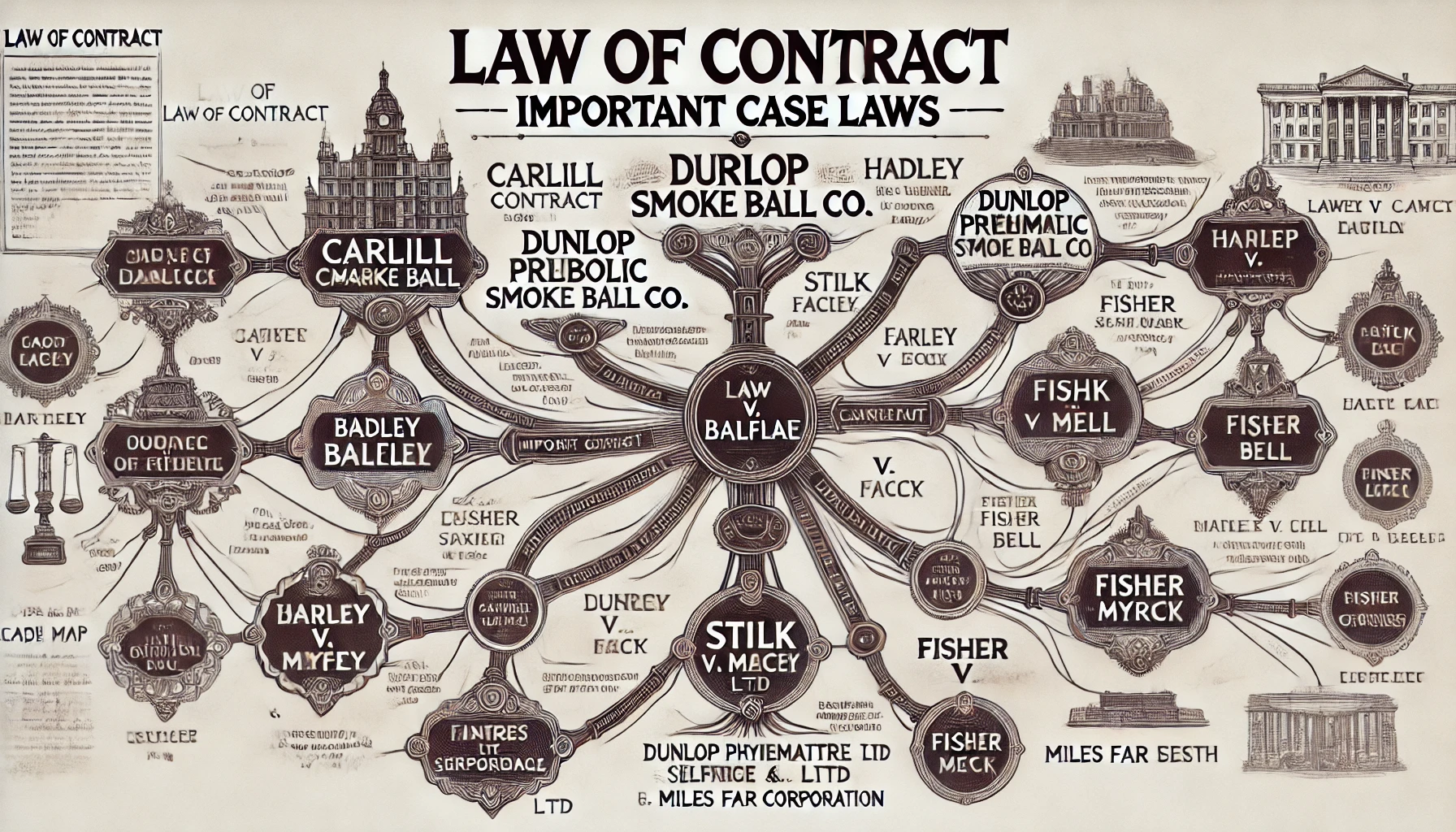
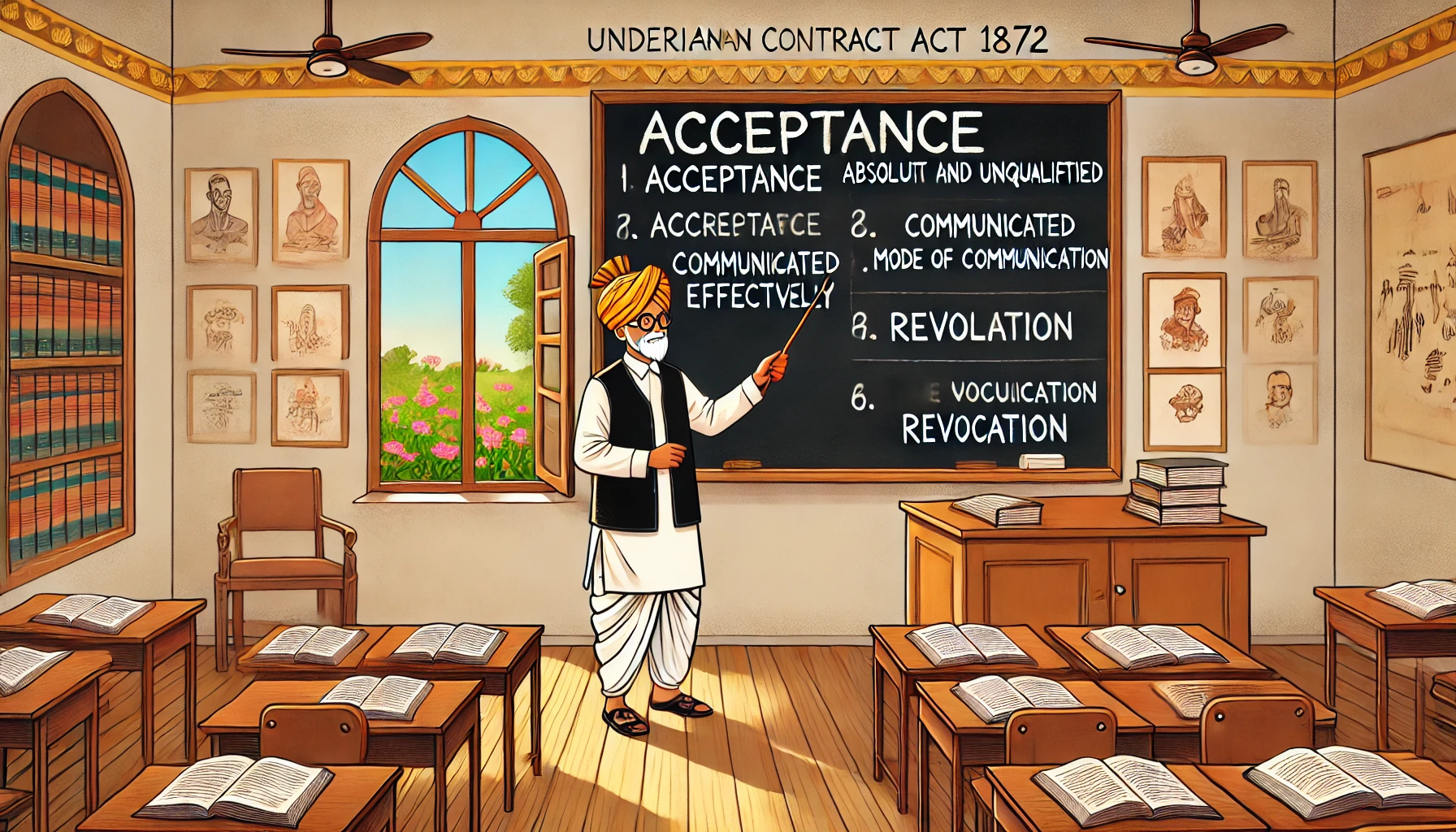
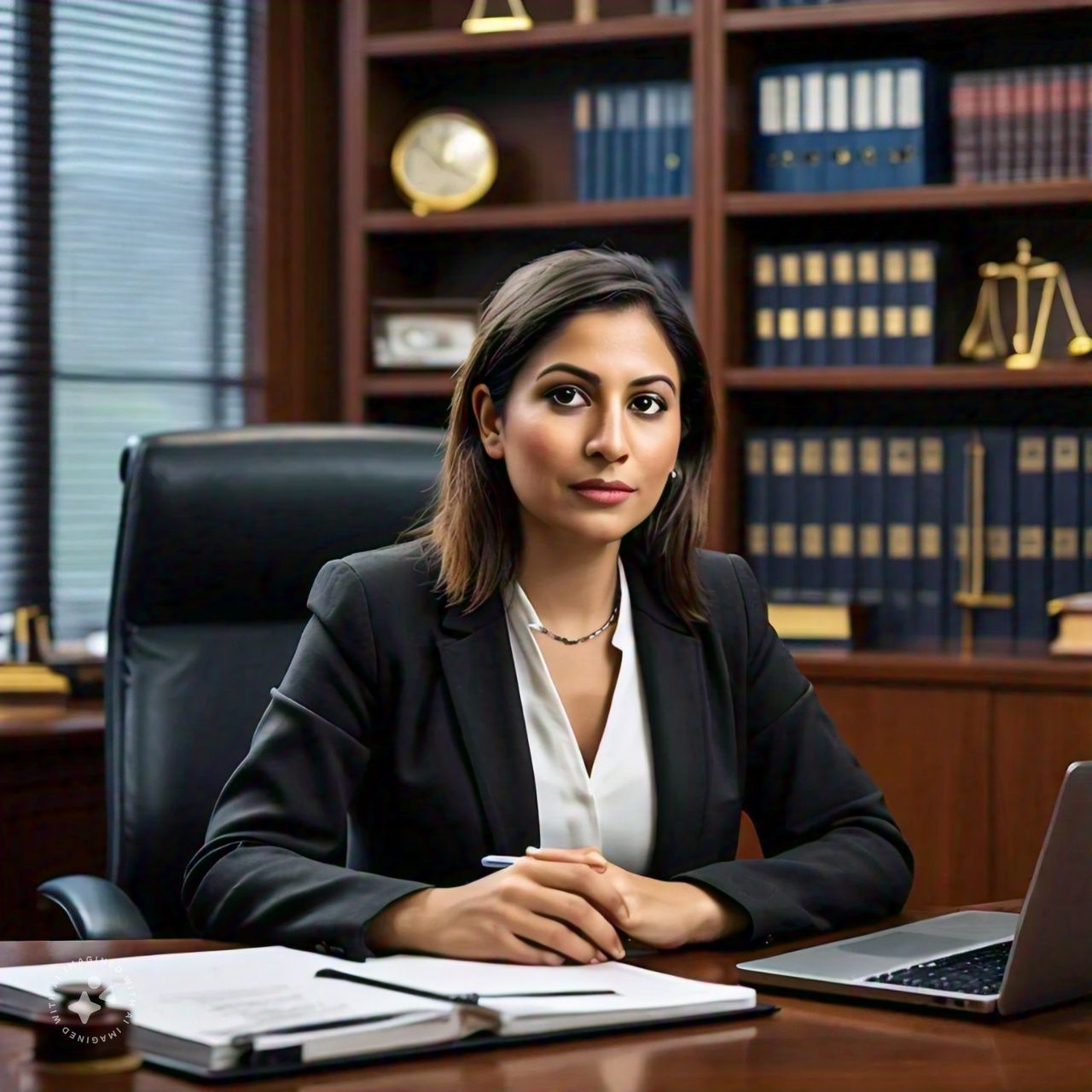
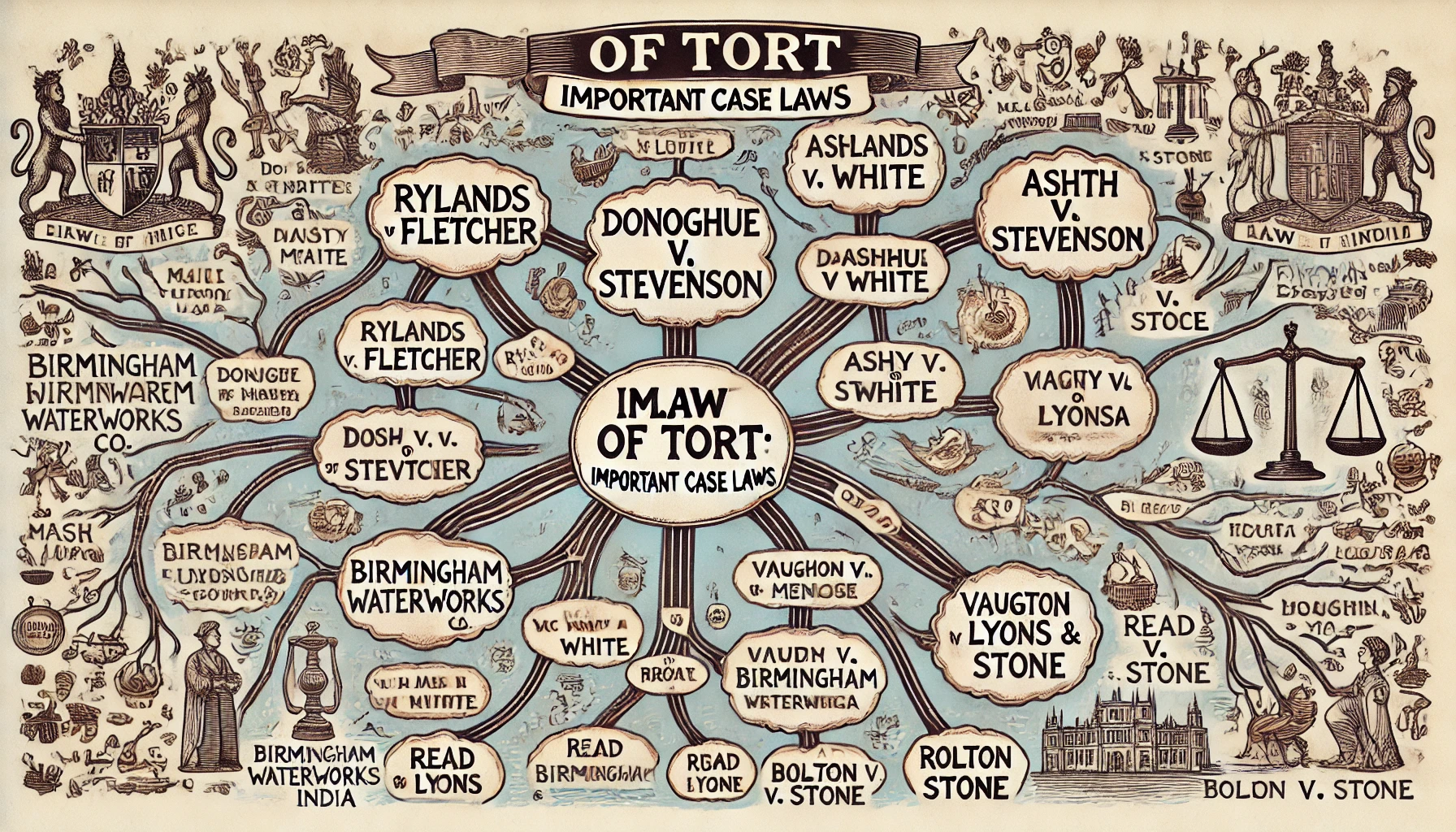
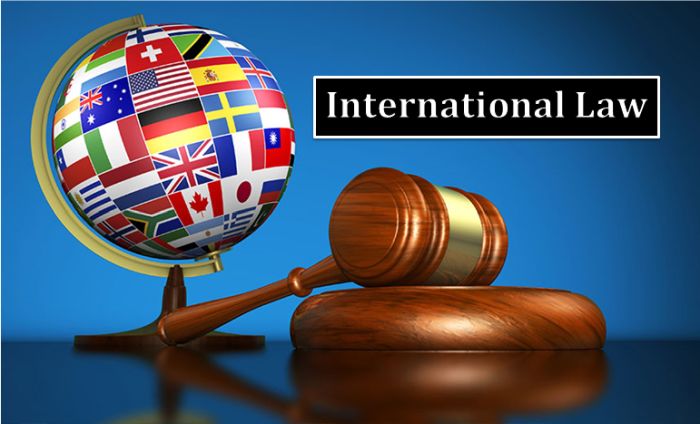
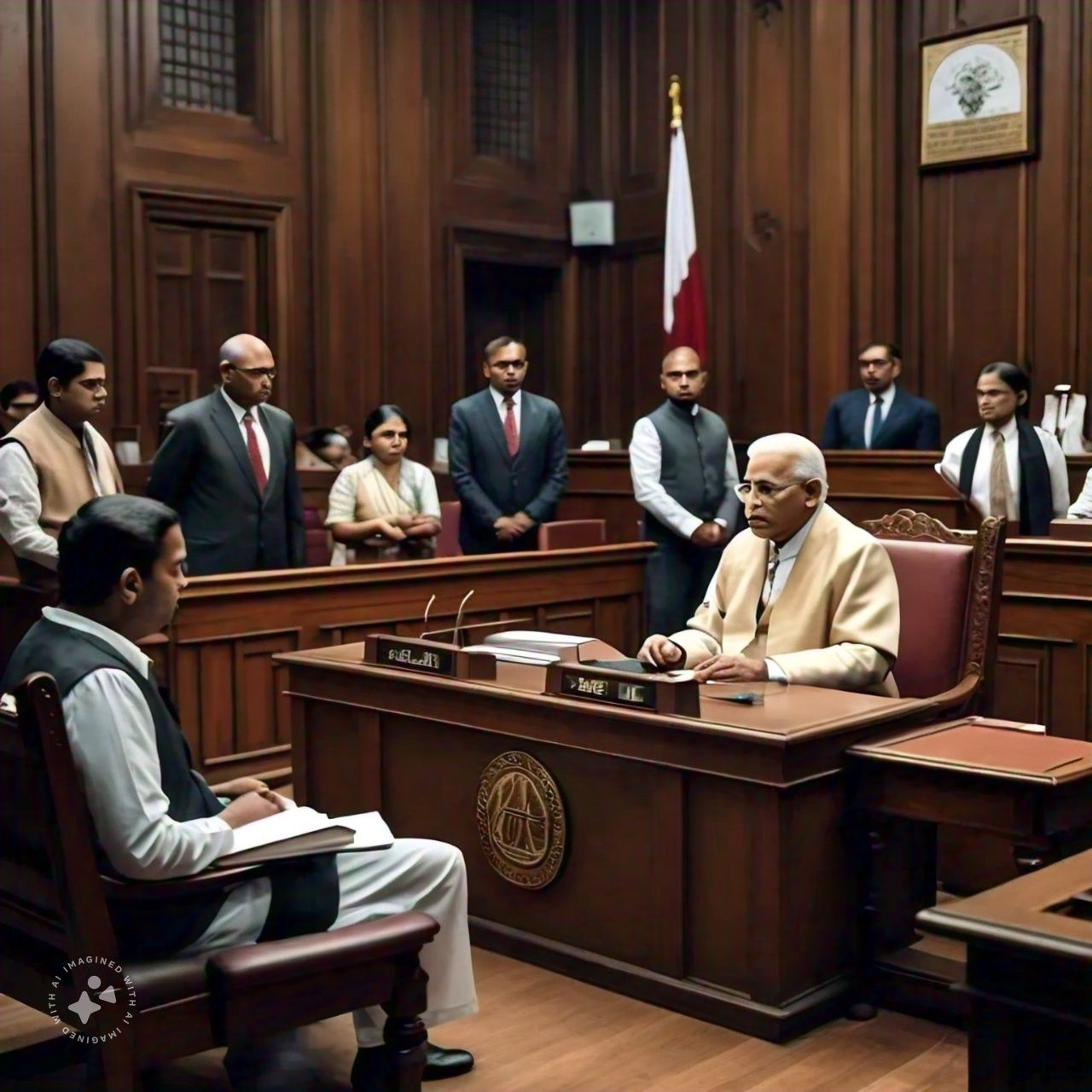
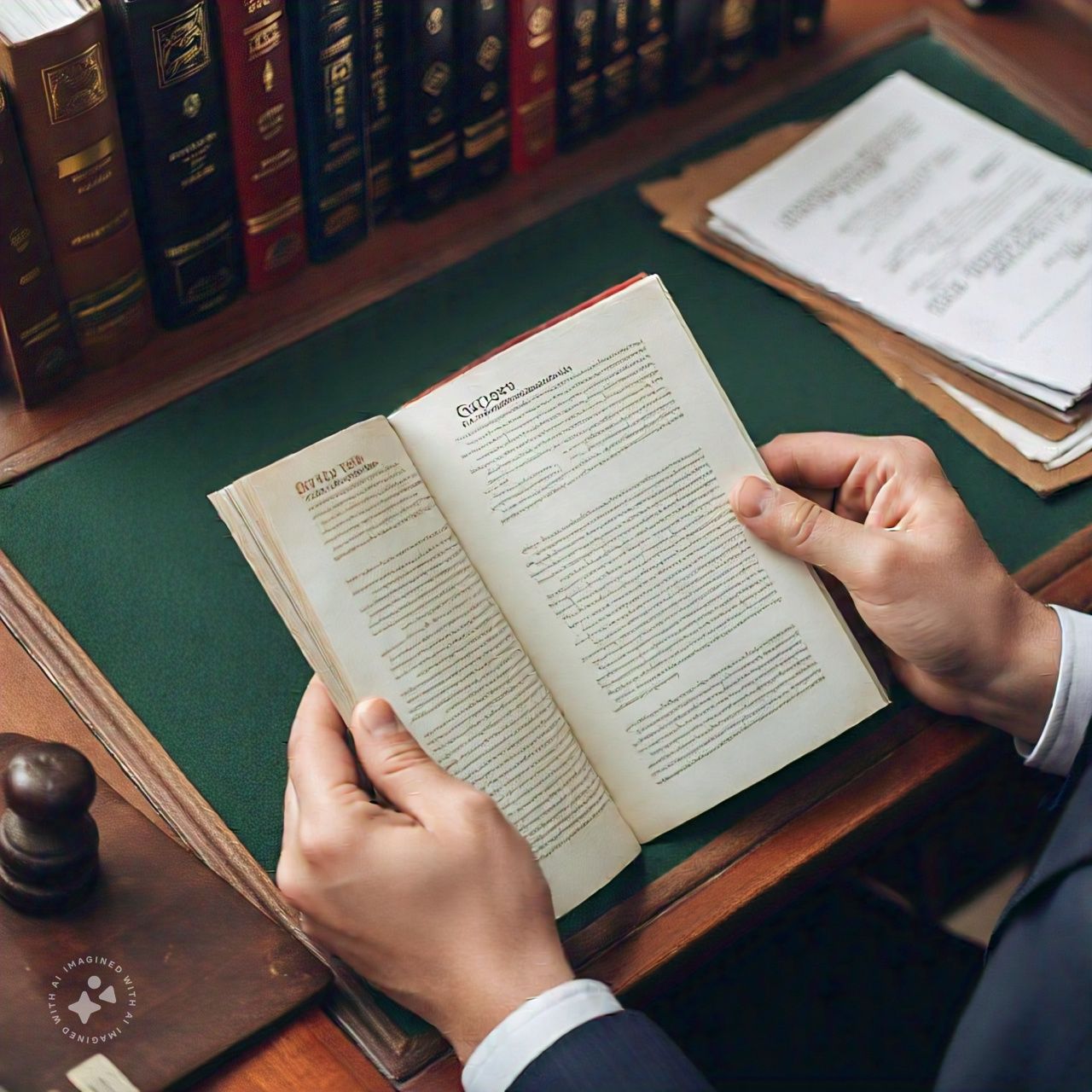
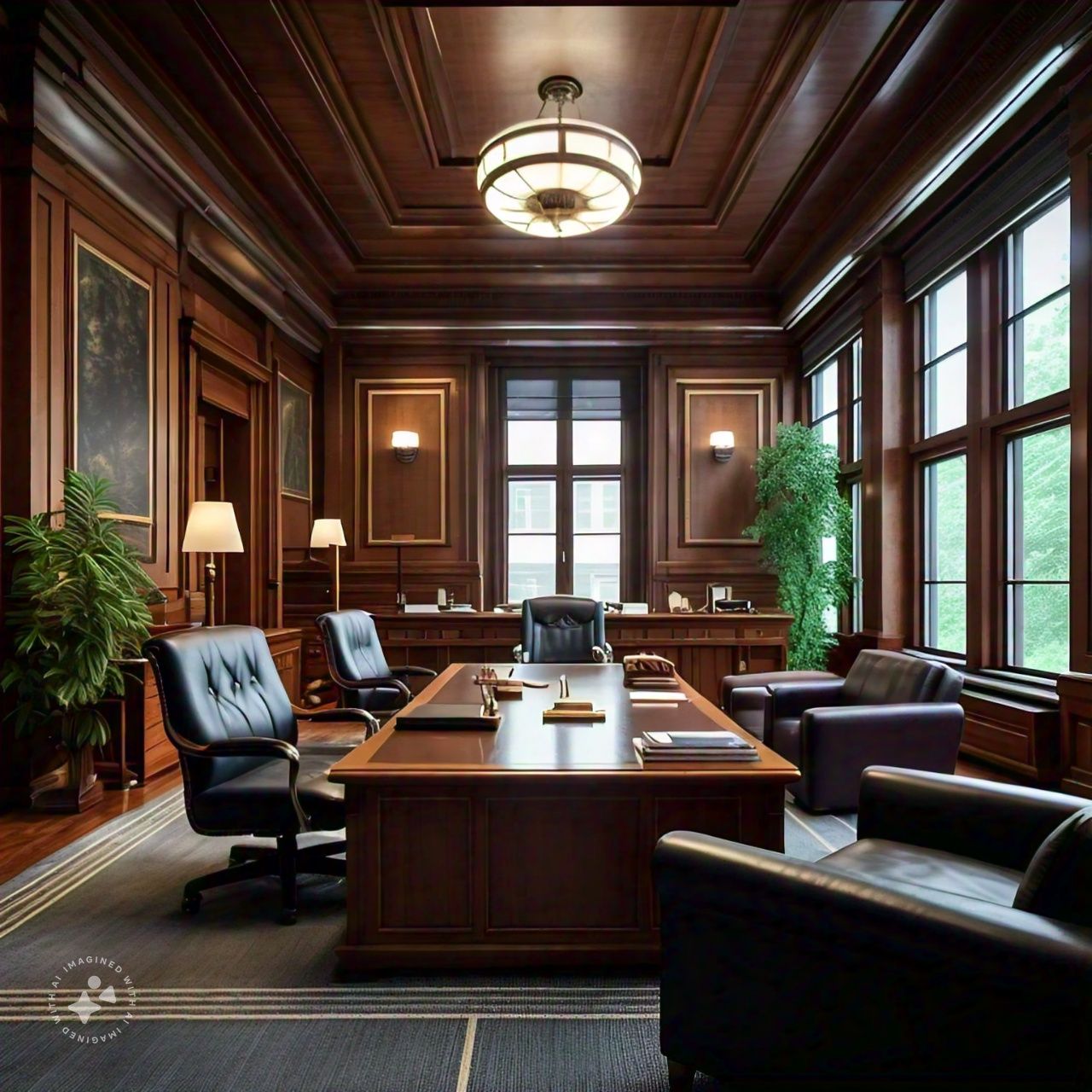

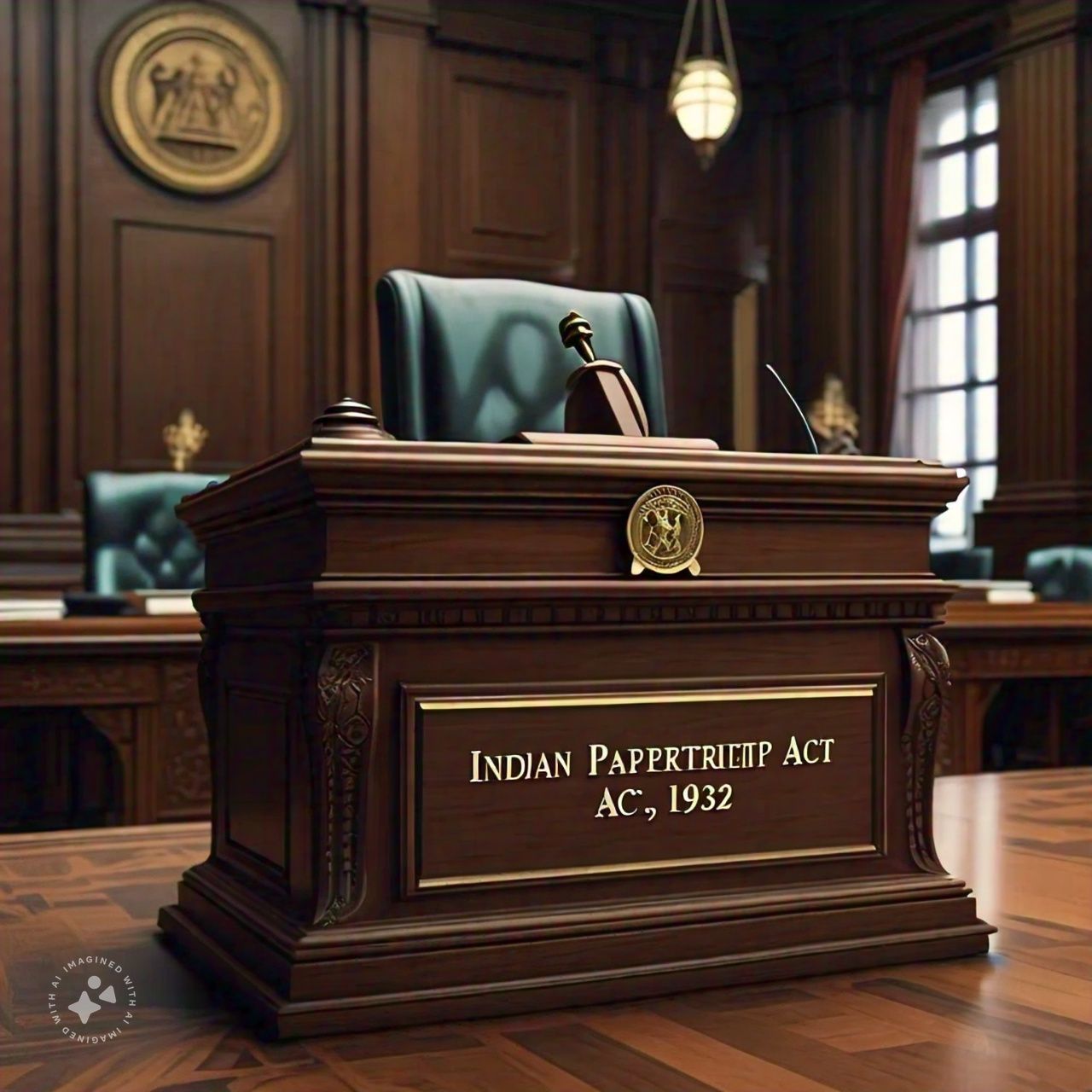
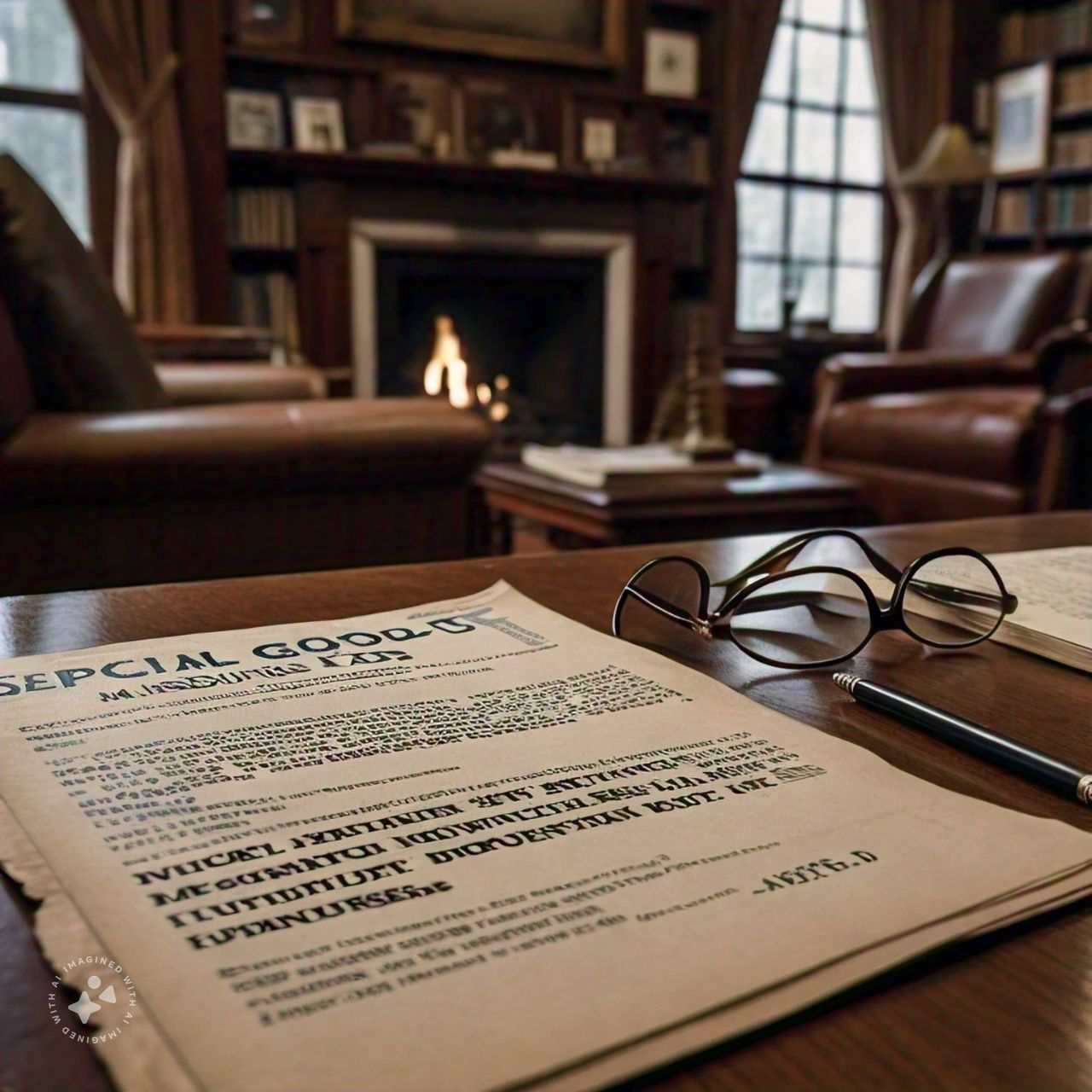
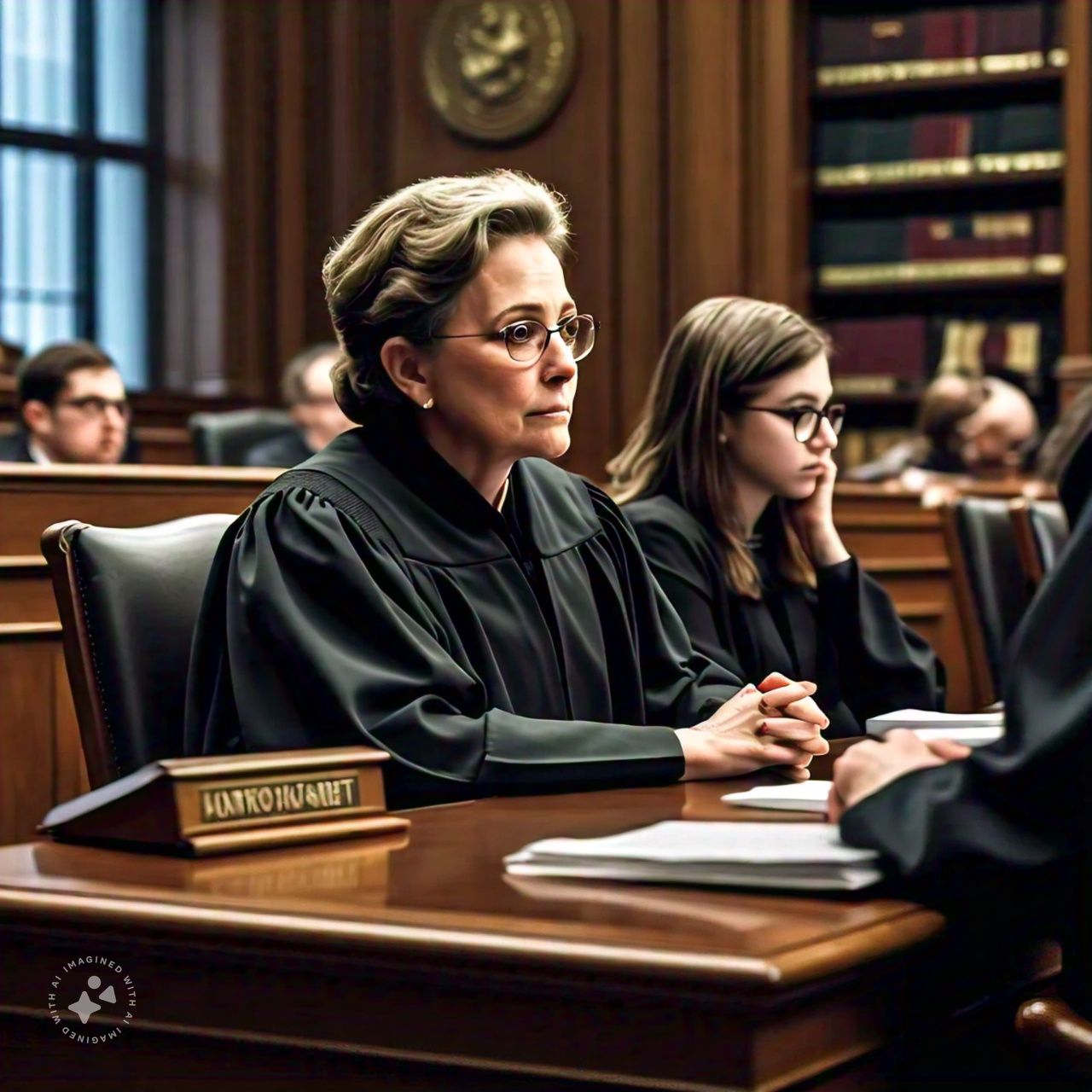
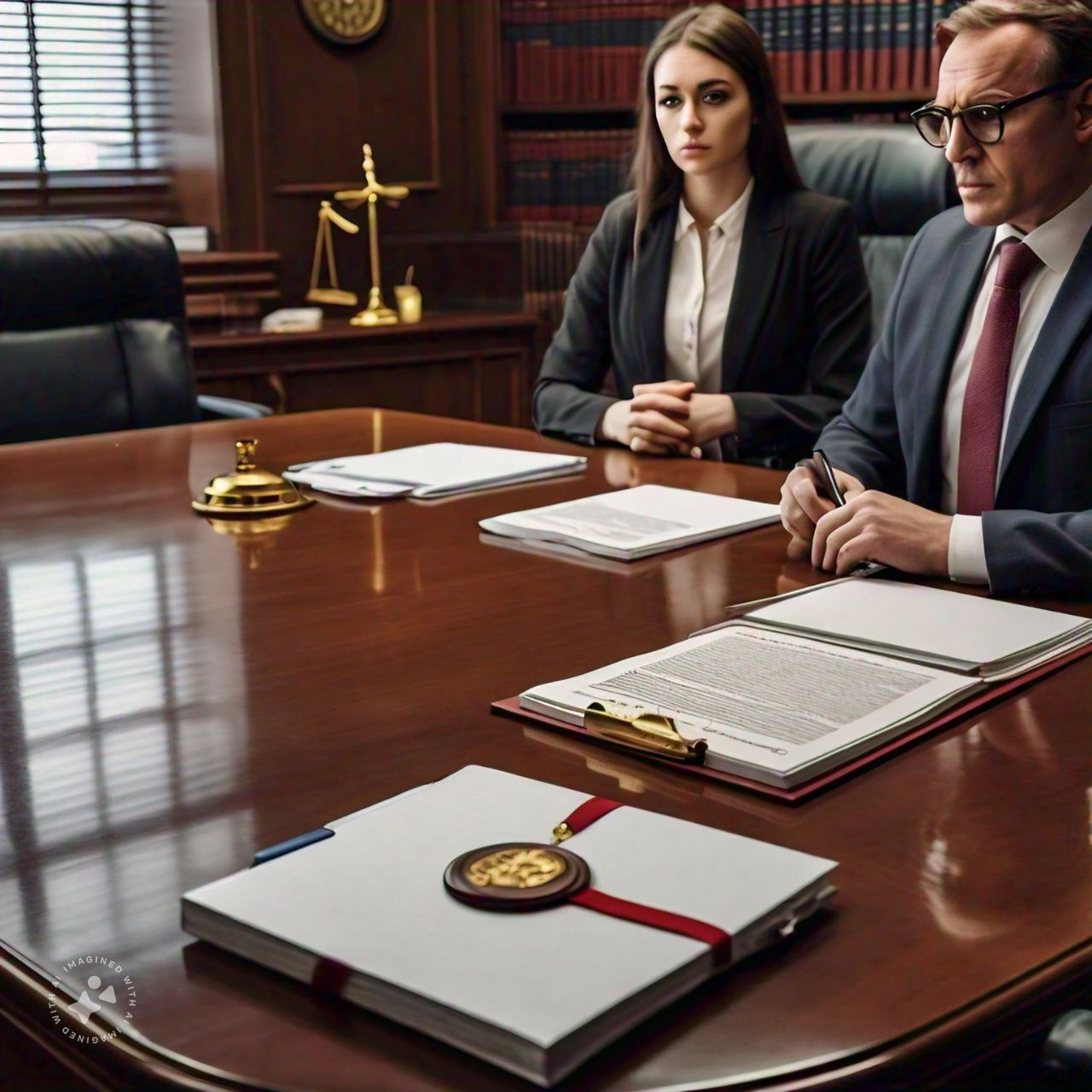
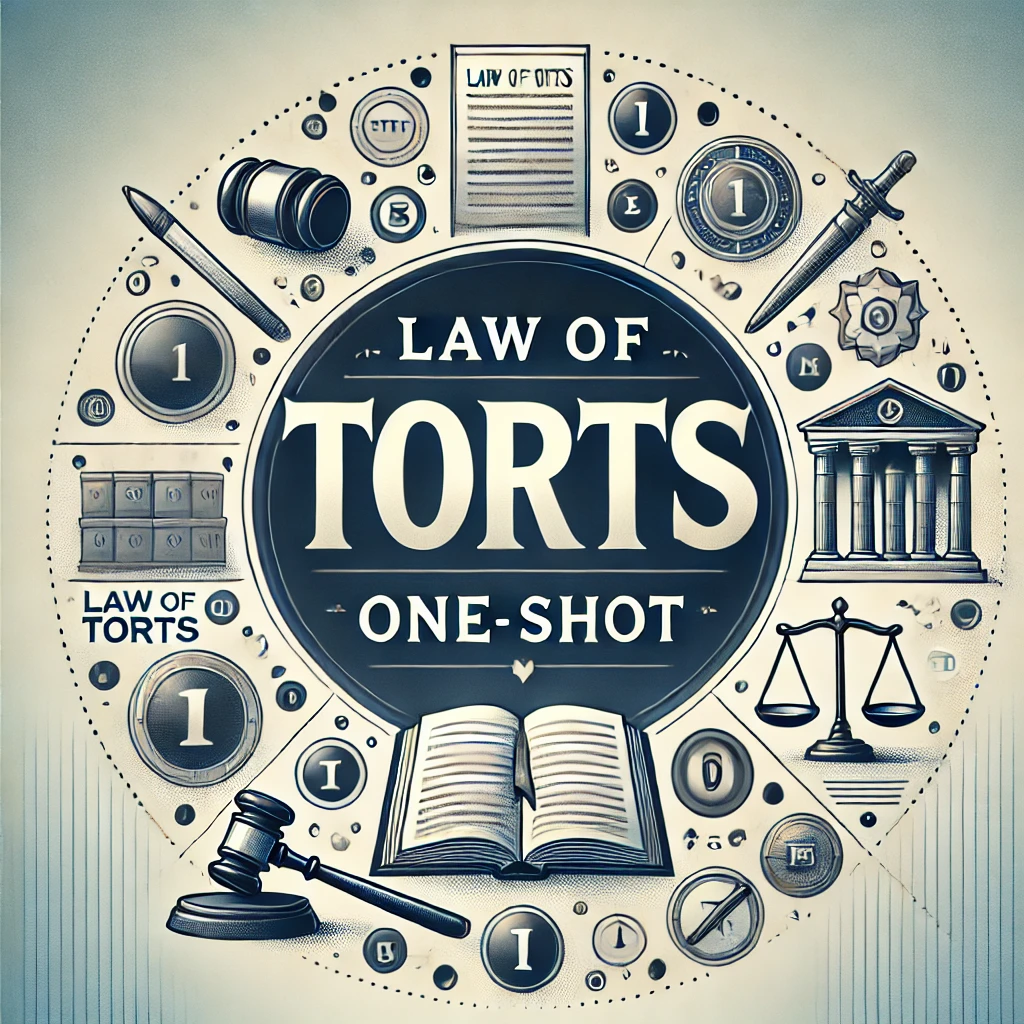
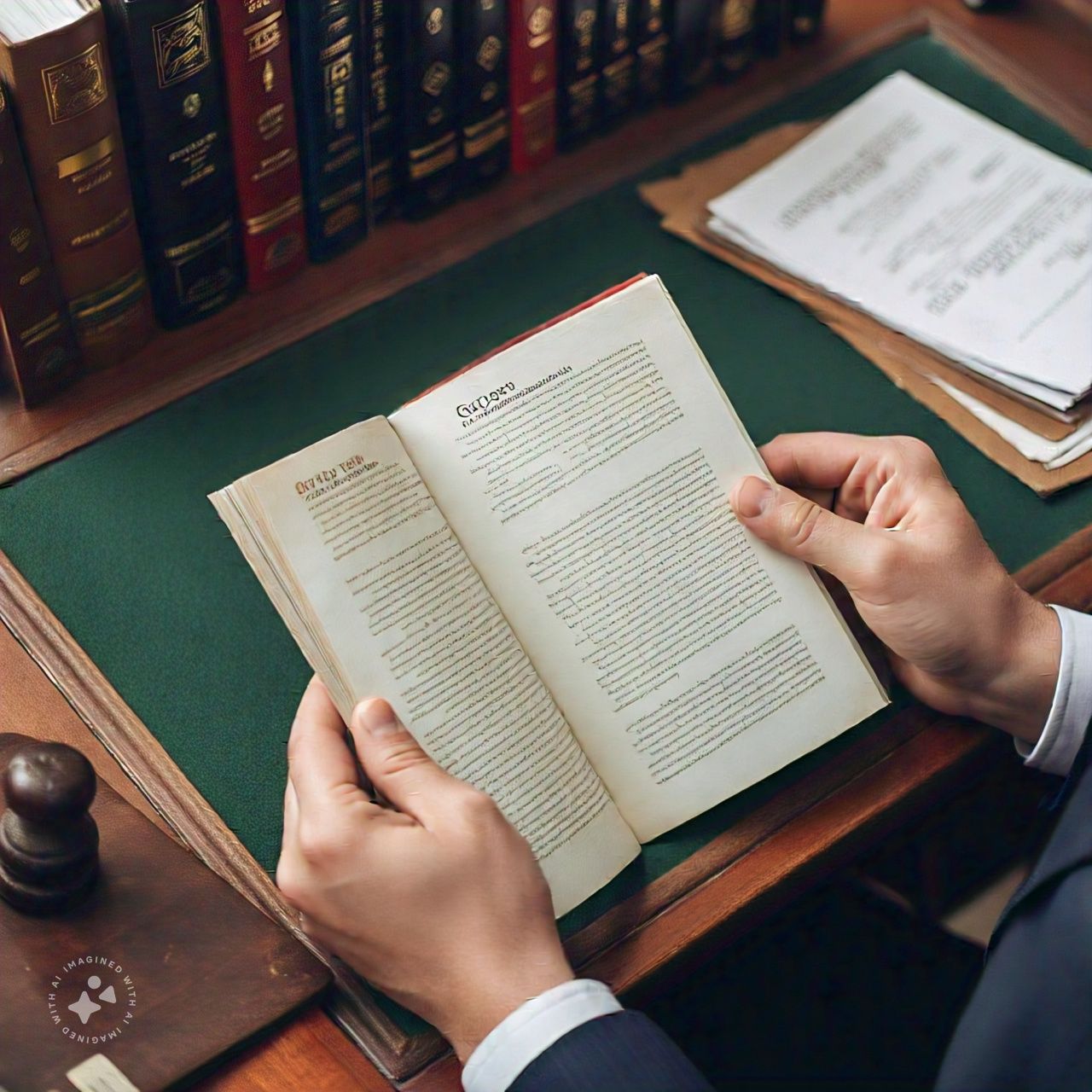
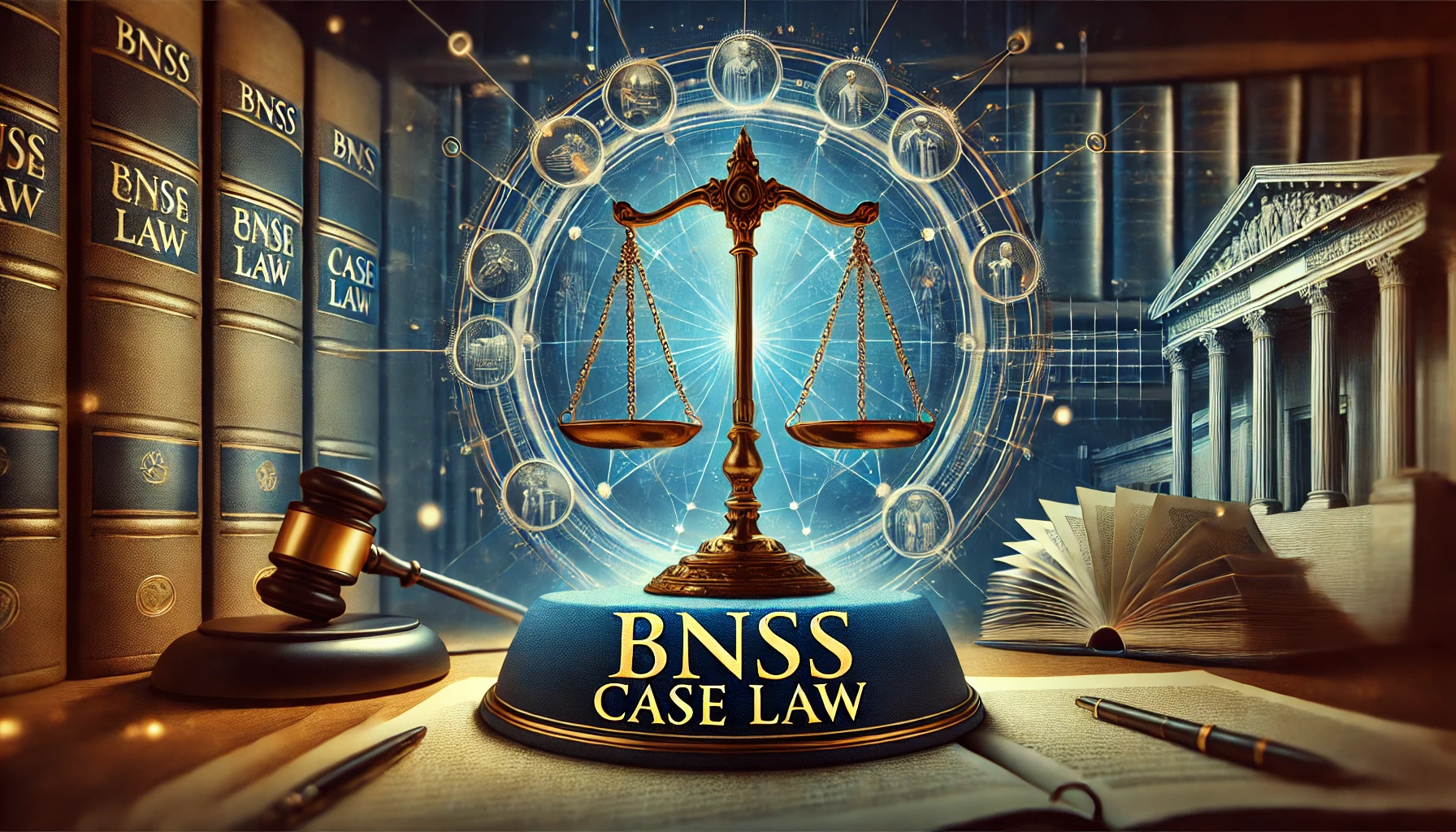


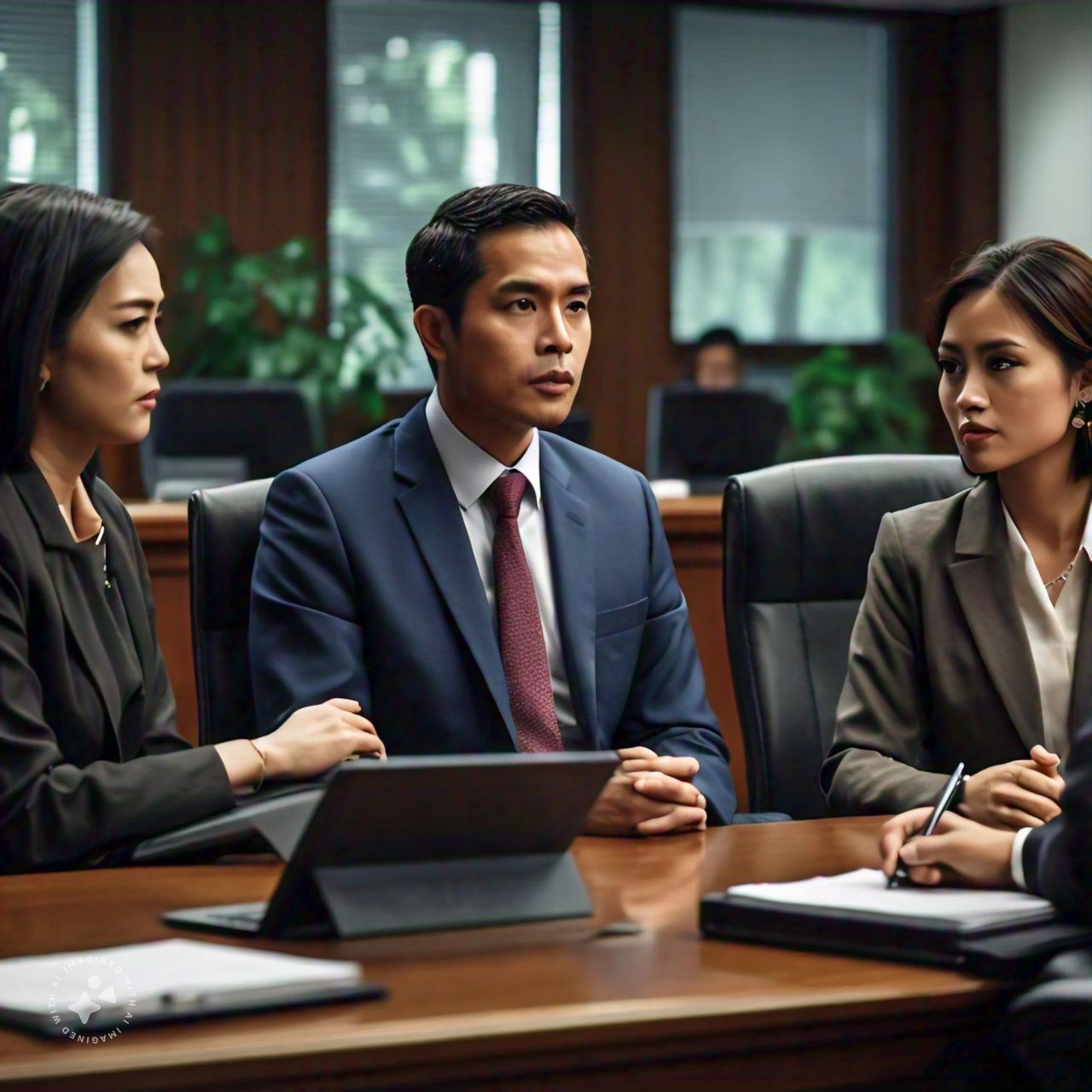
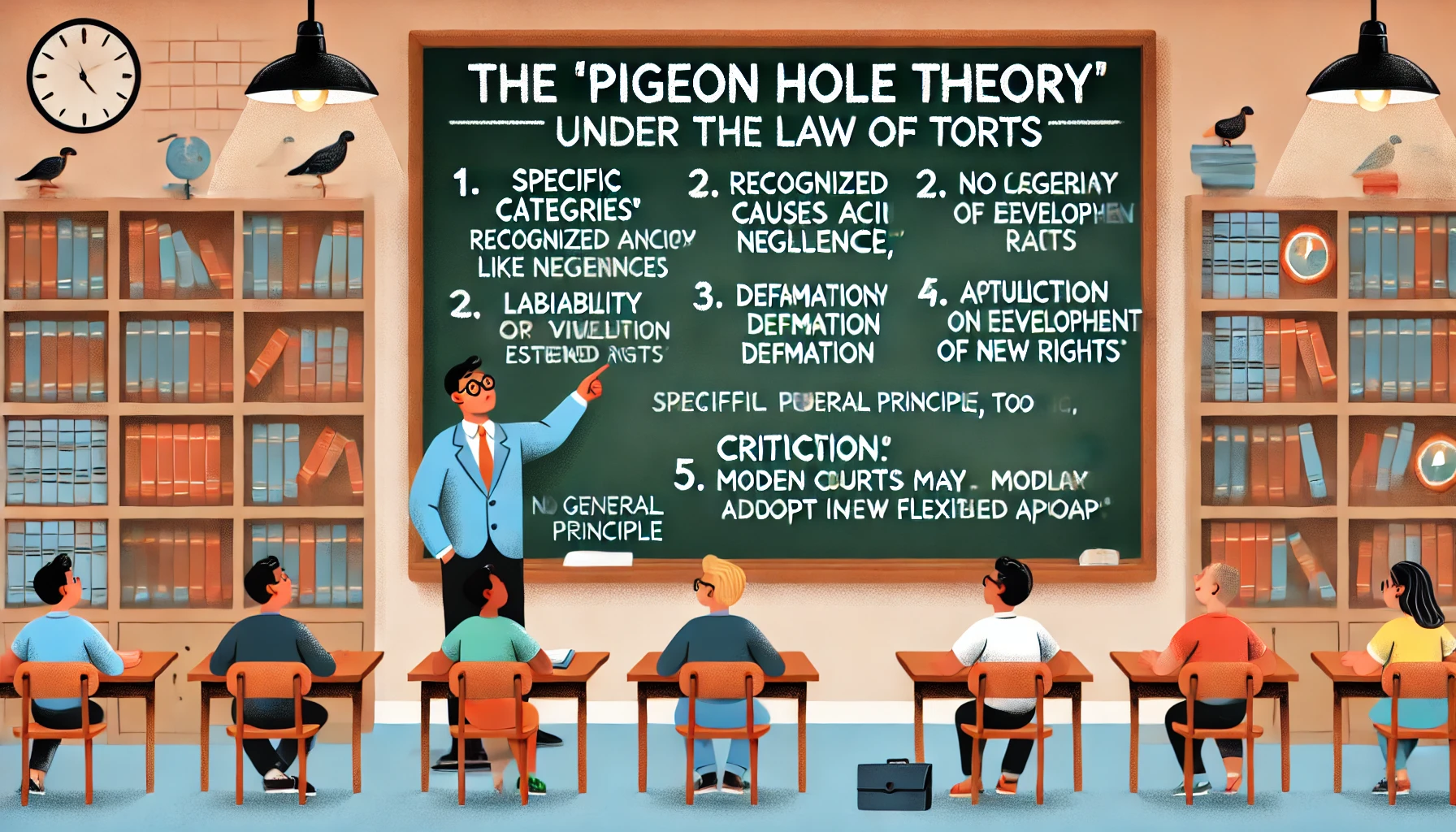
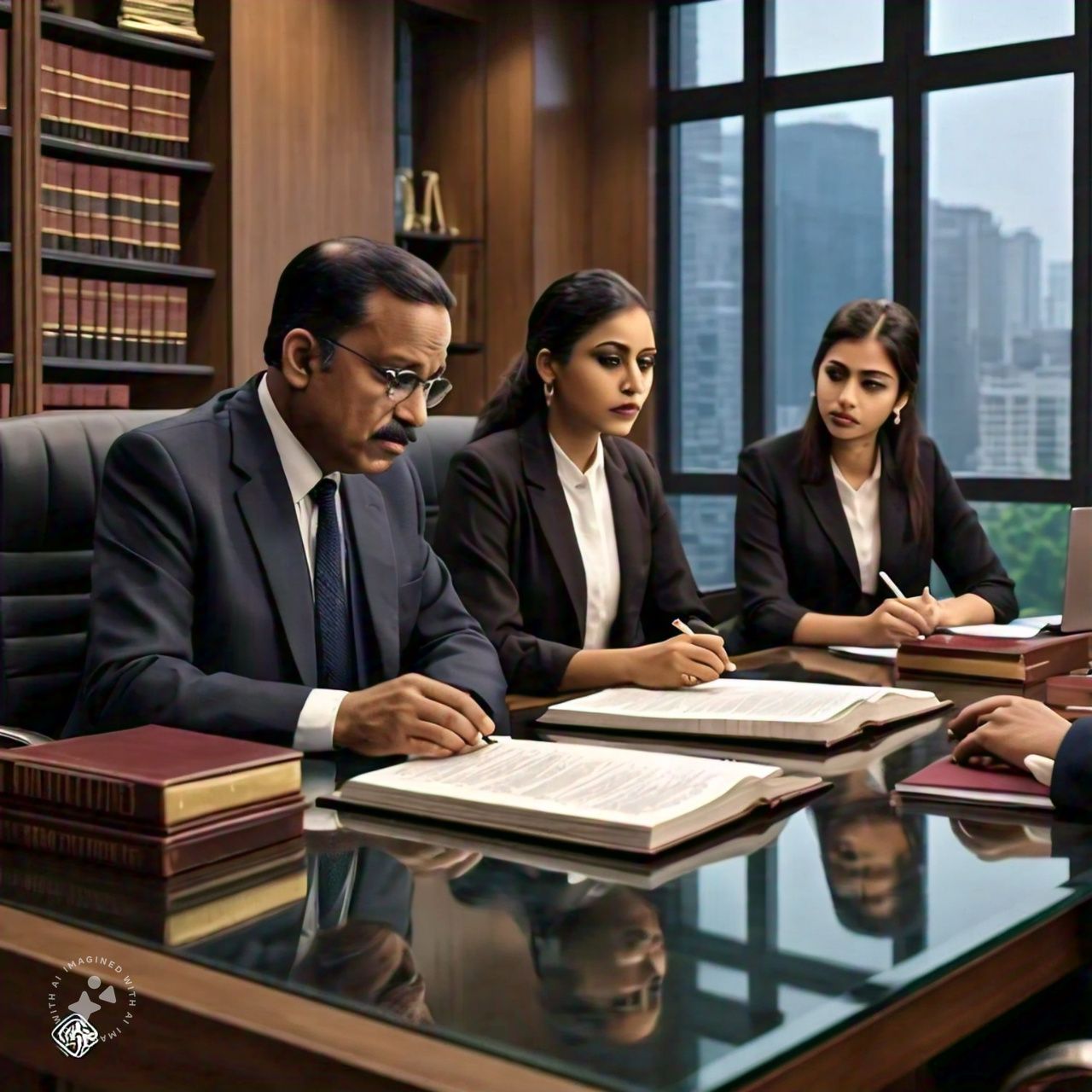
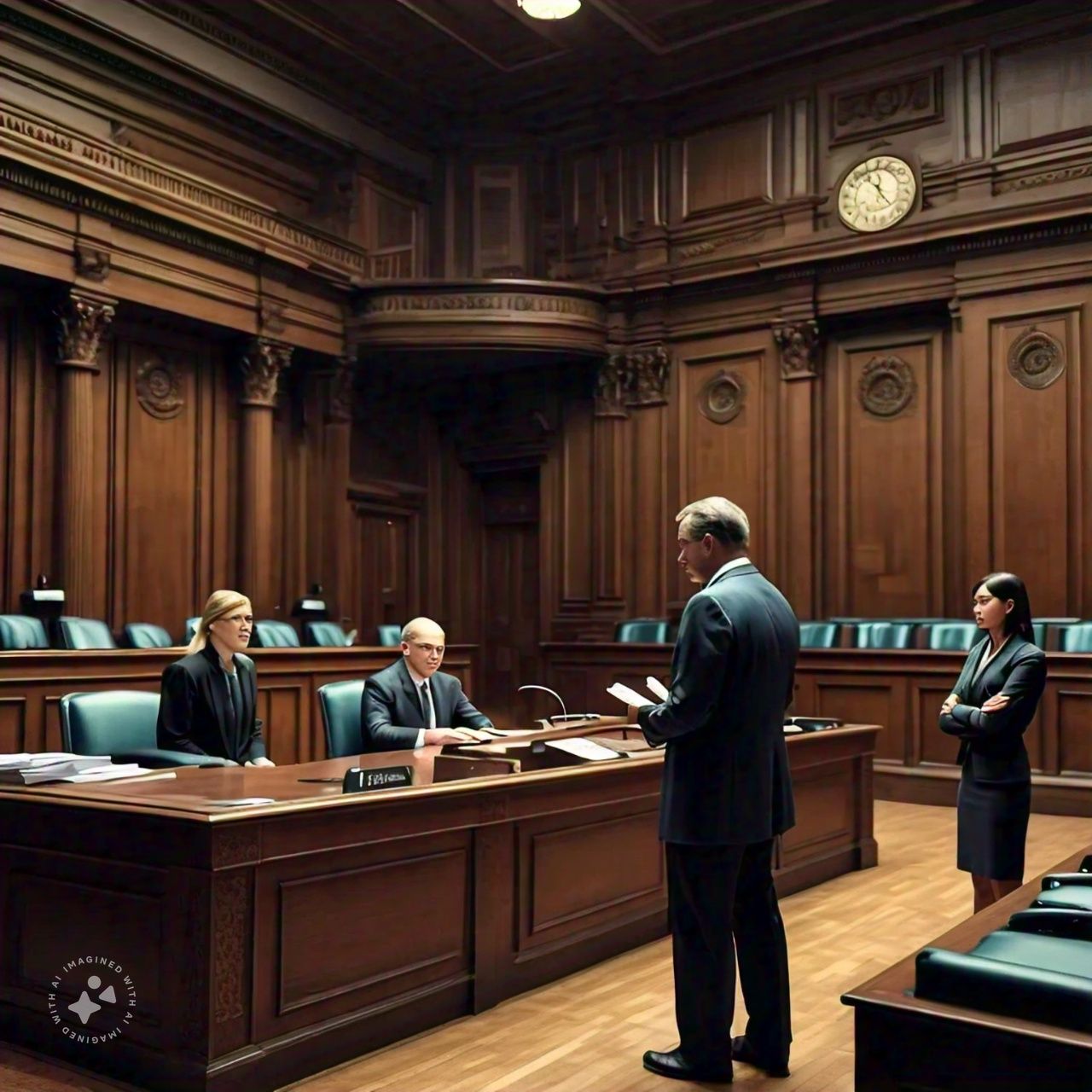
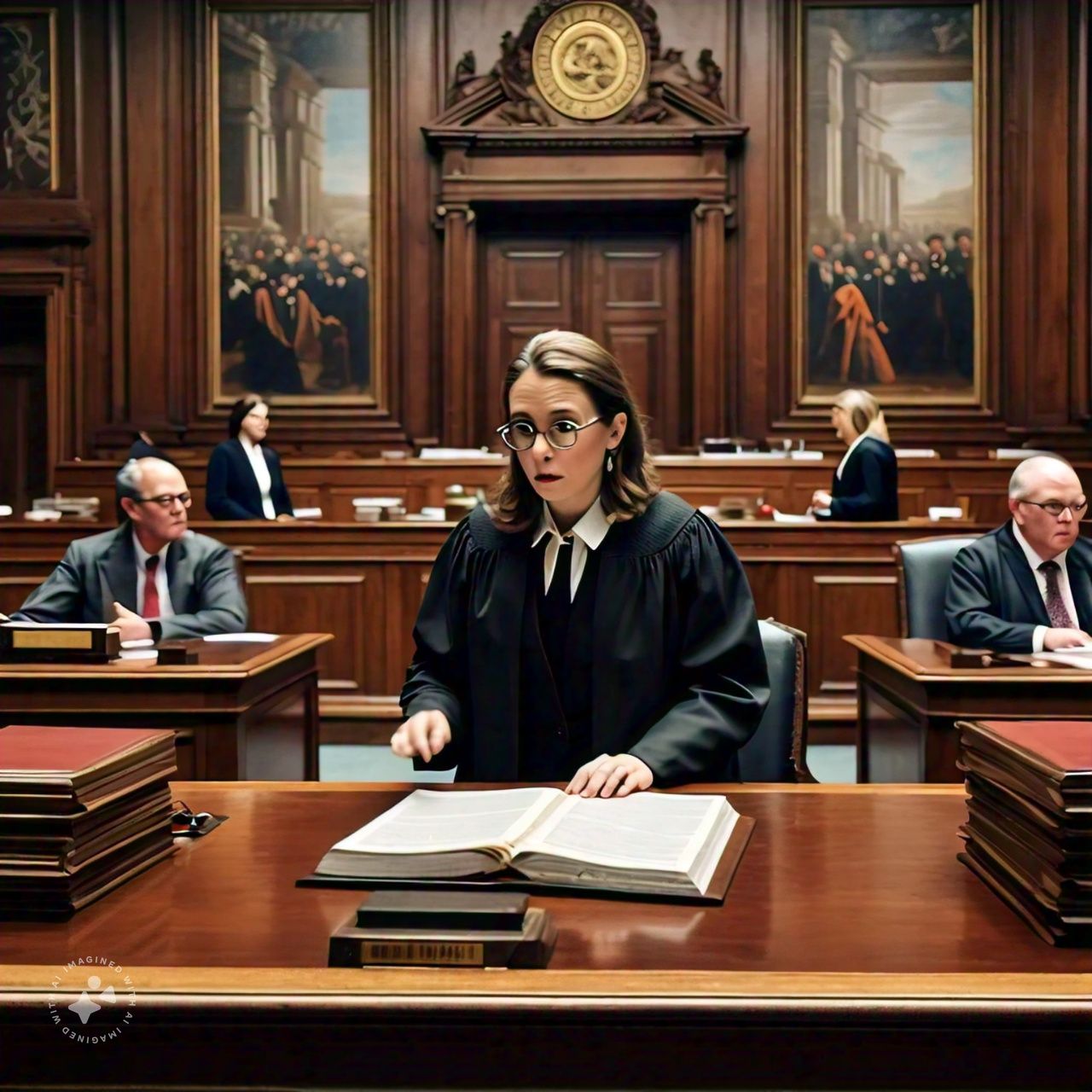
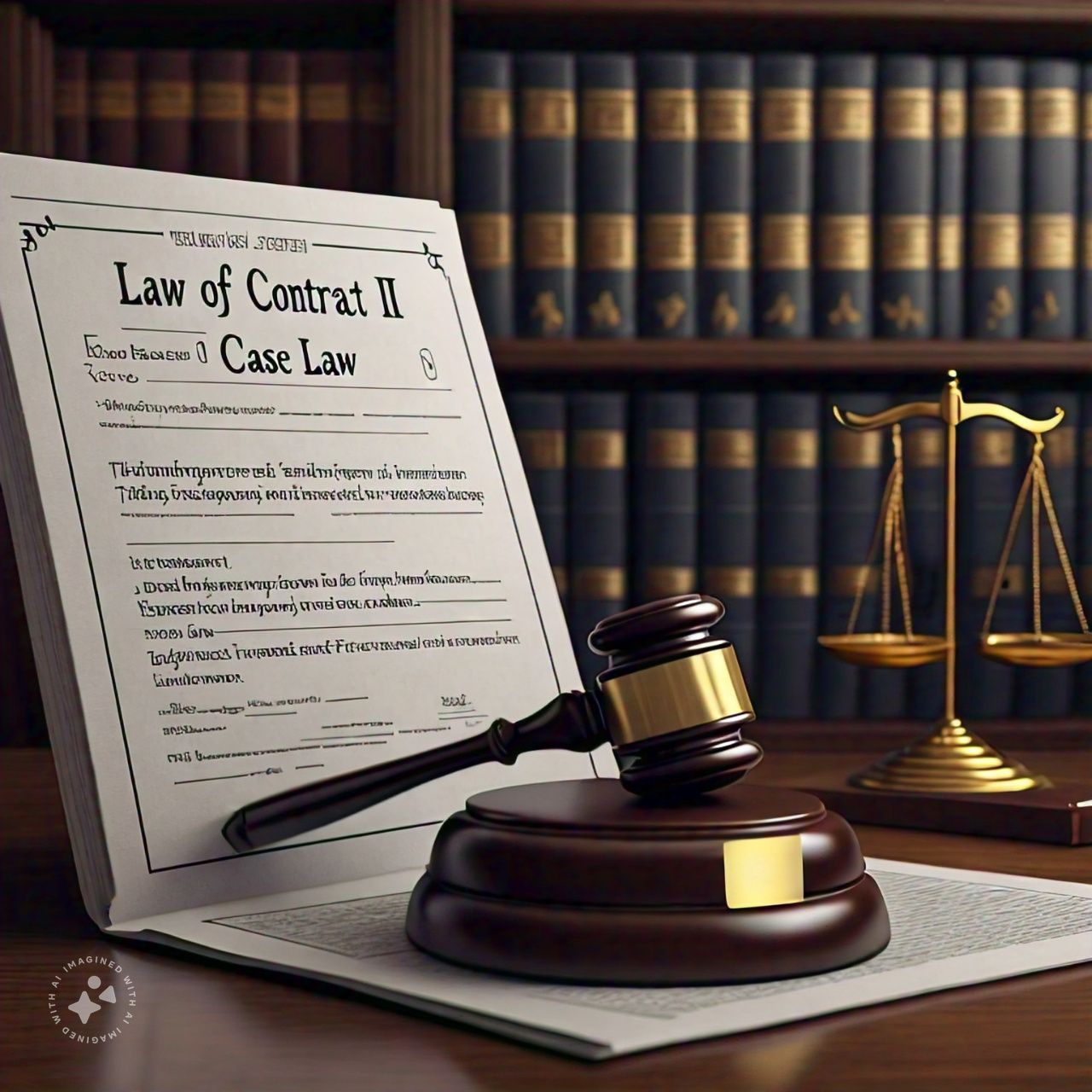
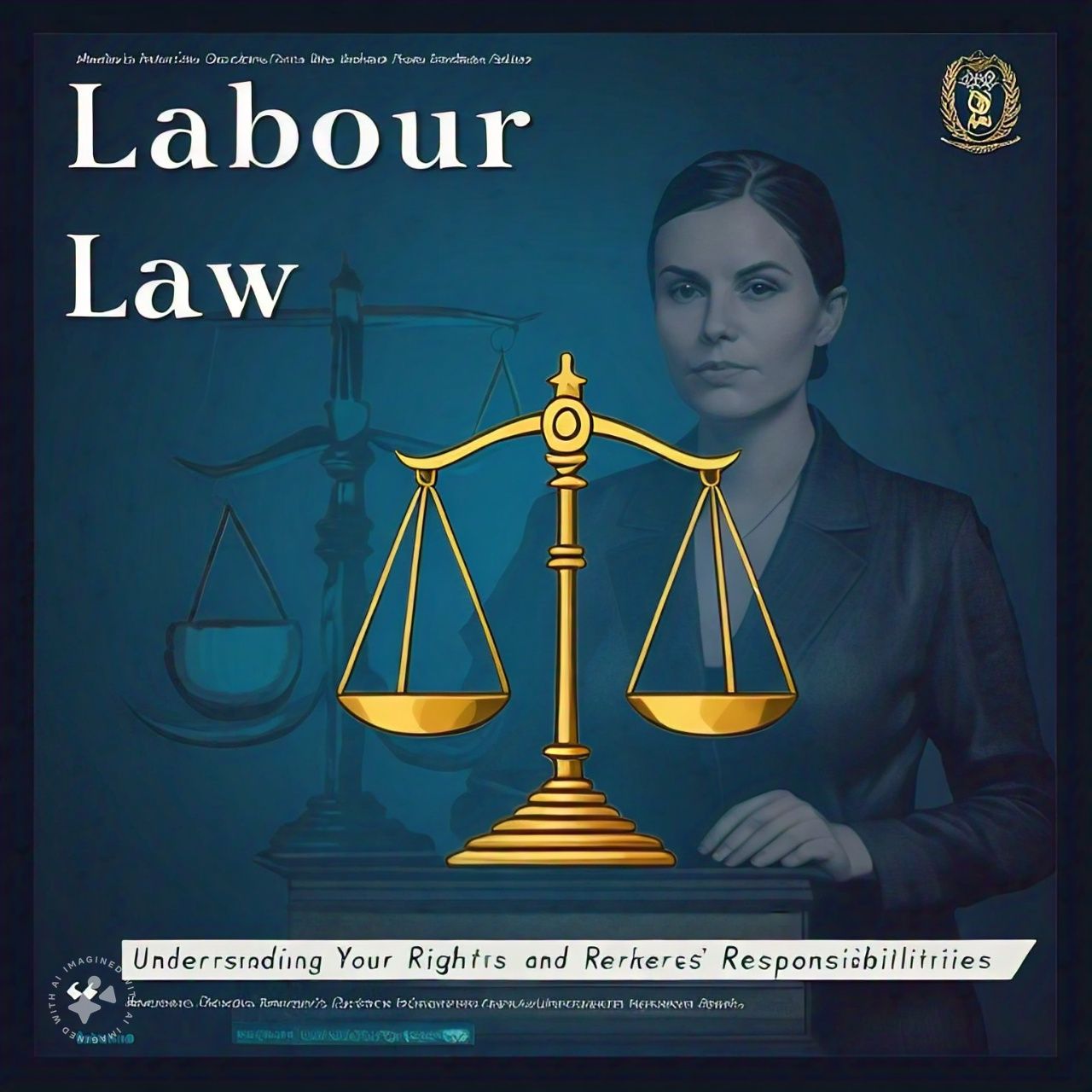
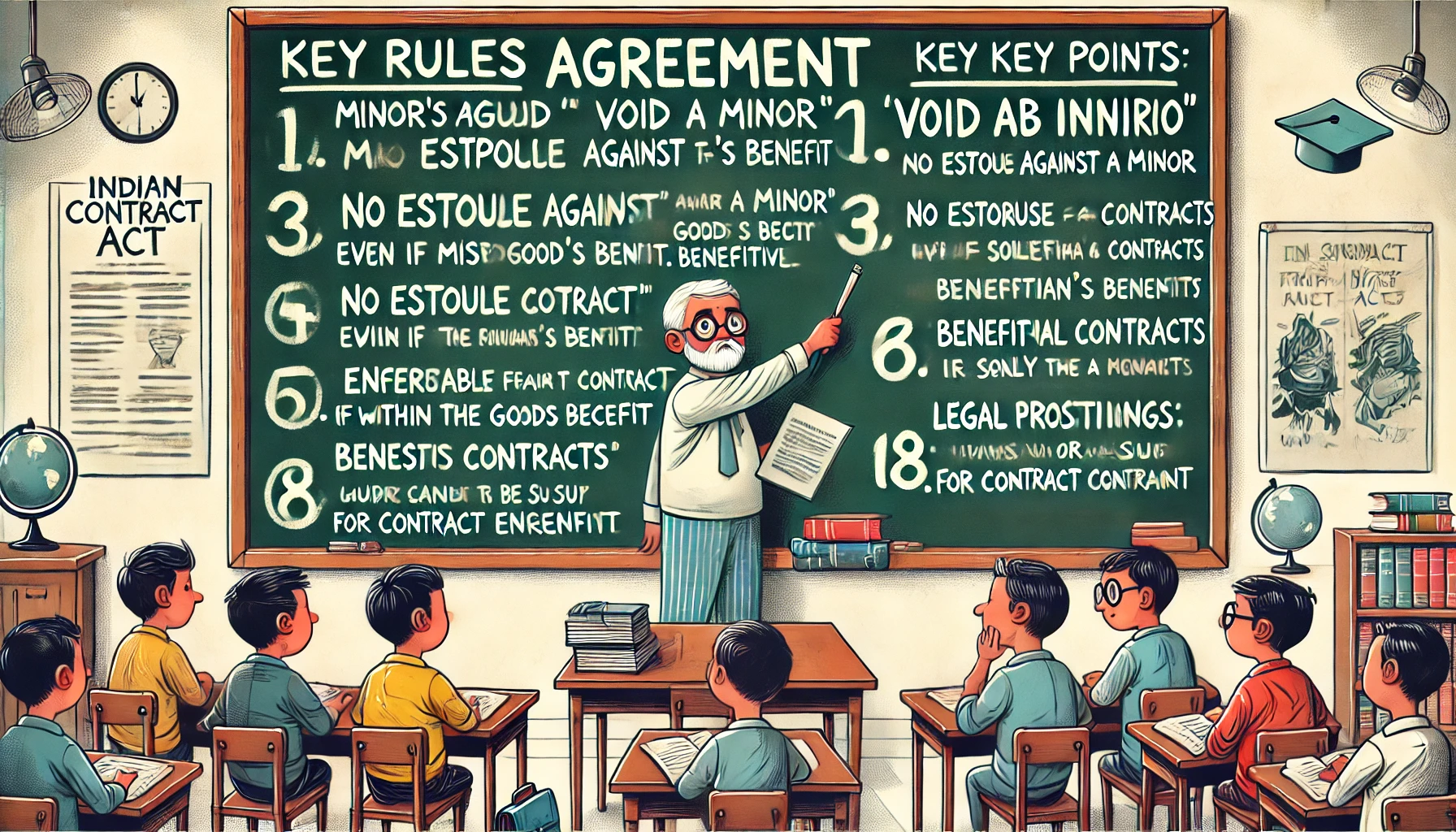
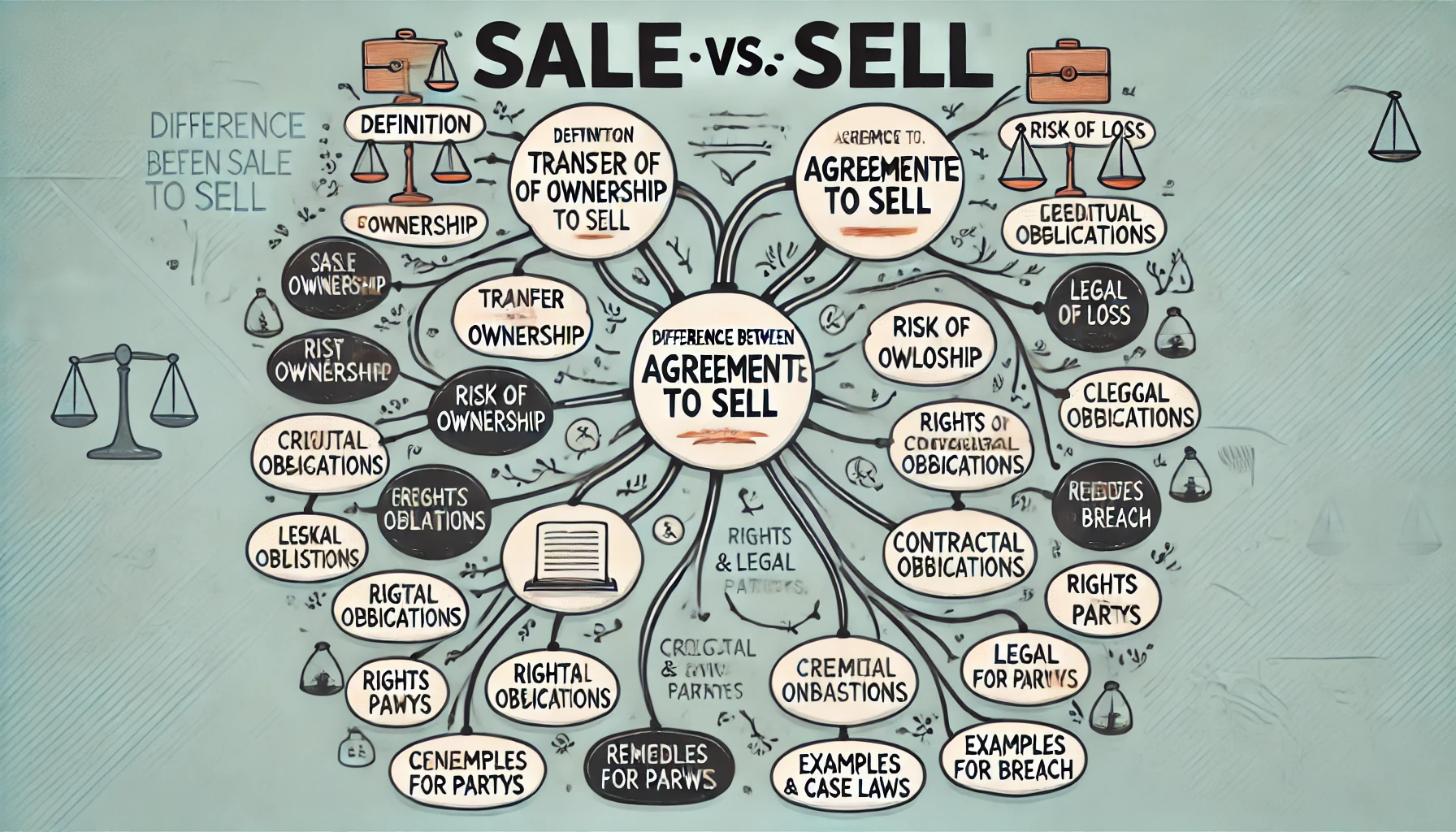
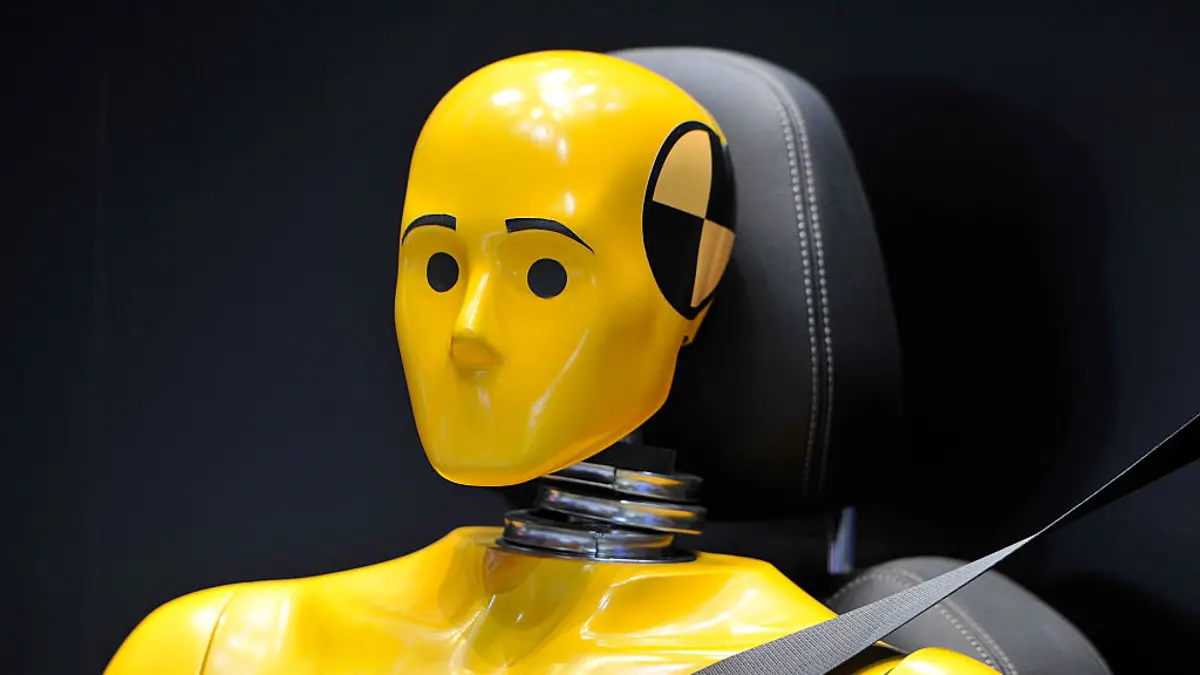
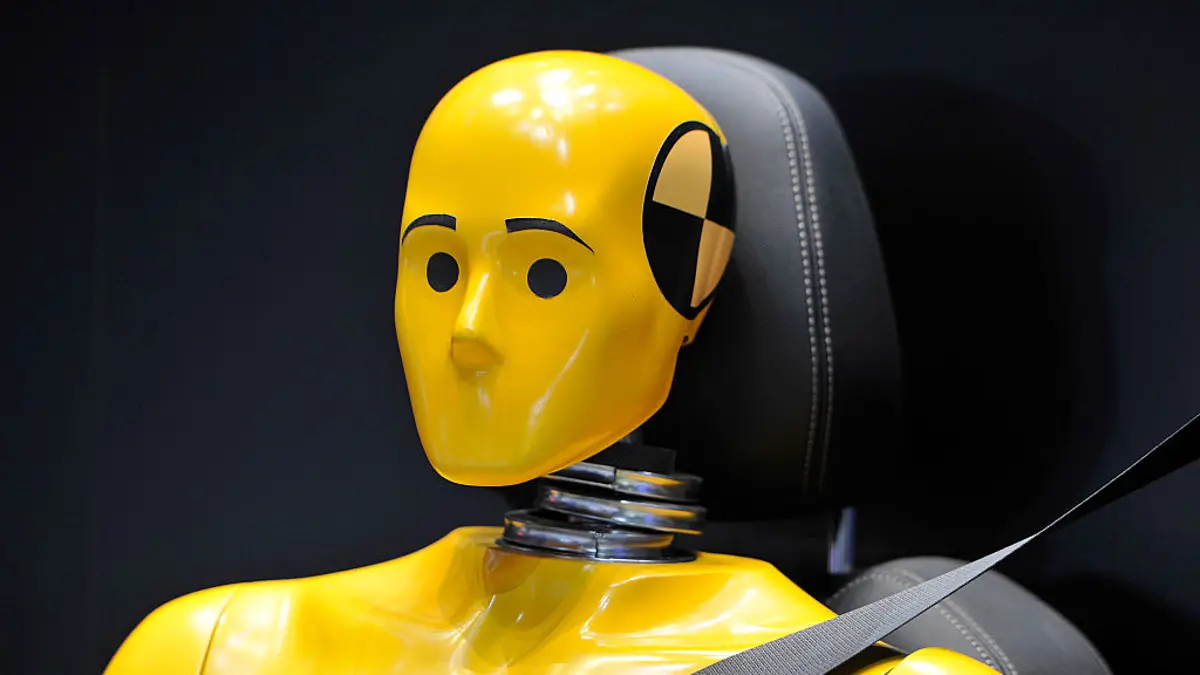
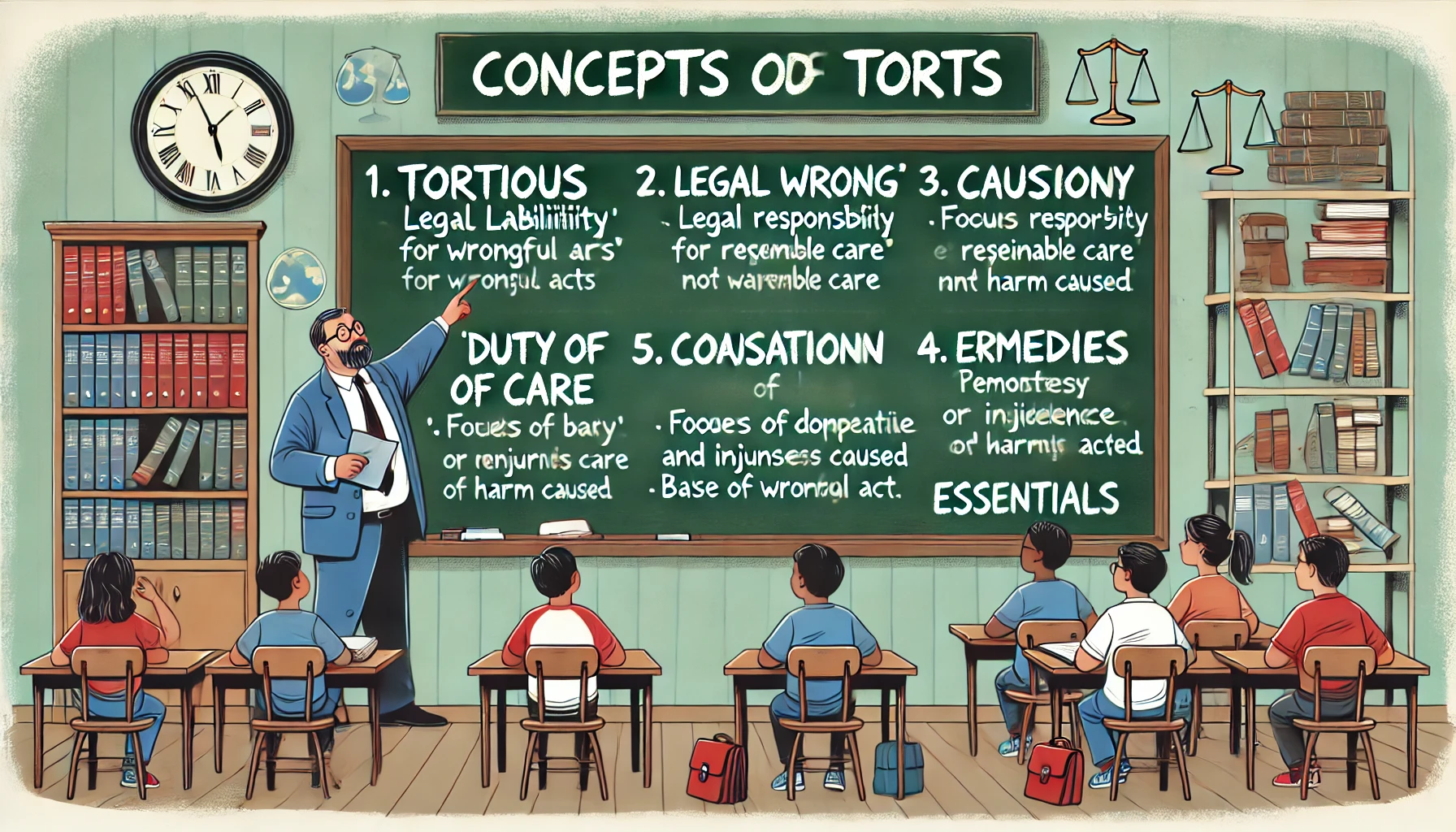
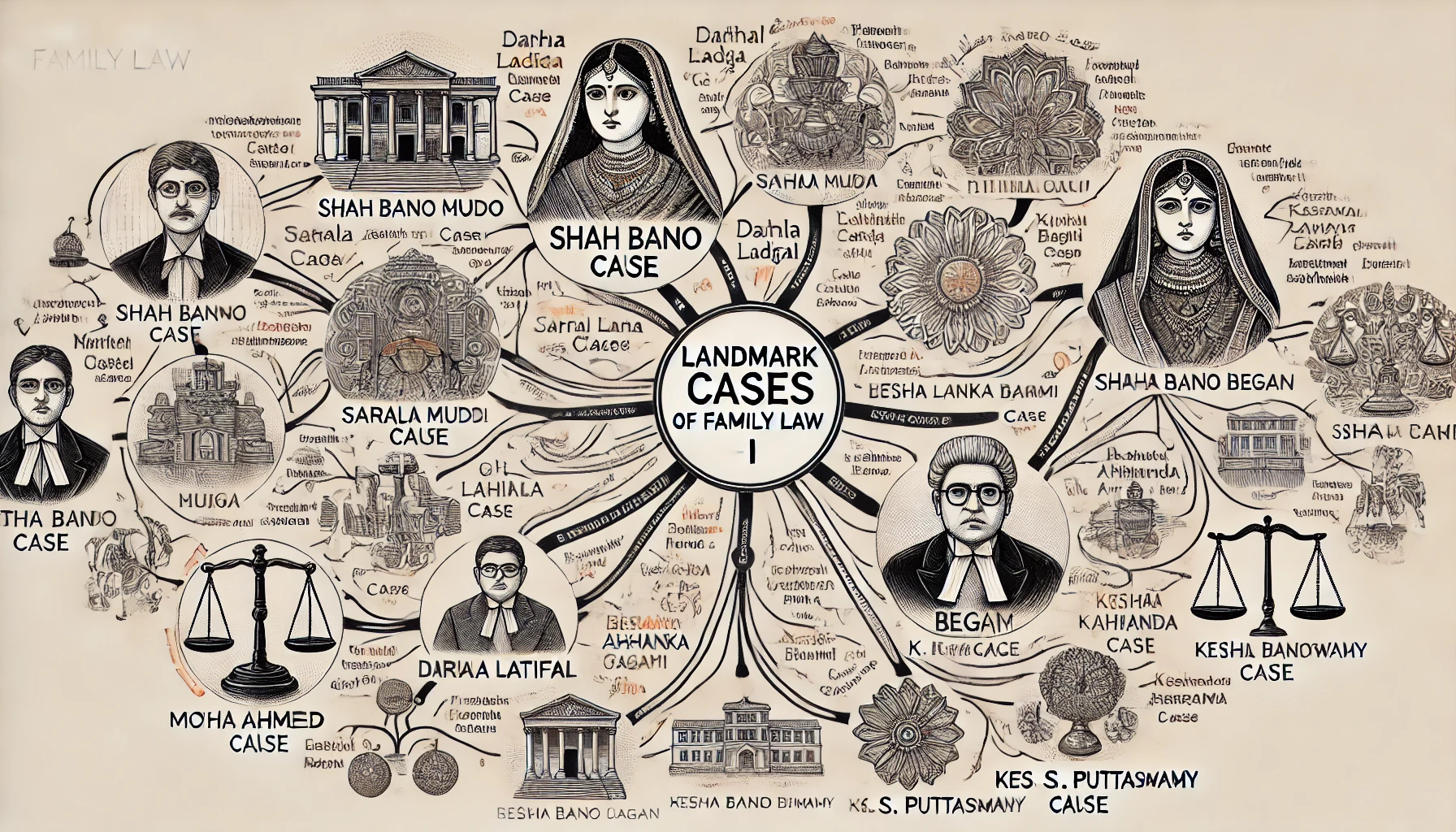
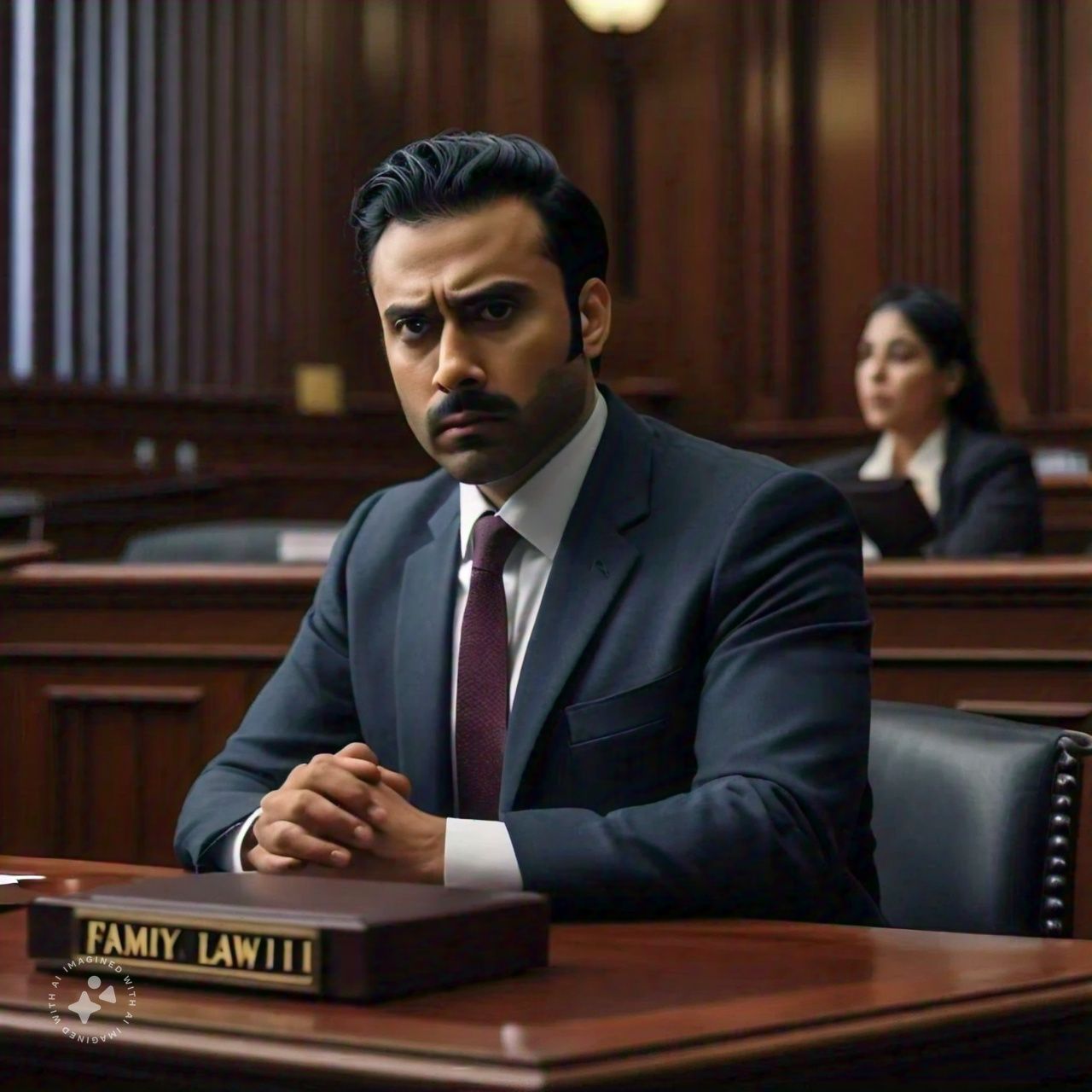
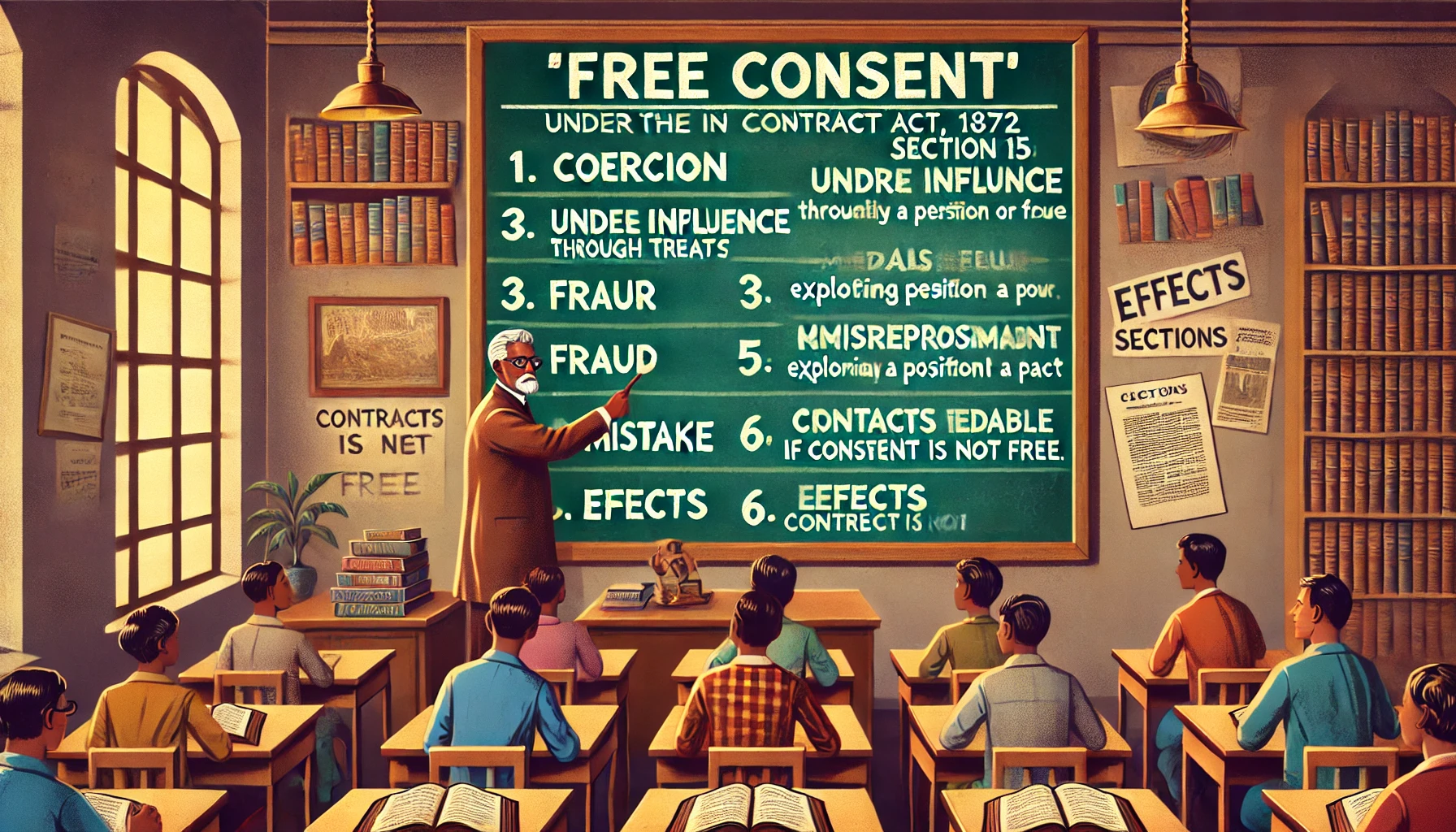
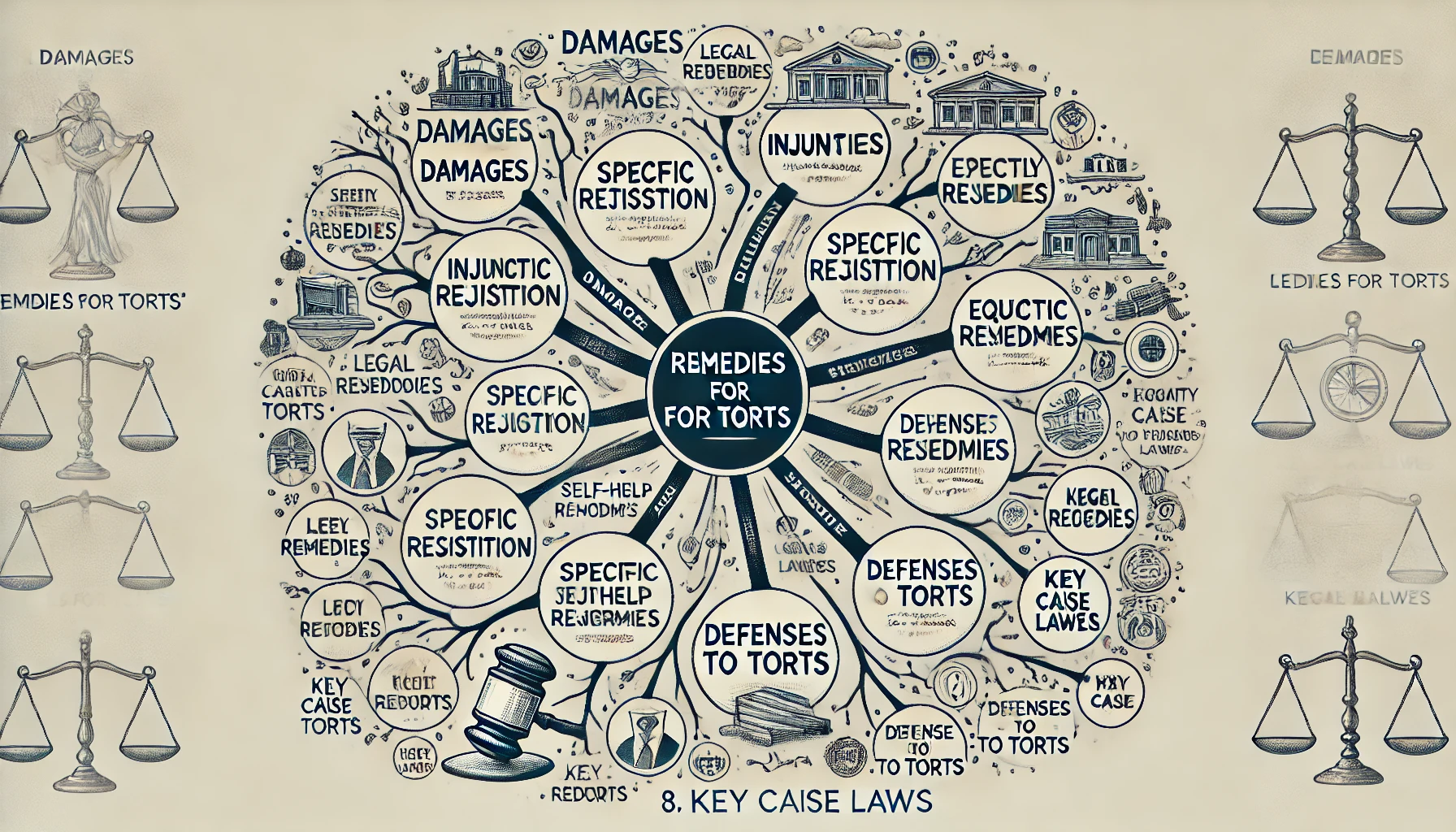
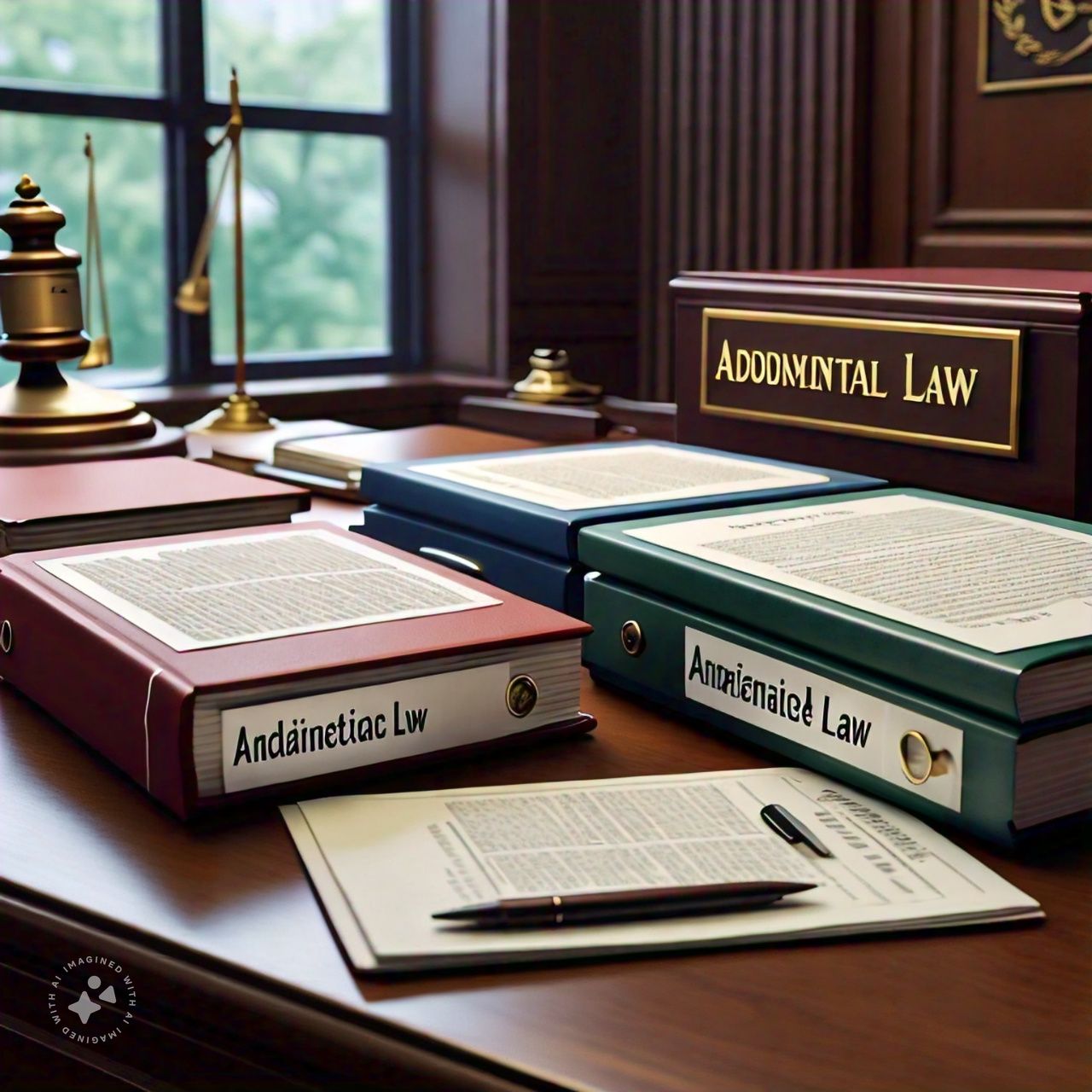

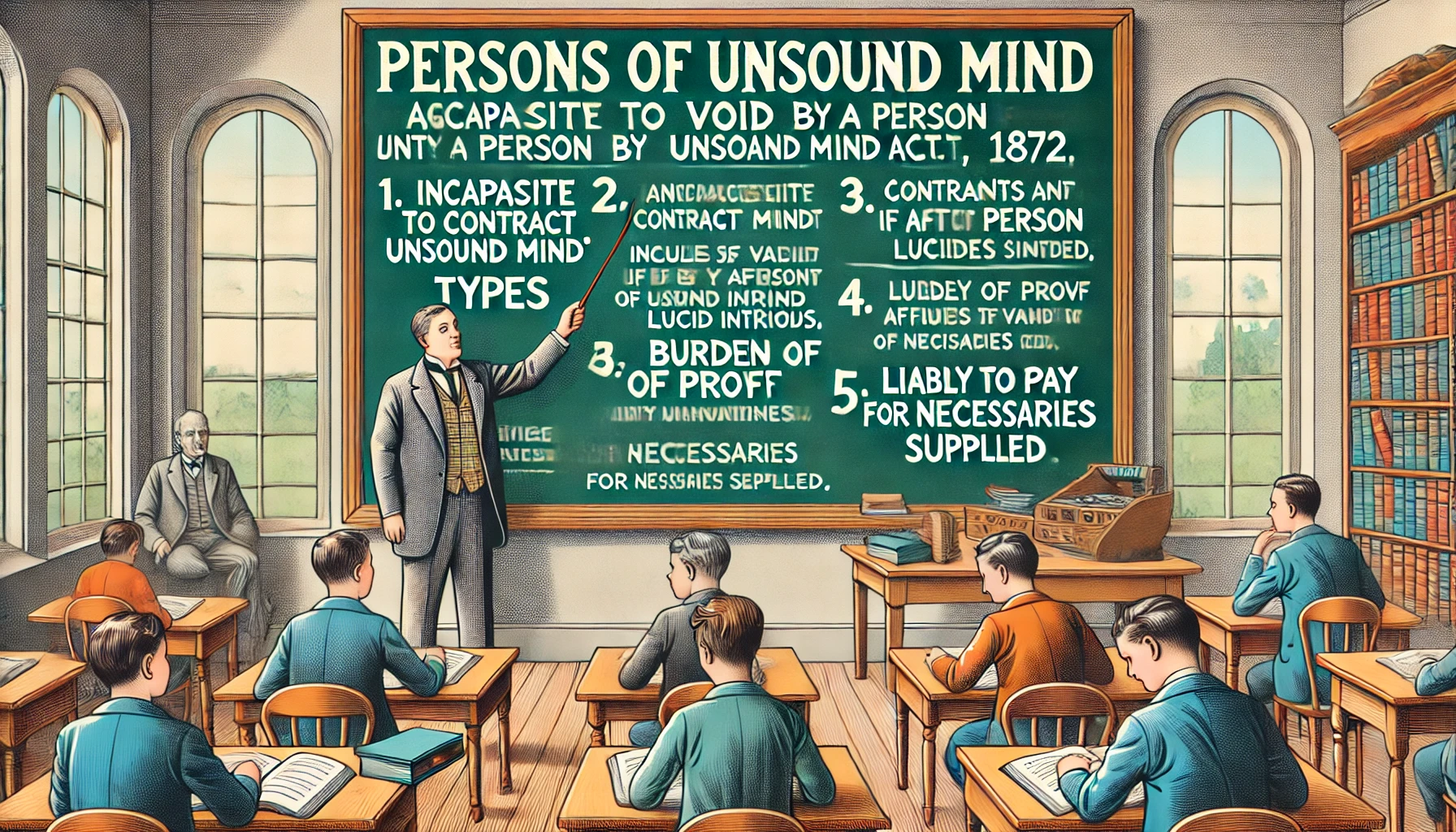
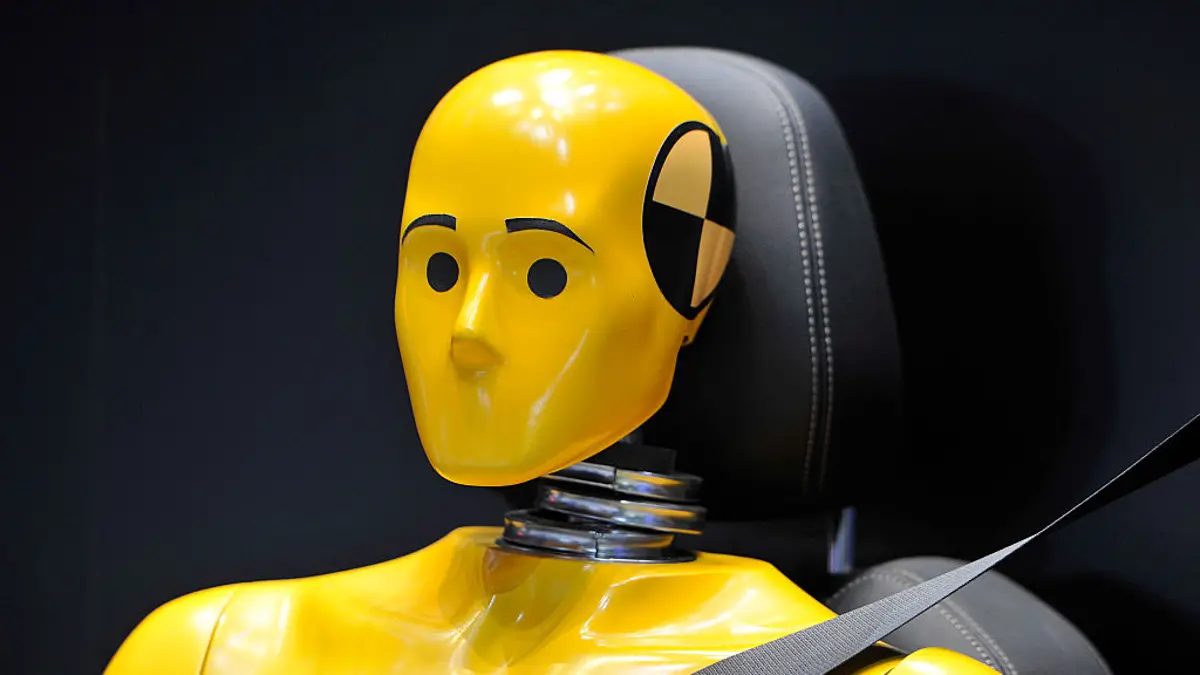
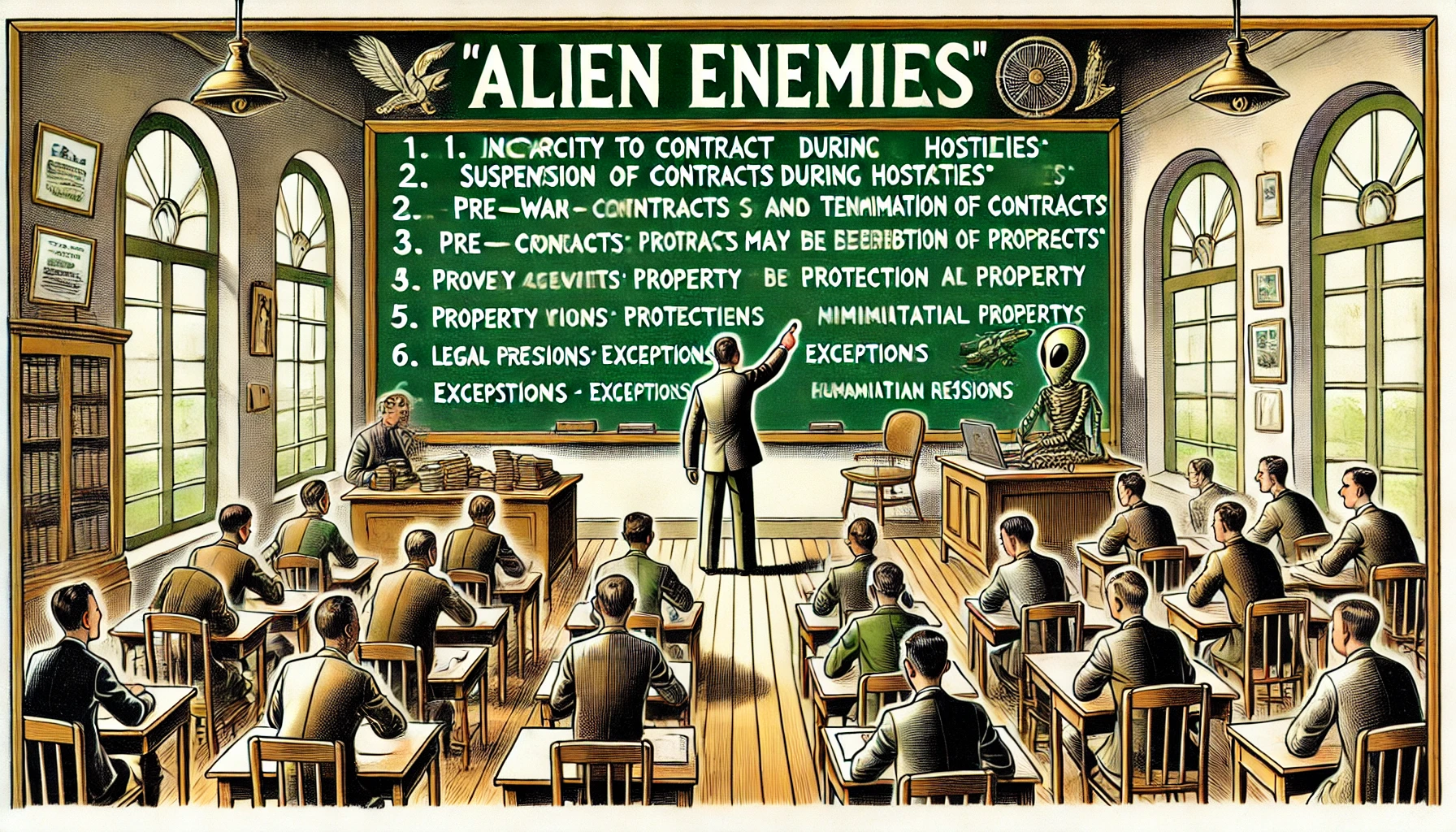
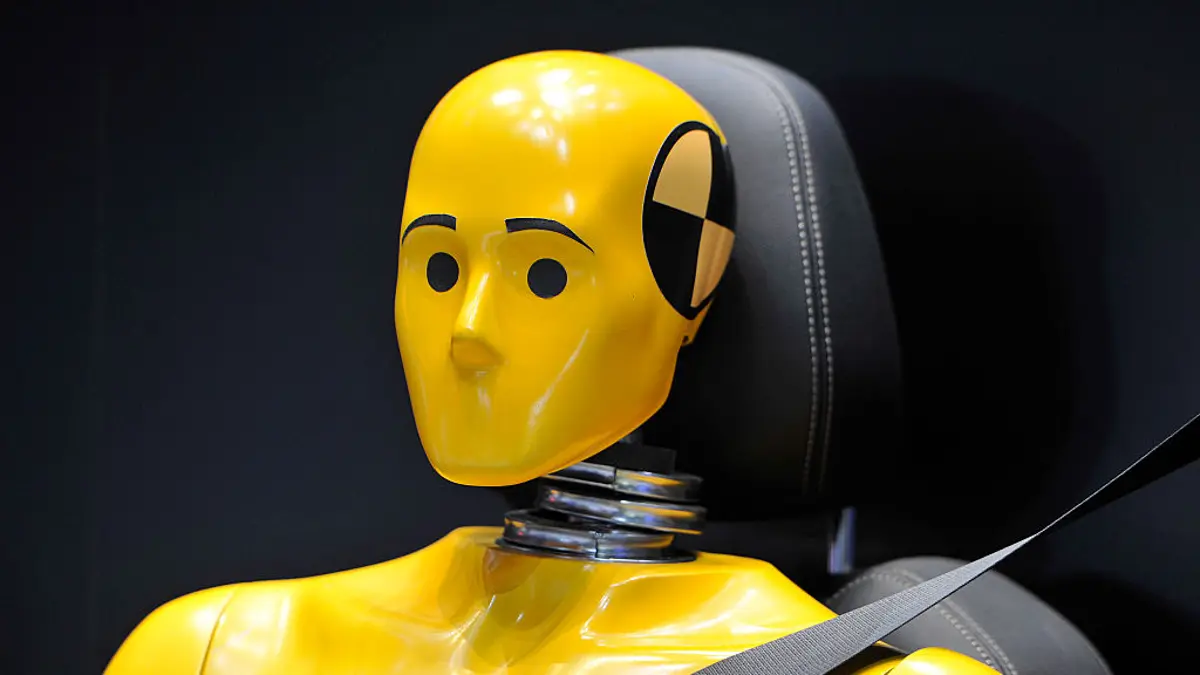
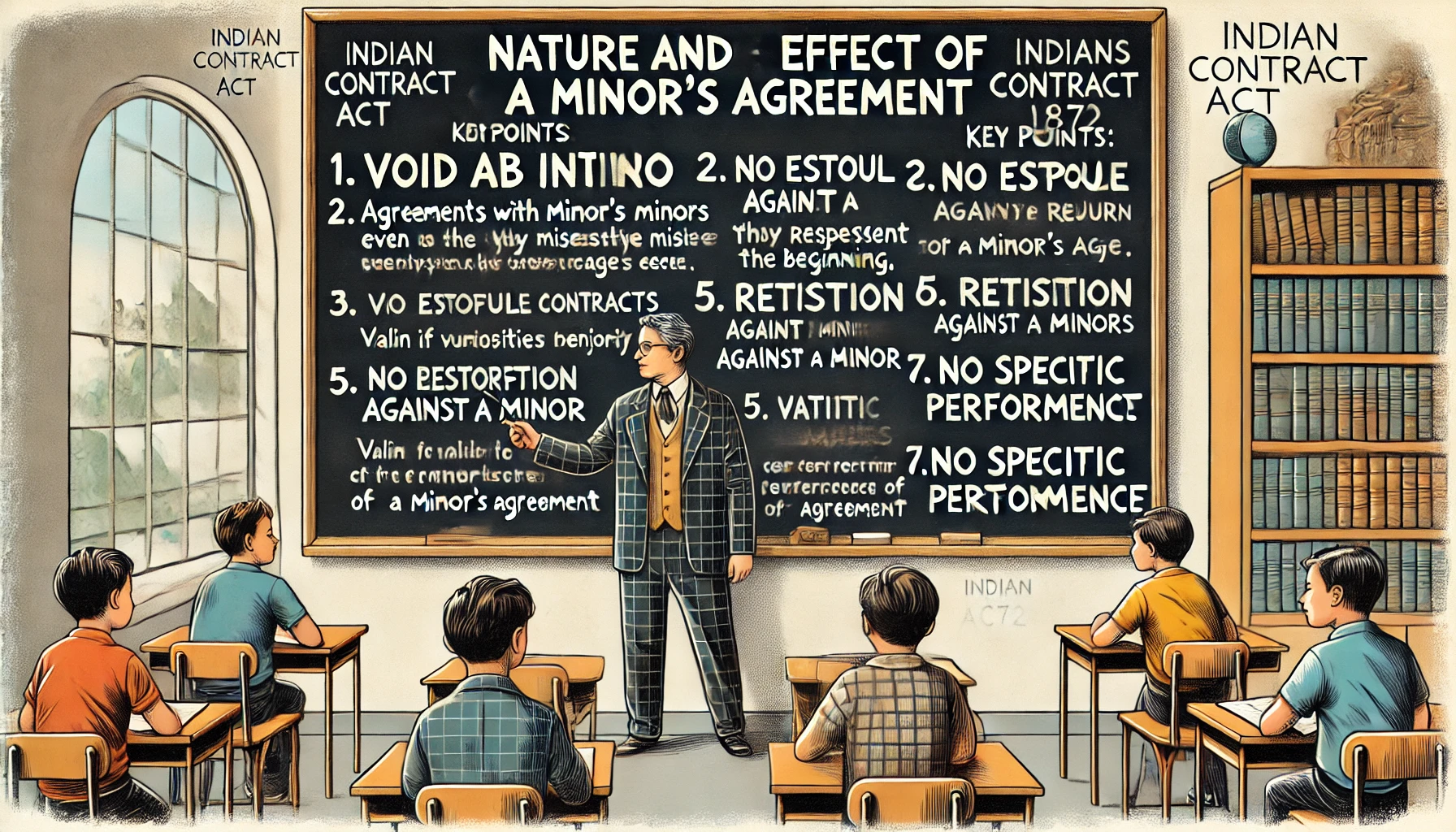


Comment
Nothing for now